January 19, 1973, began like any other winter day in Brooklyn, New York City. Yet, by the end of it, the neighborhood would be thrust into the national limelight, marking a watershed moment in police tactics, crisis negotiation, and the annals of American law enforcement.
The Incident Begins
On that fateful morning, four African American Sunni Muslim men – Shulab Abdur Raheem, Dawd A. Rahman, Yusef Abdallah Almussadig, and Salih Ali Abdullah – walked into the John and Al’s sporting goods store. However, their intentions were far from benign. The group was seeking to arm themselves, a decision influenced by the horrific Hanafi Muslim massacre in Washington, D.C. that had occurred just the day before. Their actions set off a chain of events that would span 47 grueling hours.
A robbery in progress is a situation the NYPD is trained to handle, but this was anything but typical. As officers arrived at the scene, what could have been a swift arrest escalated into a fierce shootout. Within just three hours, one police officer lay dead, two were injured, and one of the perpetrators was wounded.
A Standoff Like No Other
The initial confrontation led the perpetrators to retreat into the store, taking twelve innocent people hostage. For those trapped inside, it was the beginning of a nightmare. For the NYPD, it was uncharted territory.
Hostage situations were not new to law enforcement, but the duration and intensity of this standoff were unprecedented. As the hours ticked by, it became clear that traditional “shock and awe” methods, which relied on overpowering force to subdue criminals, would not suffice. An alternative approach was needed, one that emphasized communication and de-escalation.
Enter Detective Harvey Schlossberg
Harvey Schlossberg wasn’t just any detective; he was also a trained psychologist. His dual expertise uniquely positioned him to handle the intense psychological and tactical challenges the situation presented. Schlossberg, alongside his team, engaged in prolonged dialogues with the hostage-takers, seeking common ground and aiming to ensure the safety of the hostages.
These negotiations were not without their hurdles. The motives of the perpetrators were deeply rooted in religious and racial tensions, further complicating the dialogue. However, Schlossberg understood the power of empathy, patience, and building trust. Instead of resorting to brute force, he opted for understanding and compassion, making him a standout figure in this crisis.
The Turning Tide of Law Enforcement
The extended standoff provided a live, albeit harrowing, lesson to the NYPD and other law enforcement agencies watching closely. Previously held beliefs about resolving standoffs were being dismantled in real-time. Here was a clear demonstration that dialogue, understanding, and patience could be just as effective, if not more so, than sheer force.
This shift wasn’t merely theoretical. The safety of twelve hostages hung in the balance. The NYPD, under the guidance of Schlossberg and his team, managed to ensure the release and rescue of every single hostage. Furthermore, all four perpetrators were arrested without any further bloodshed.
Media’s Role
While the police were dealing with the situation, another critical element came into play – the media. The incident garnered significant media attention, with news outlets covering every twist and turn. This intense spotlight added another layer of complexity.
The media’s presence was a double-edged sword. On one hand, it added pressure on the NYPD to resolve the situation swiftly. On the other, it provided a platform for the hostage-takers to voice their grievances, potentially aiding in negotiation. The NYPD had to carefully manage their relationship with the media, ensuring that information relayed to the public was accurate and did not jeopardize the ongoing negotiations.


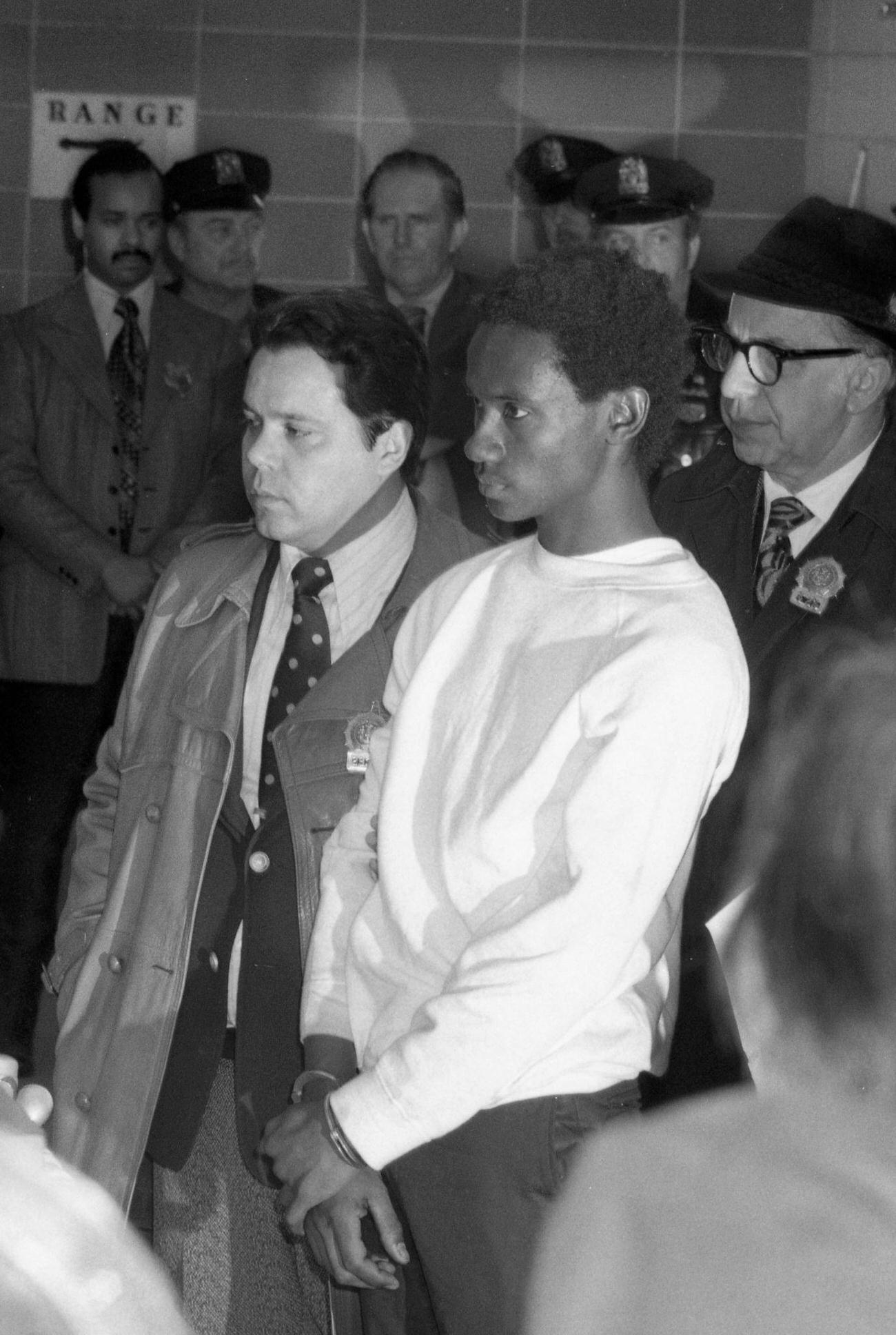
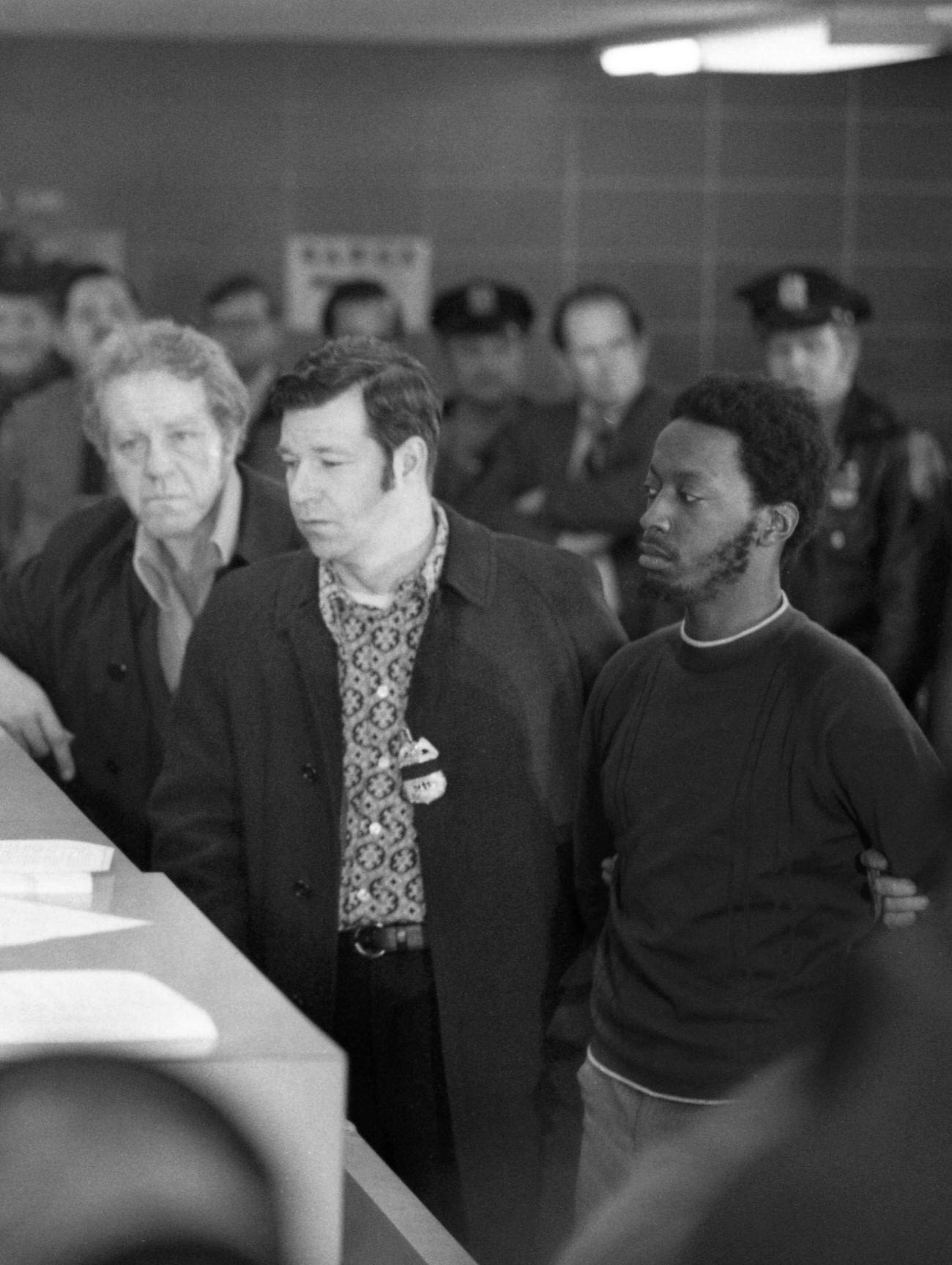
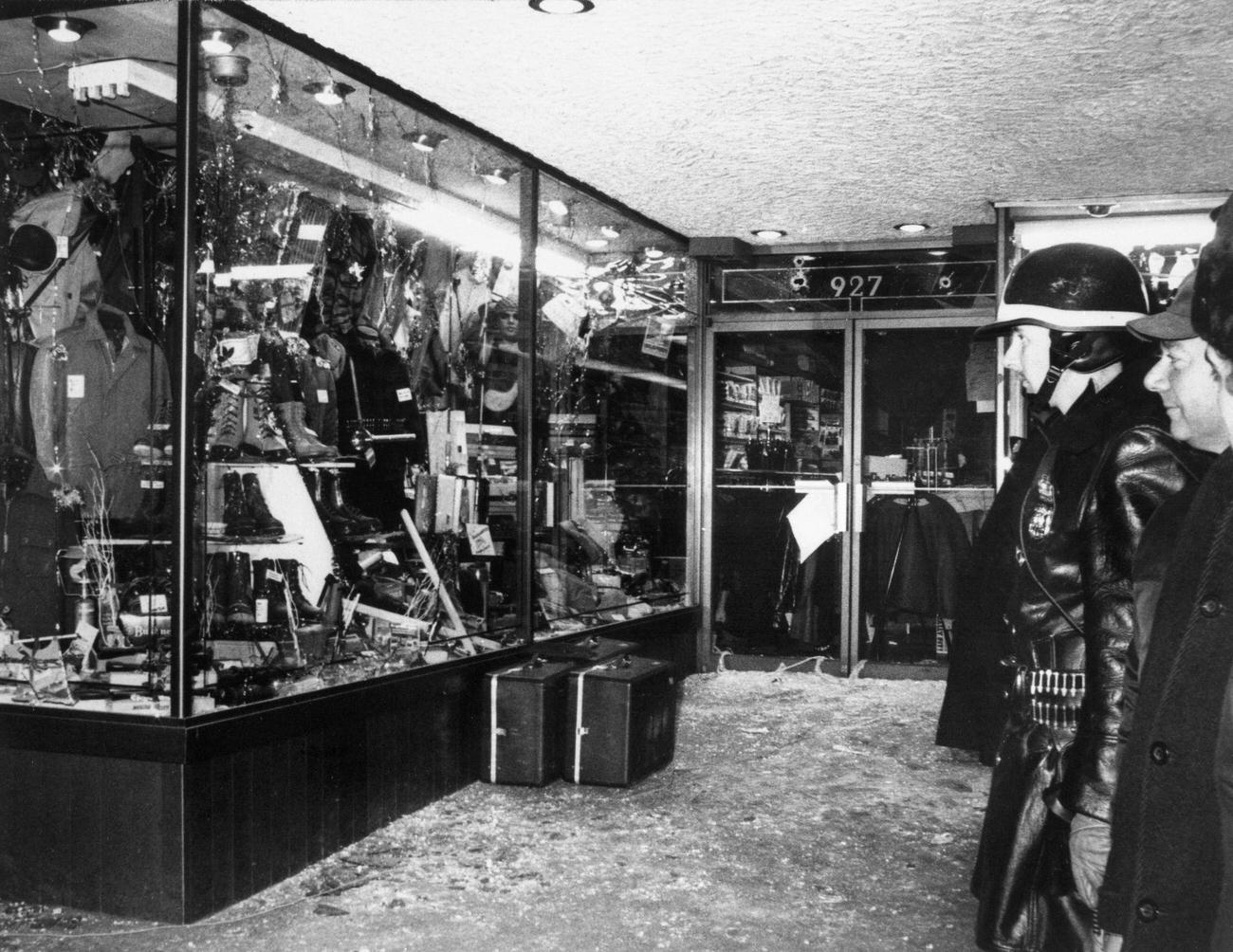
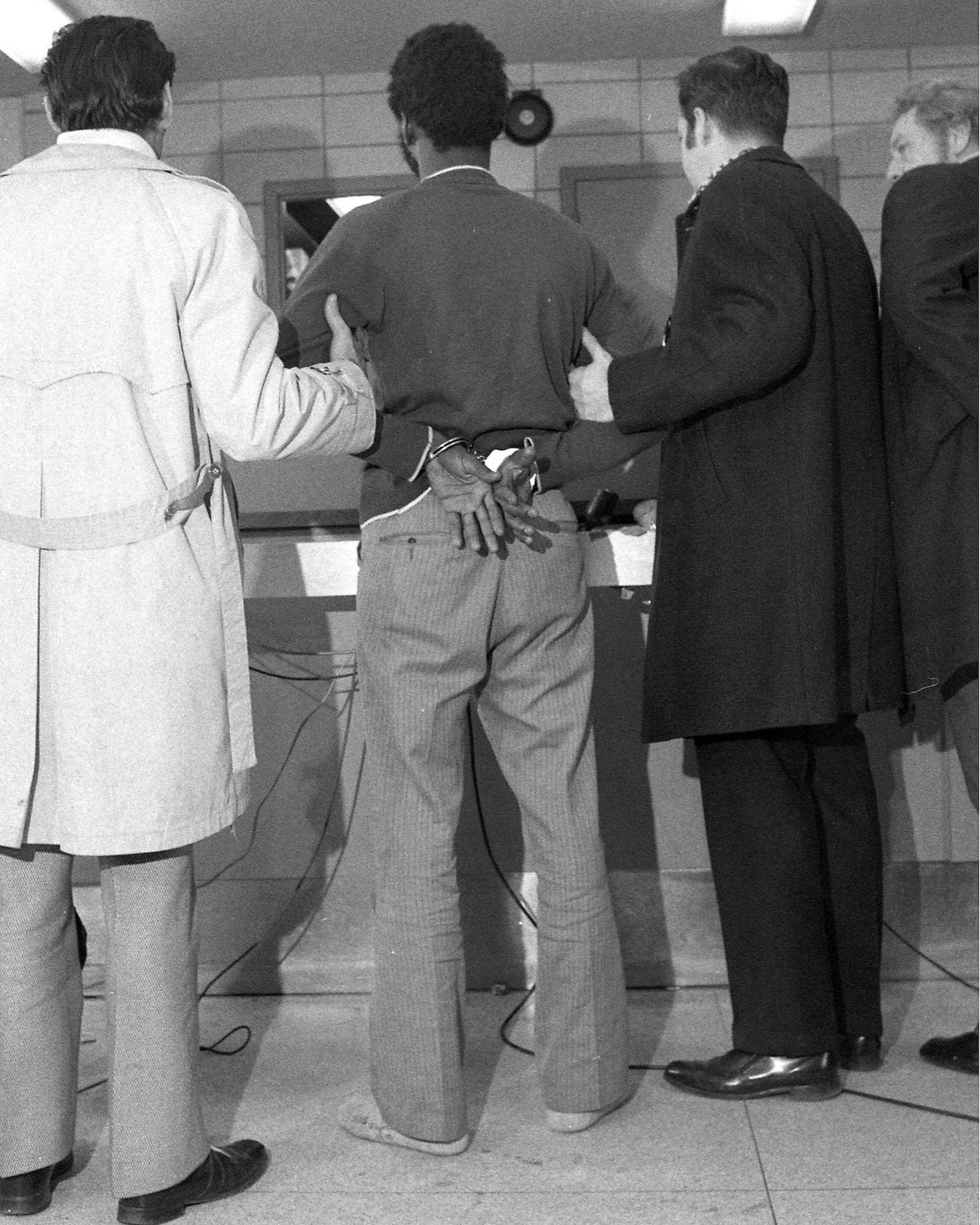
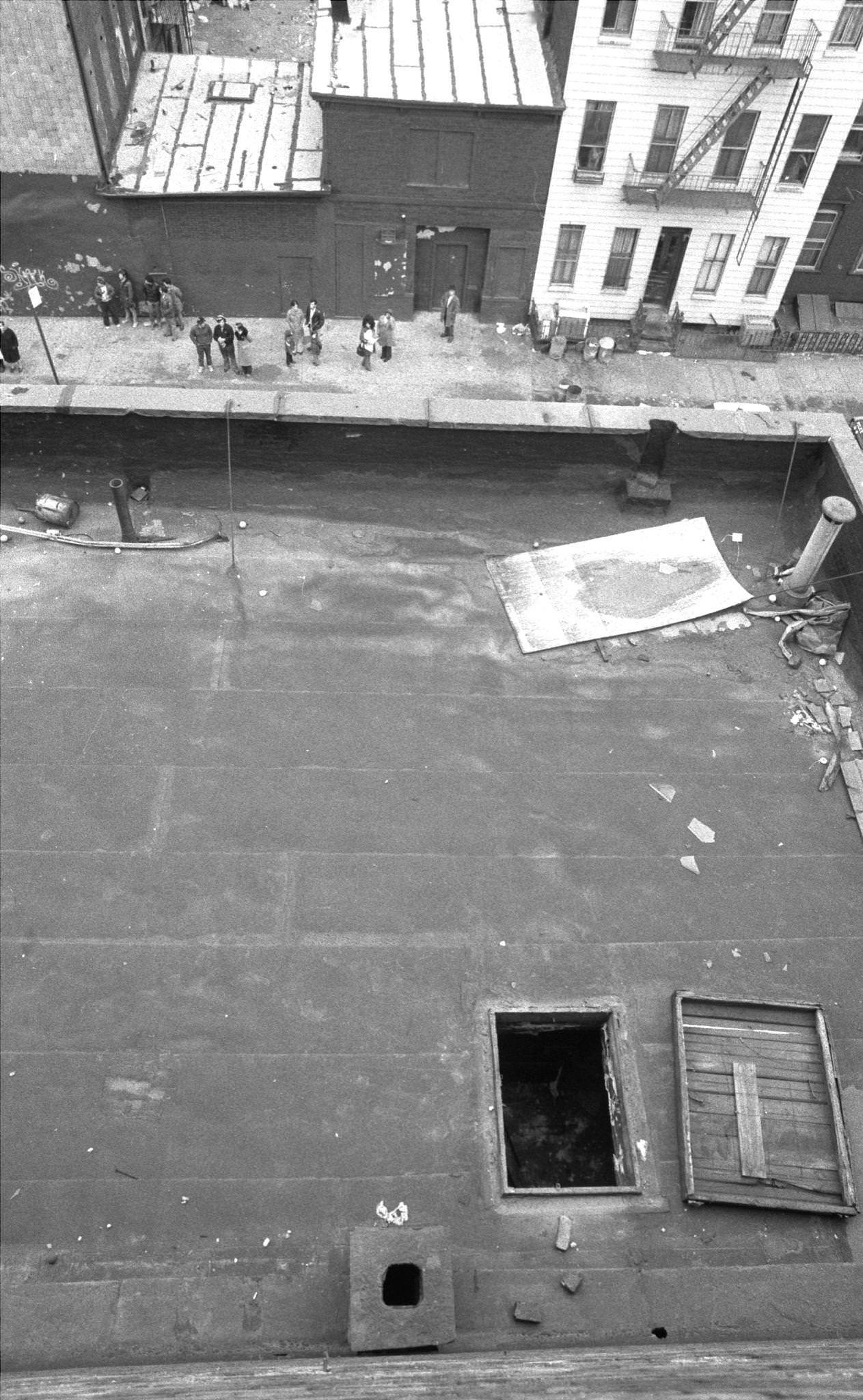

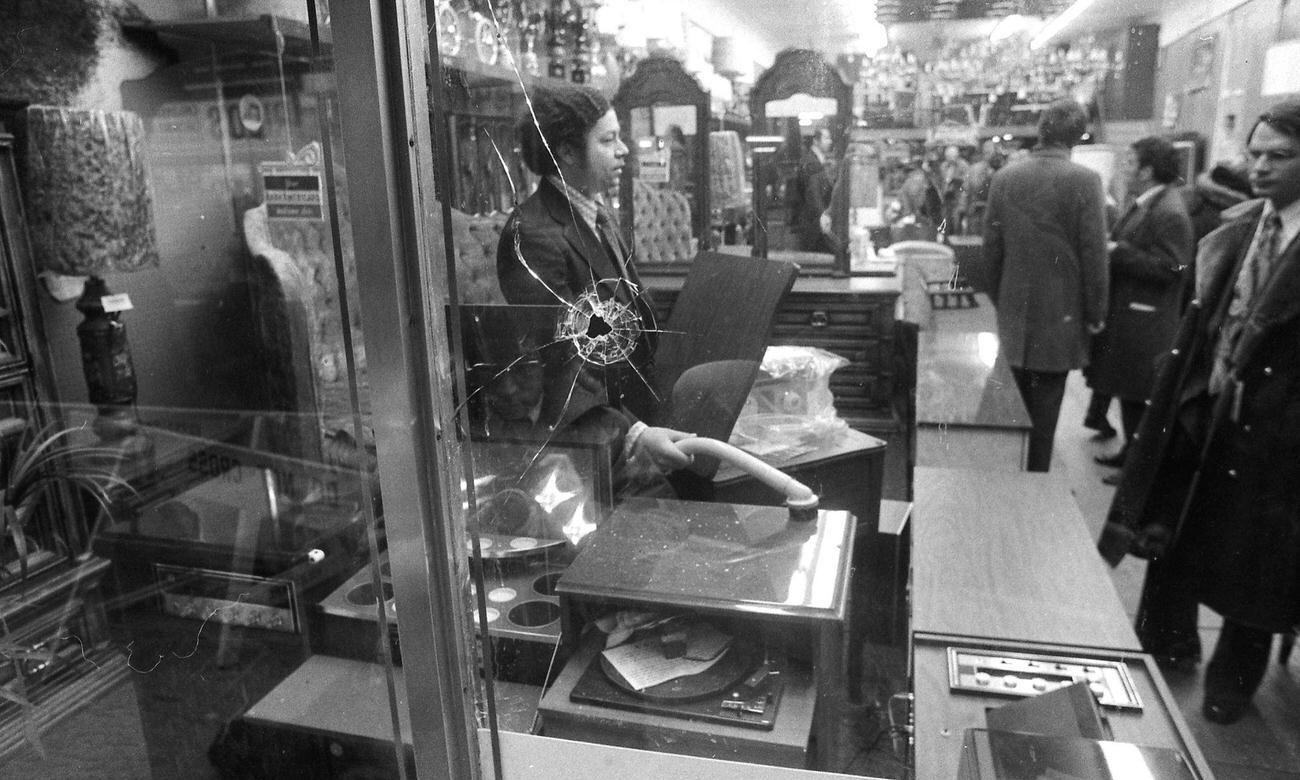
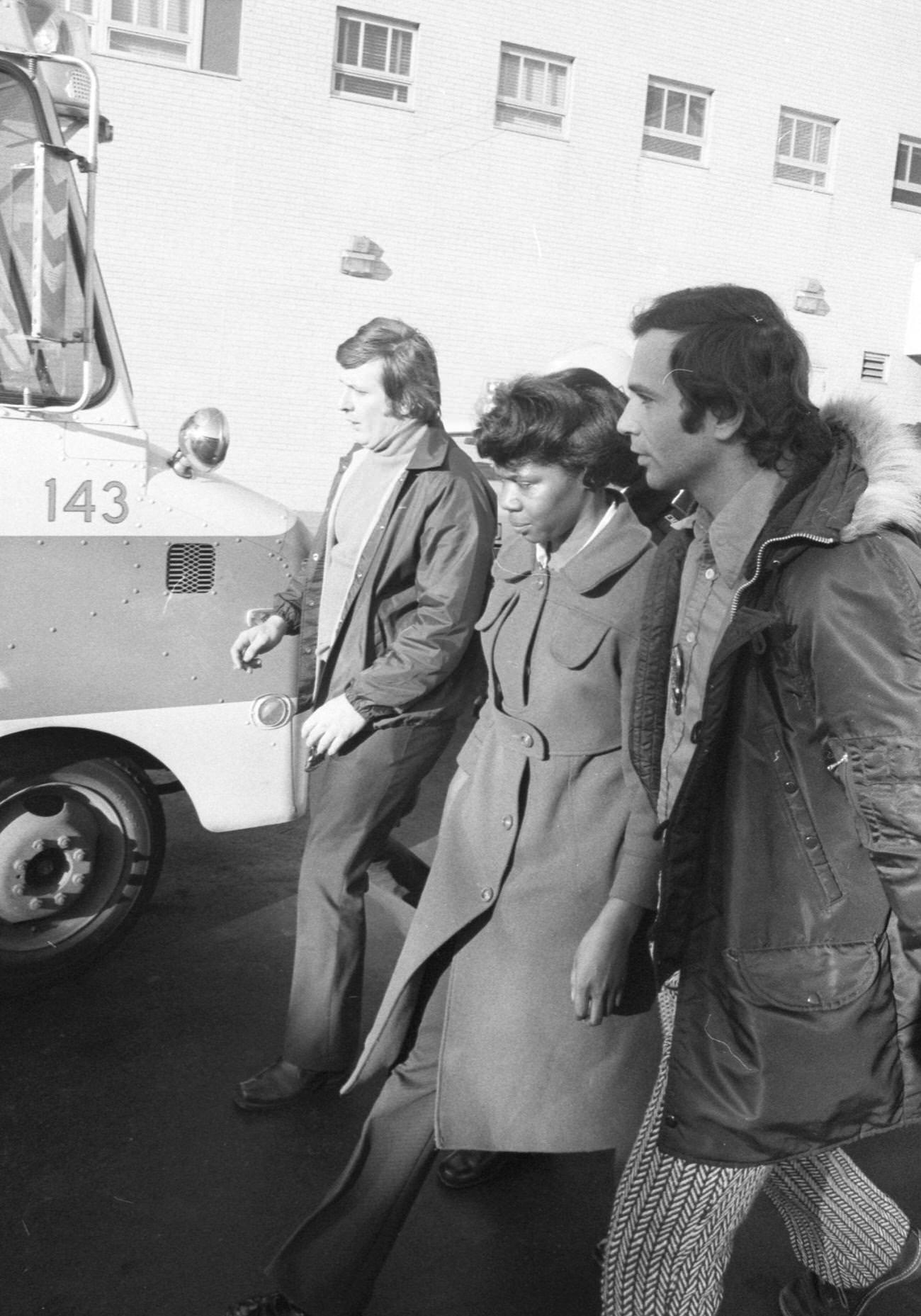
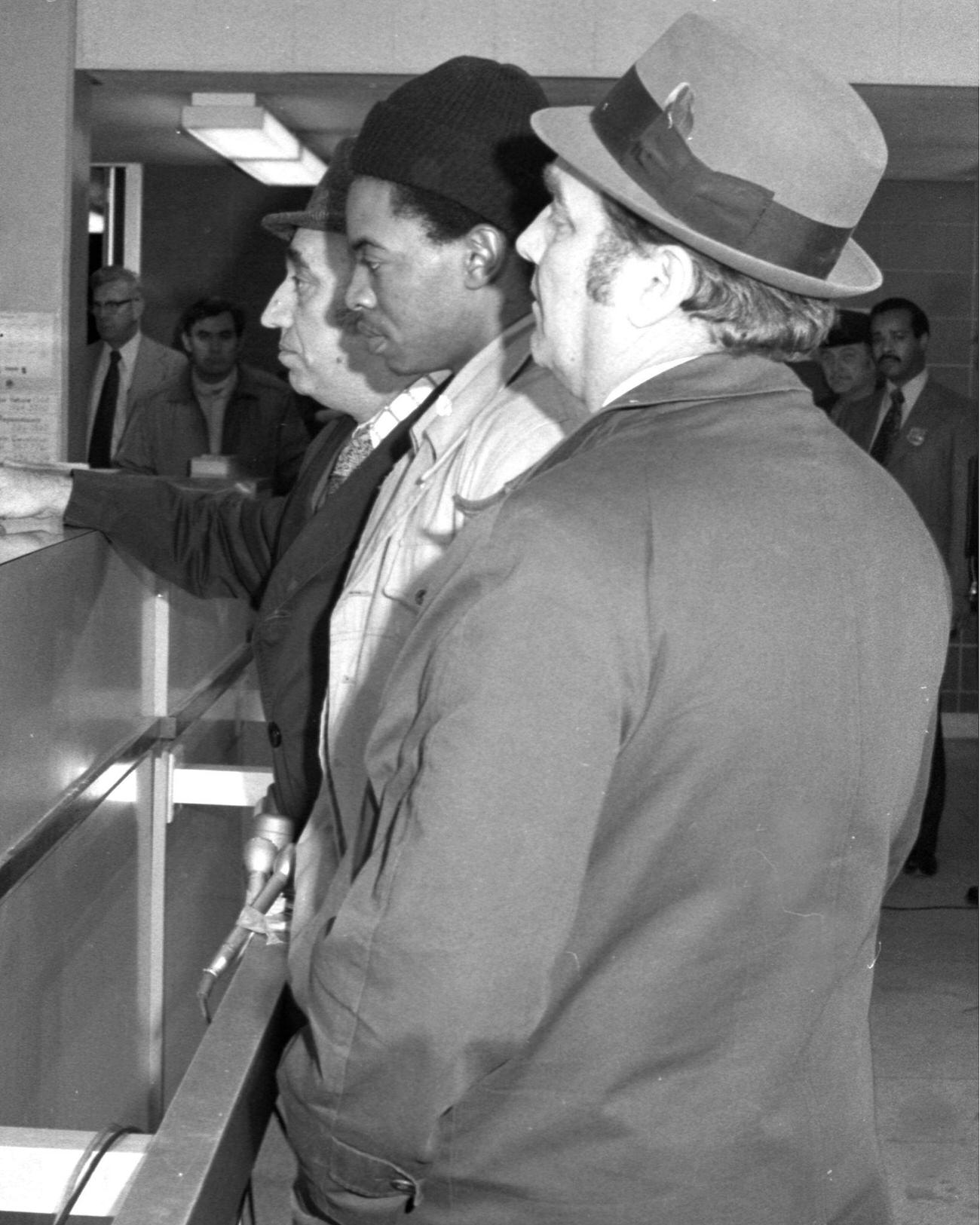
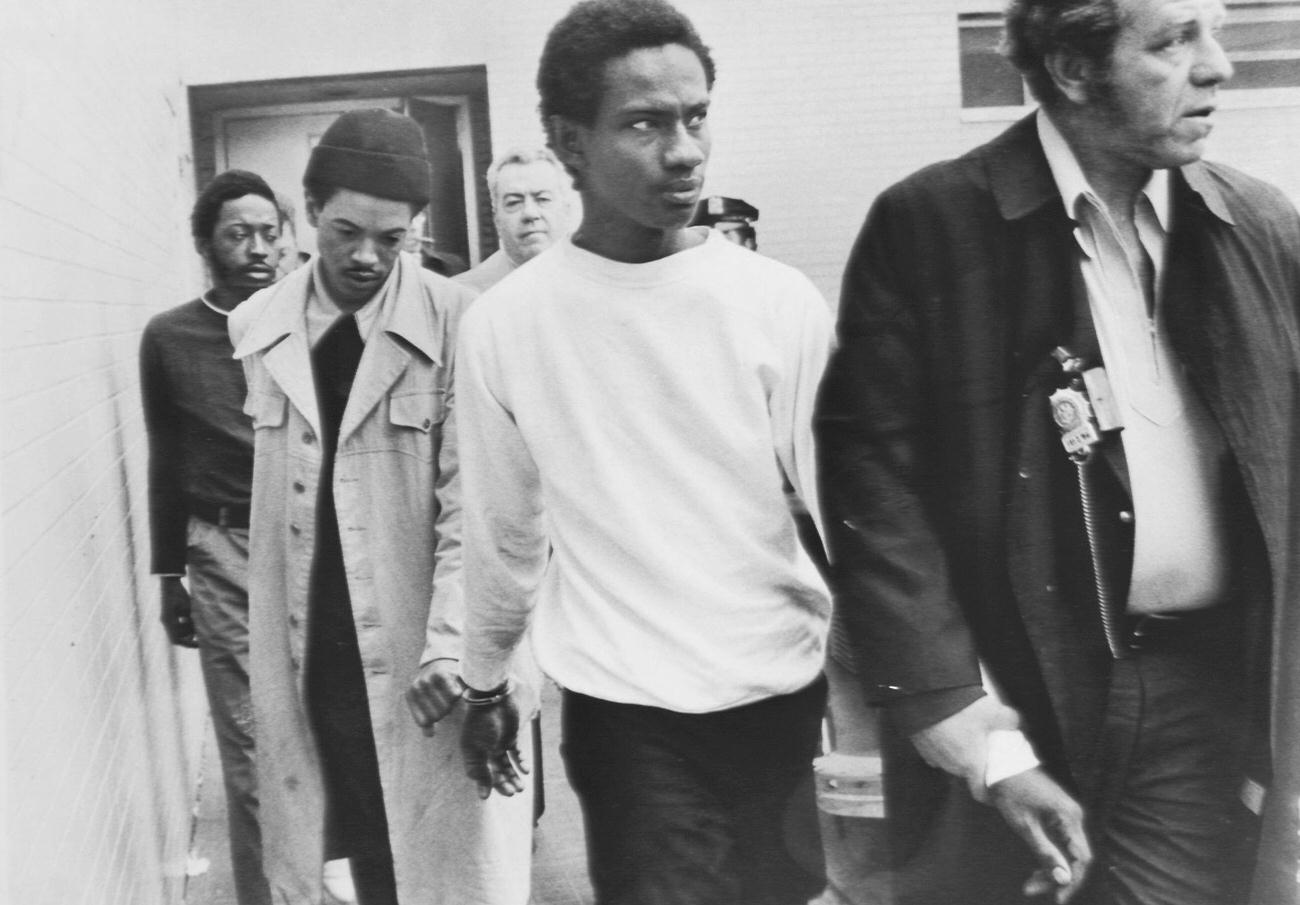

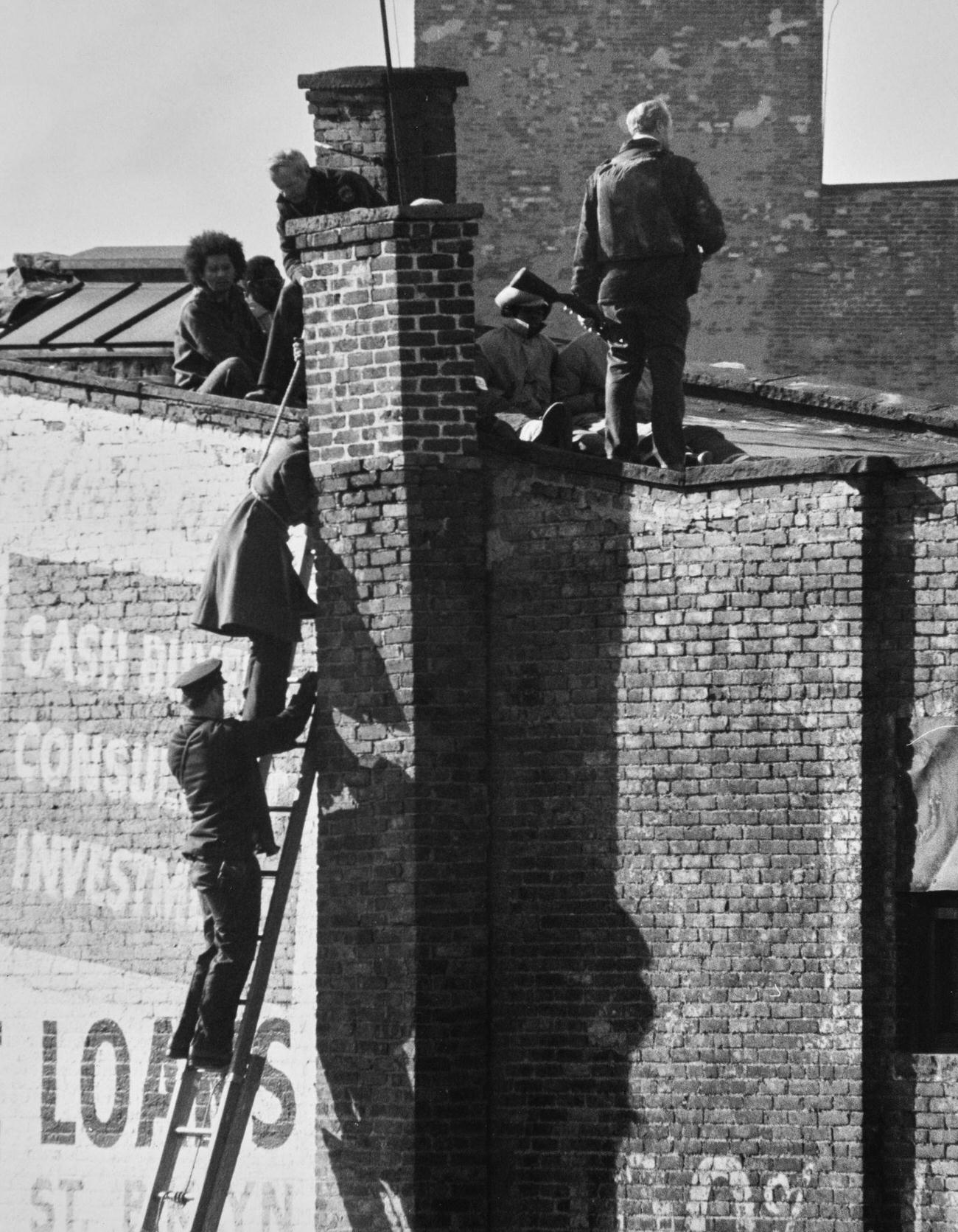
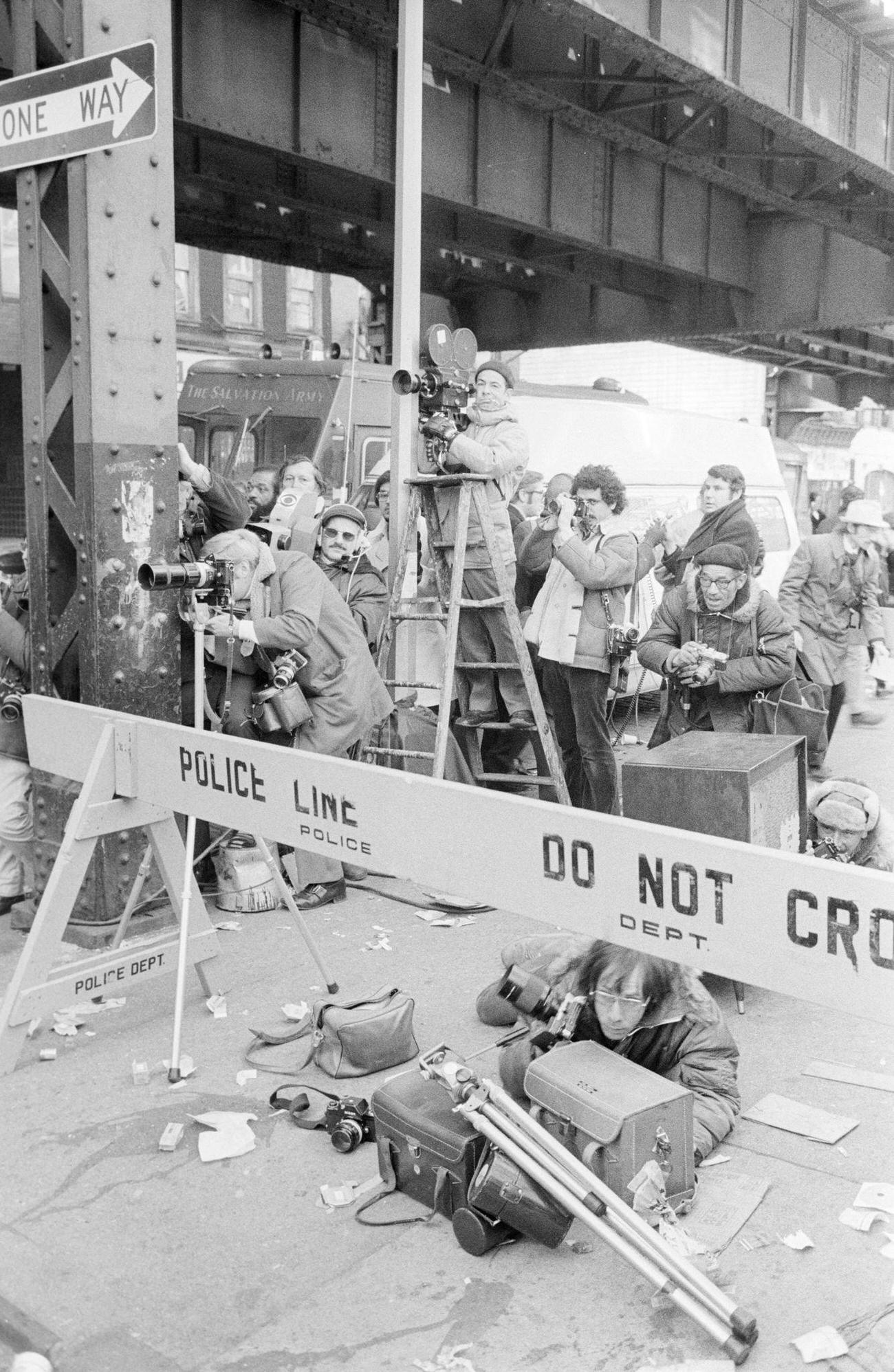
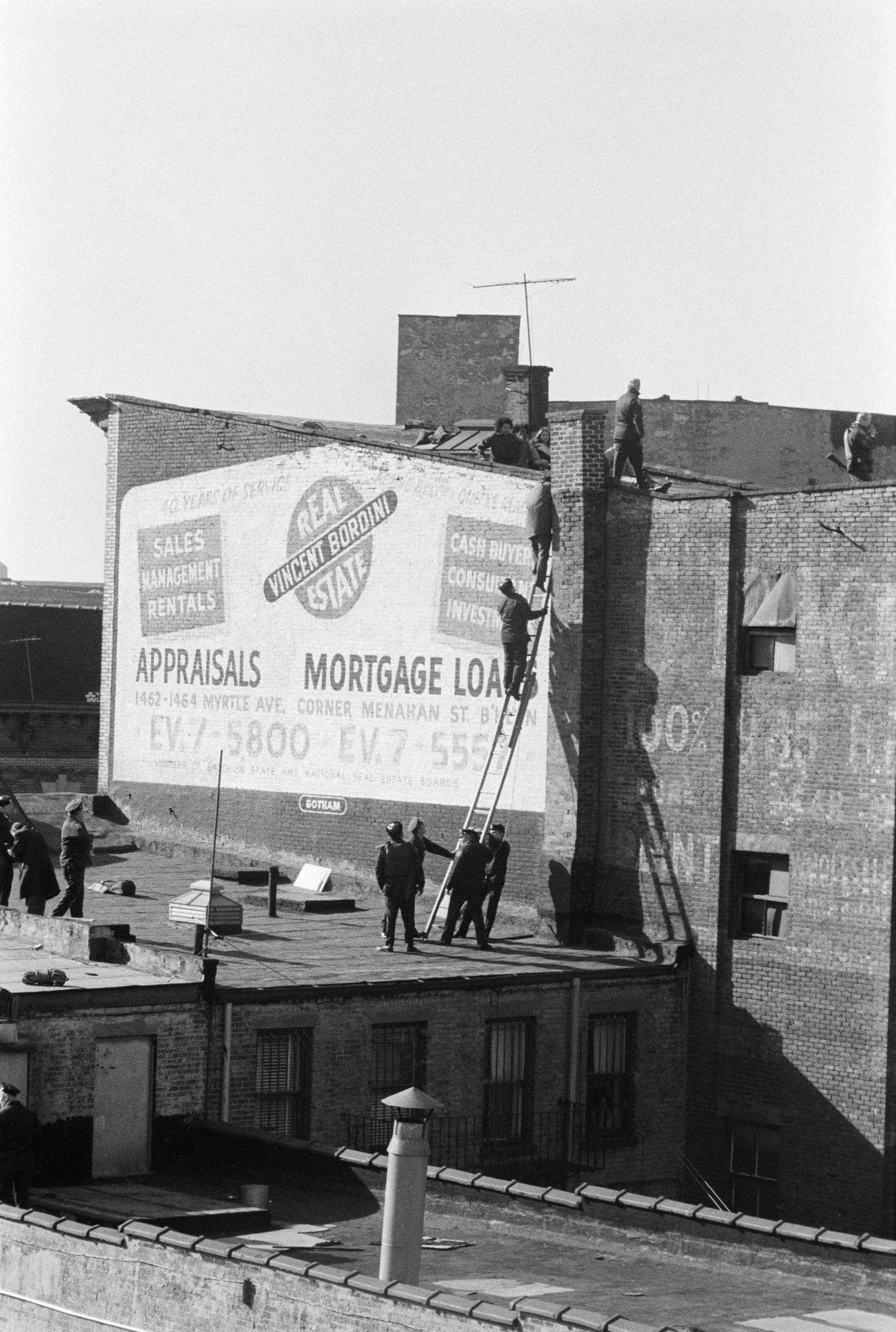
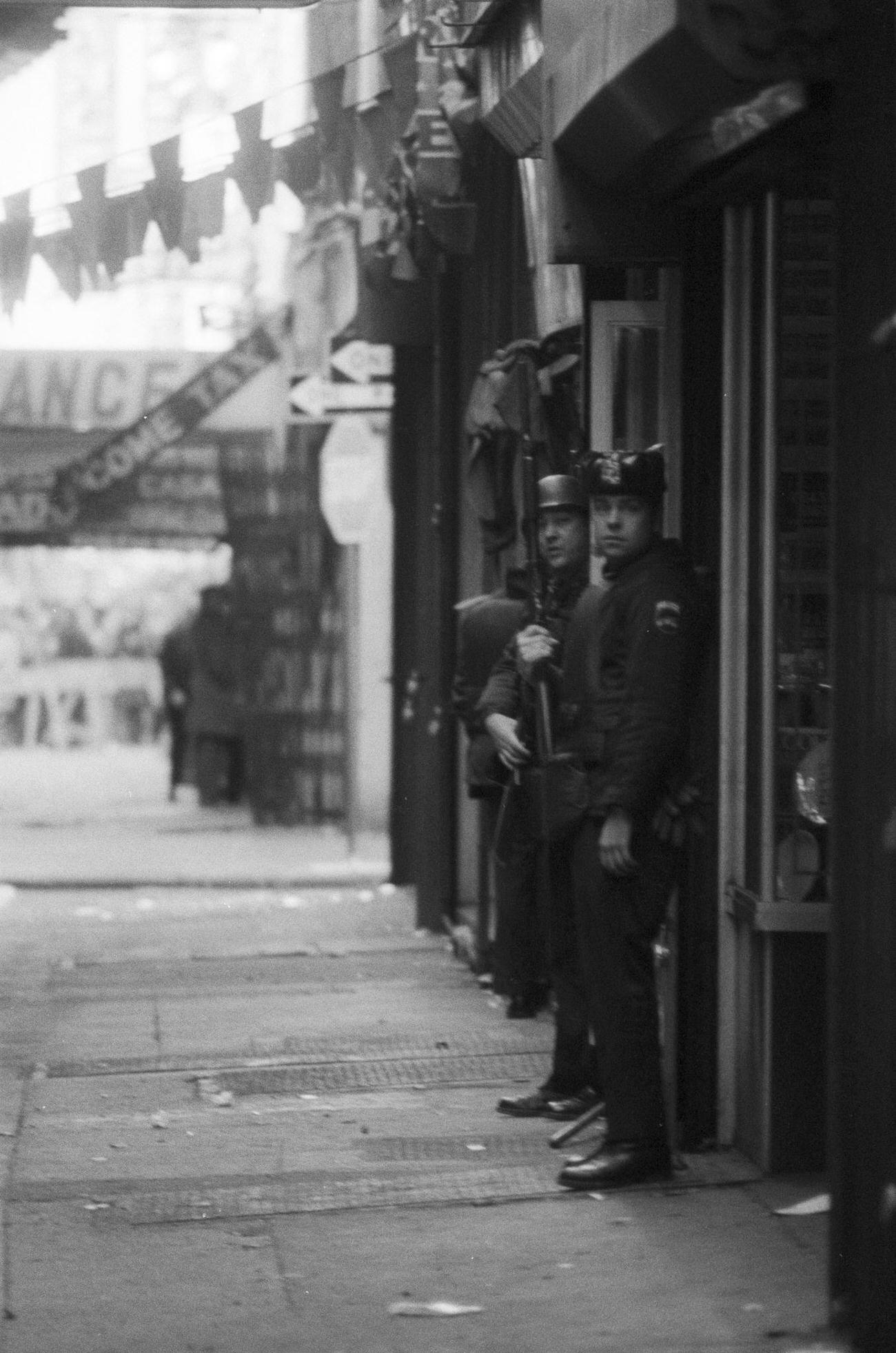
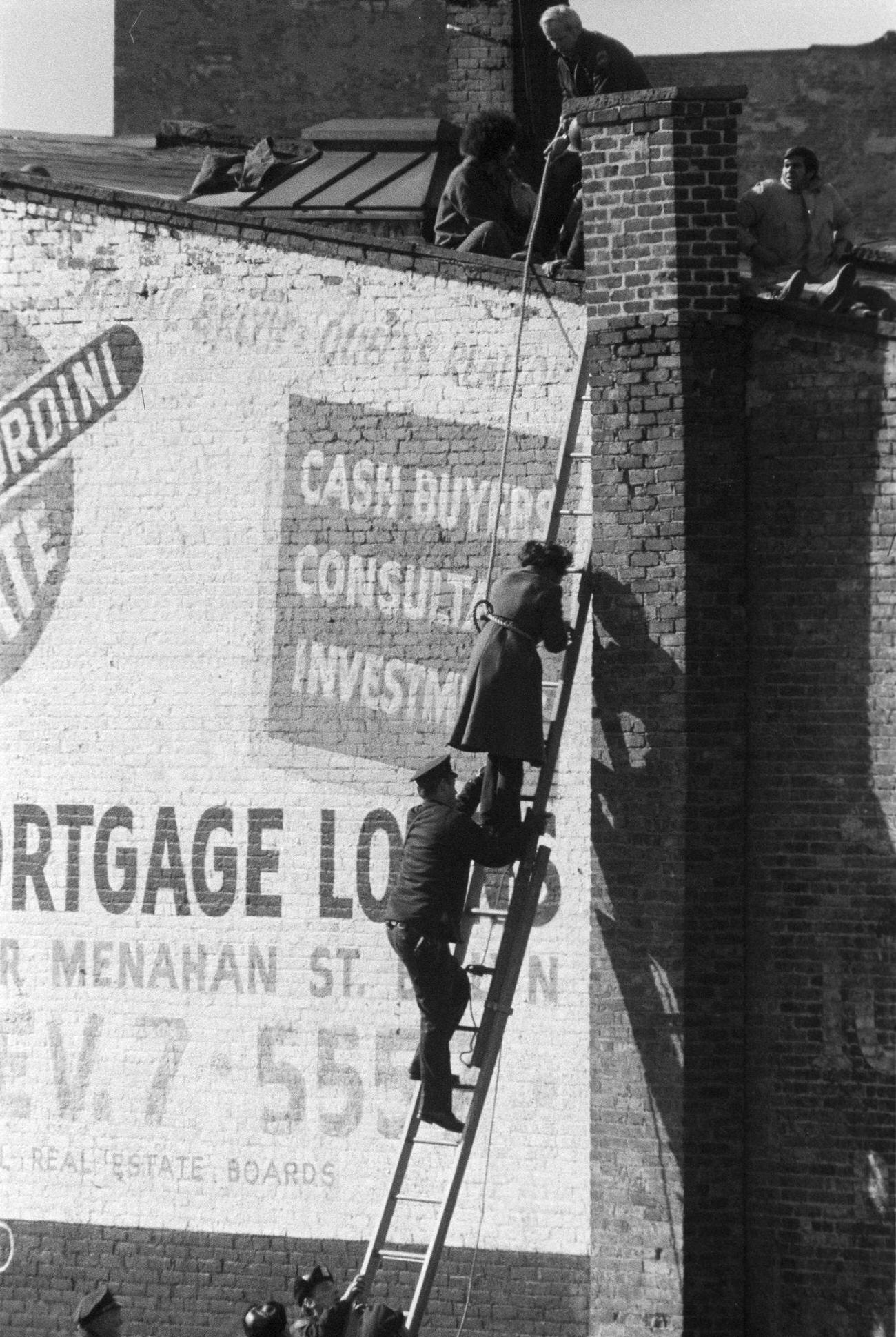
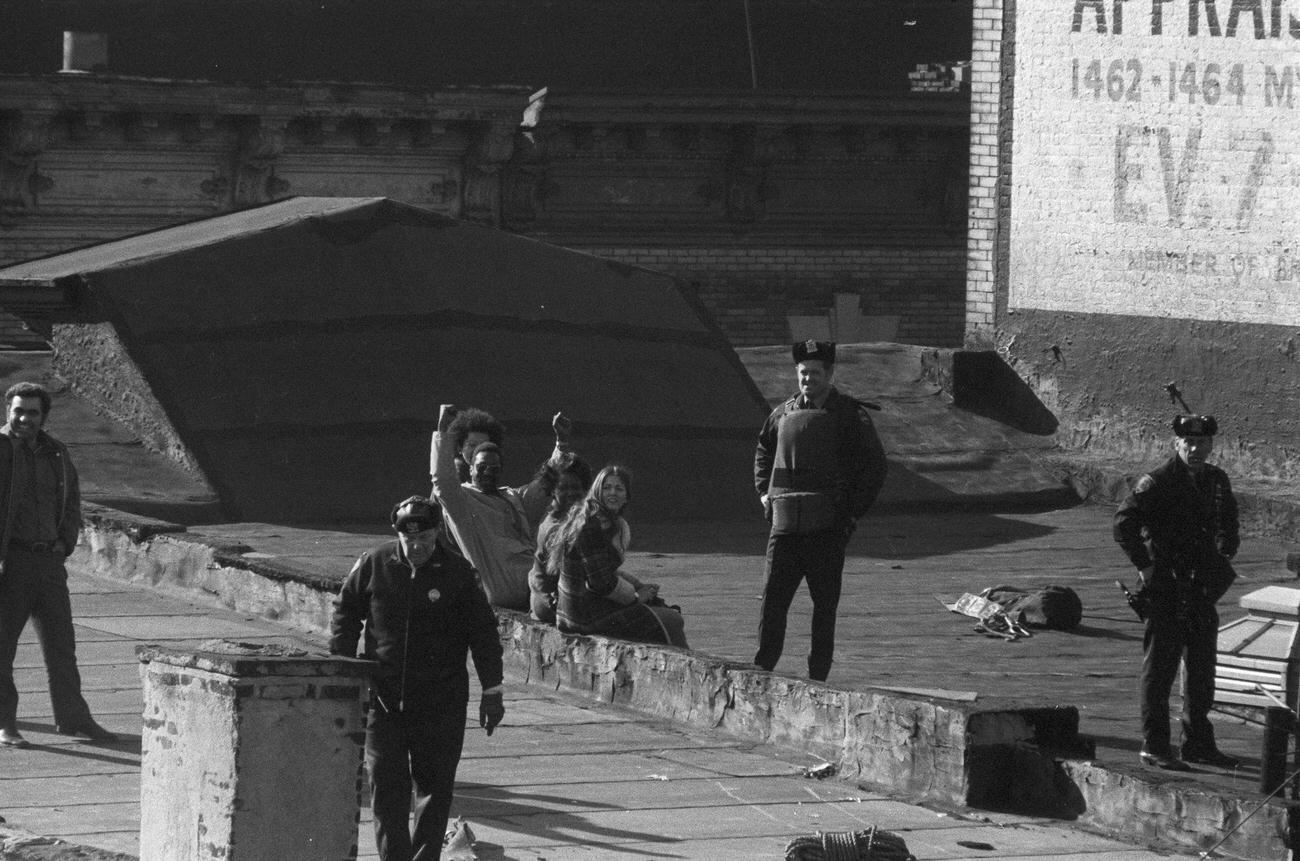
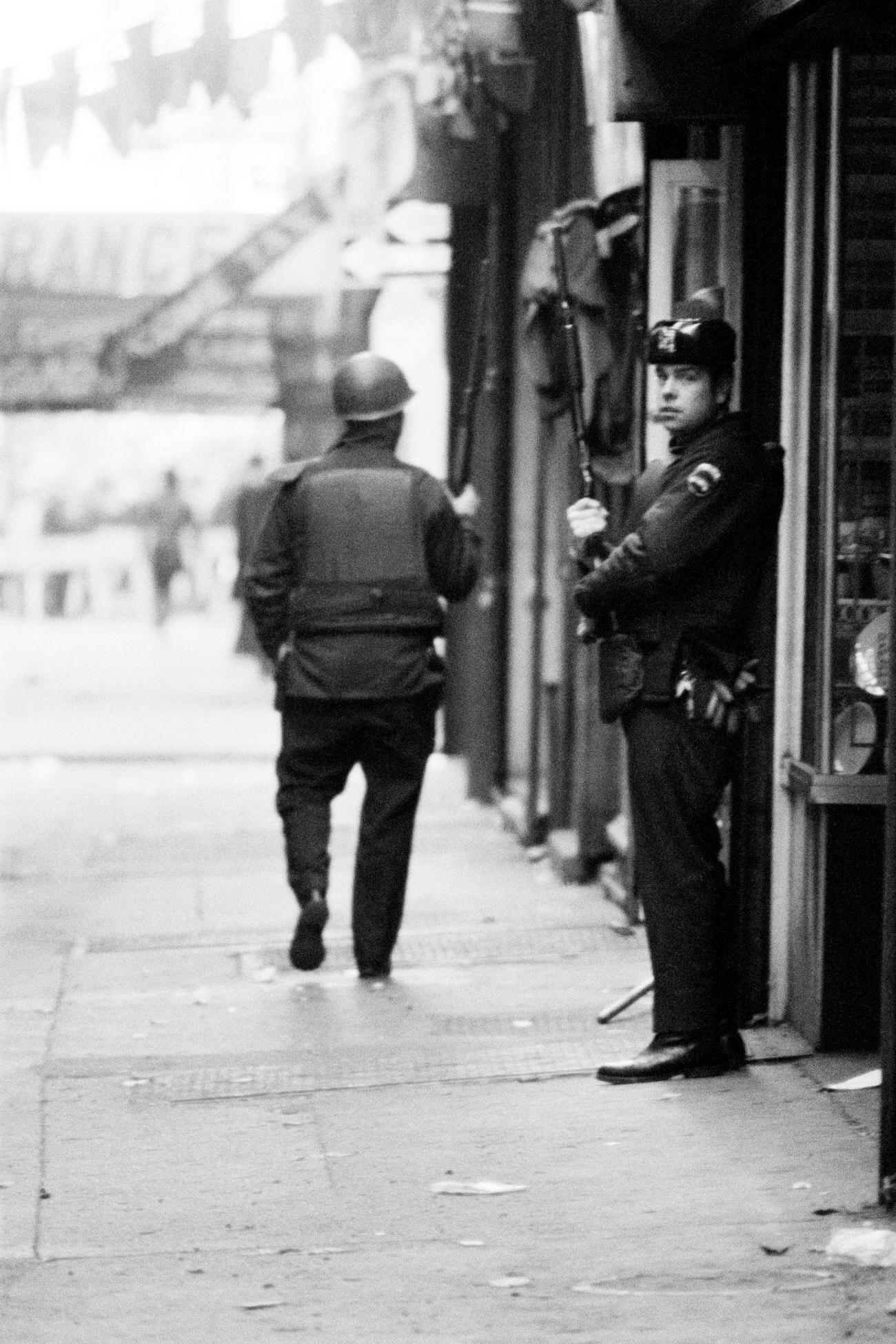
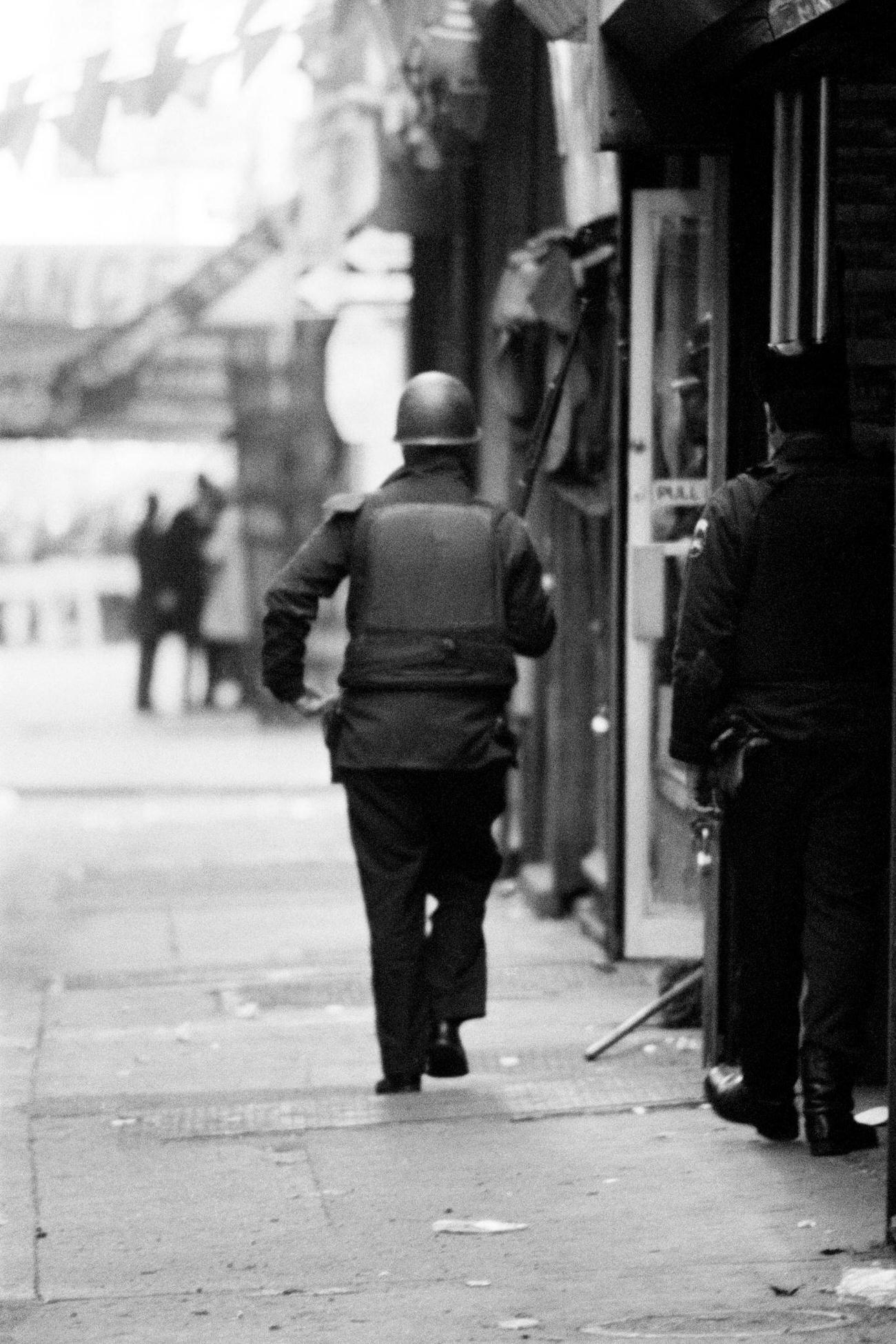
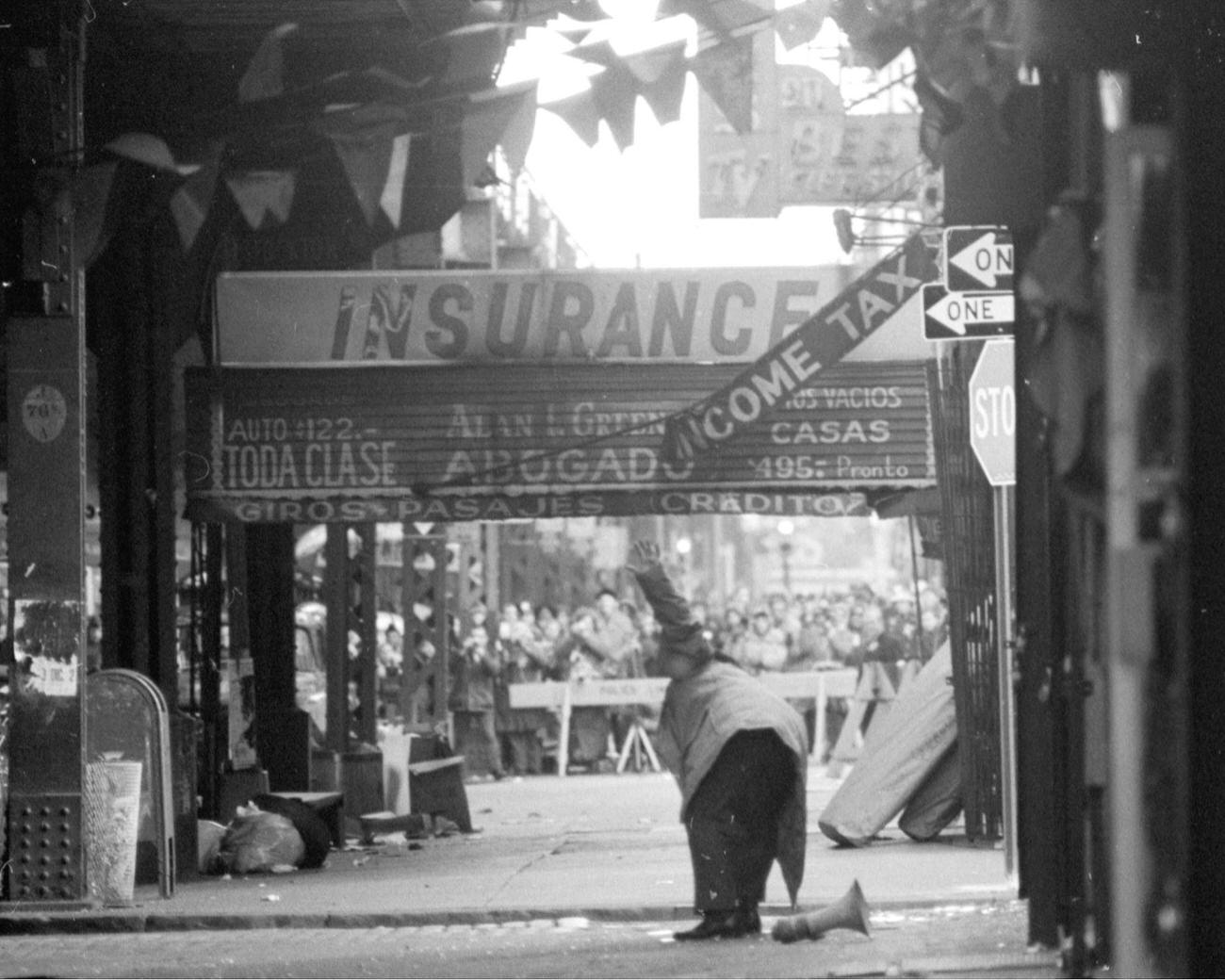
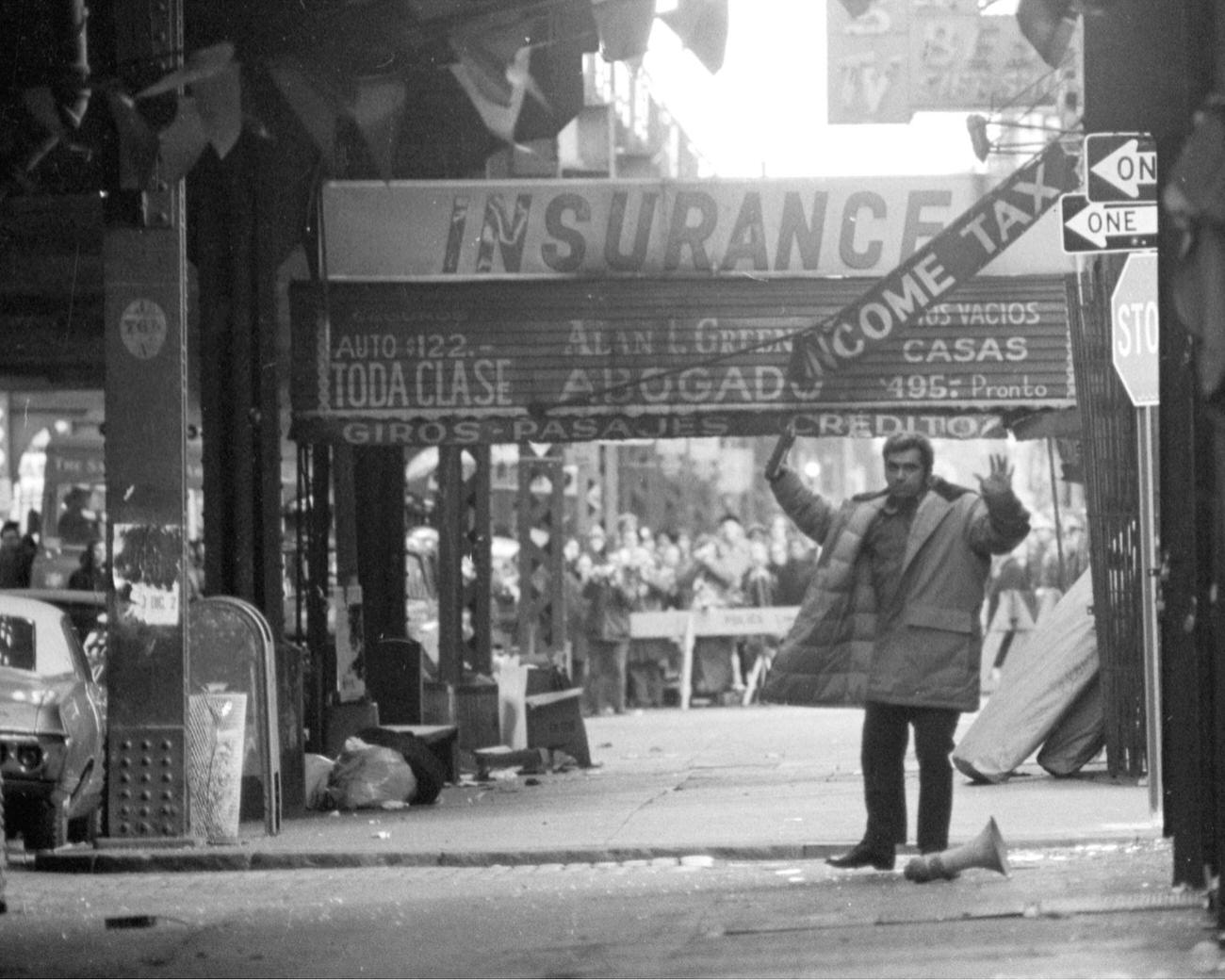
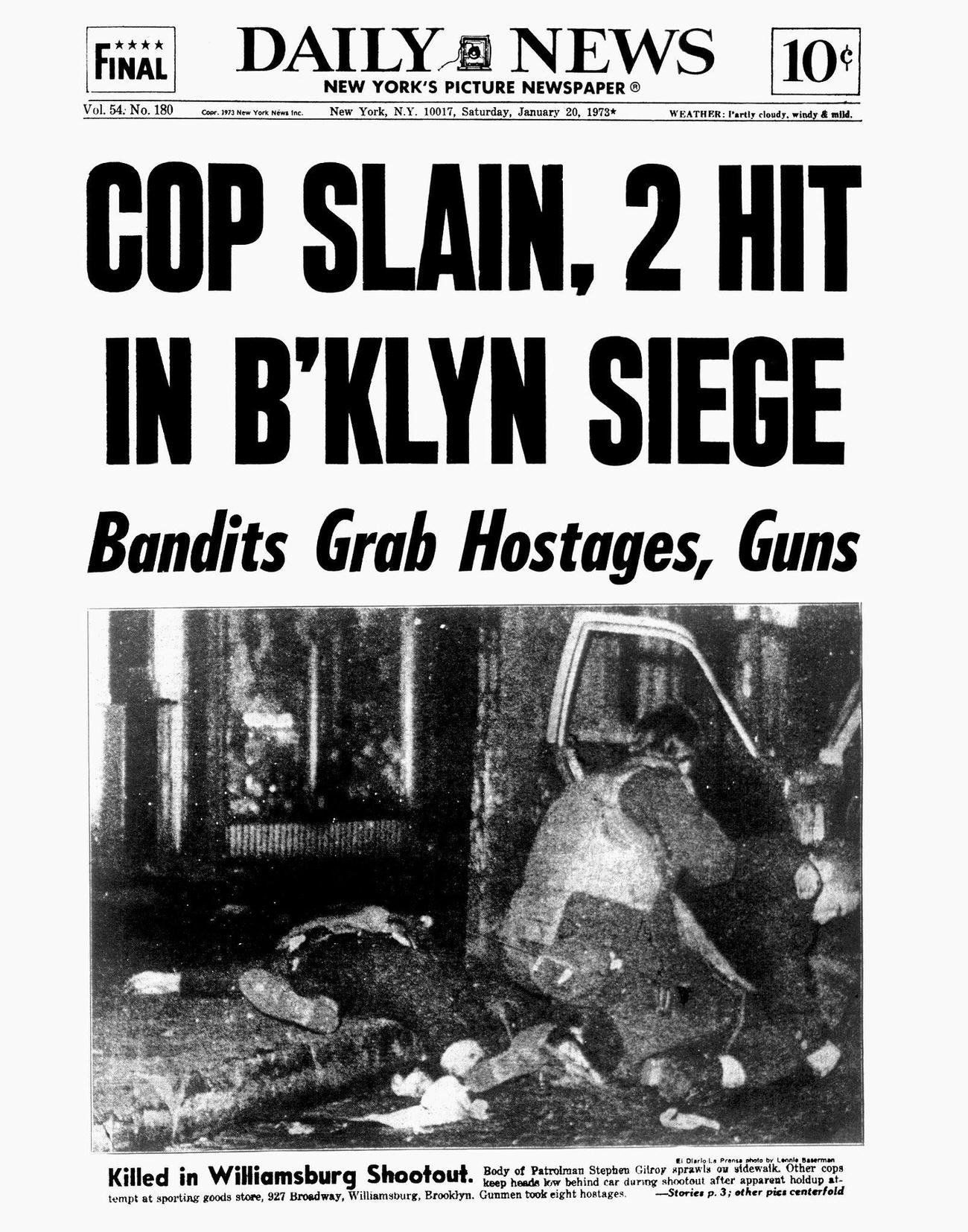
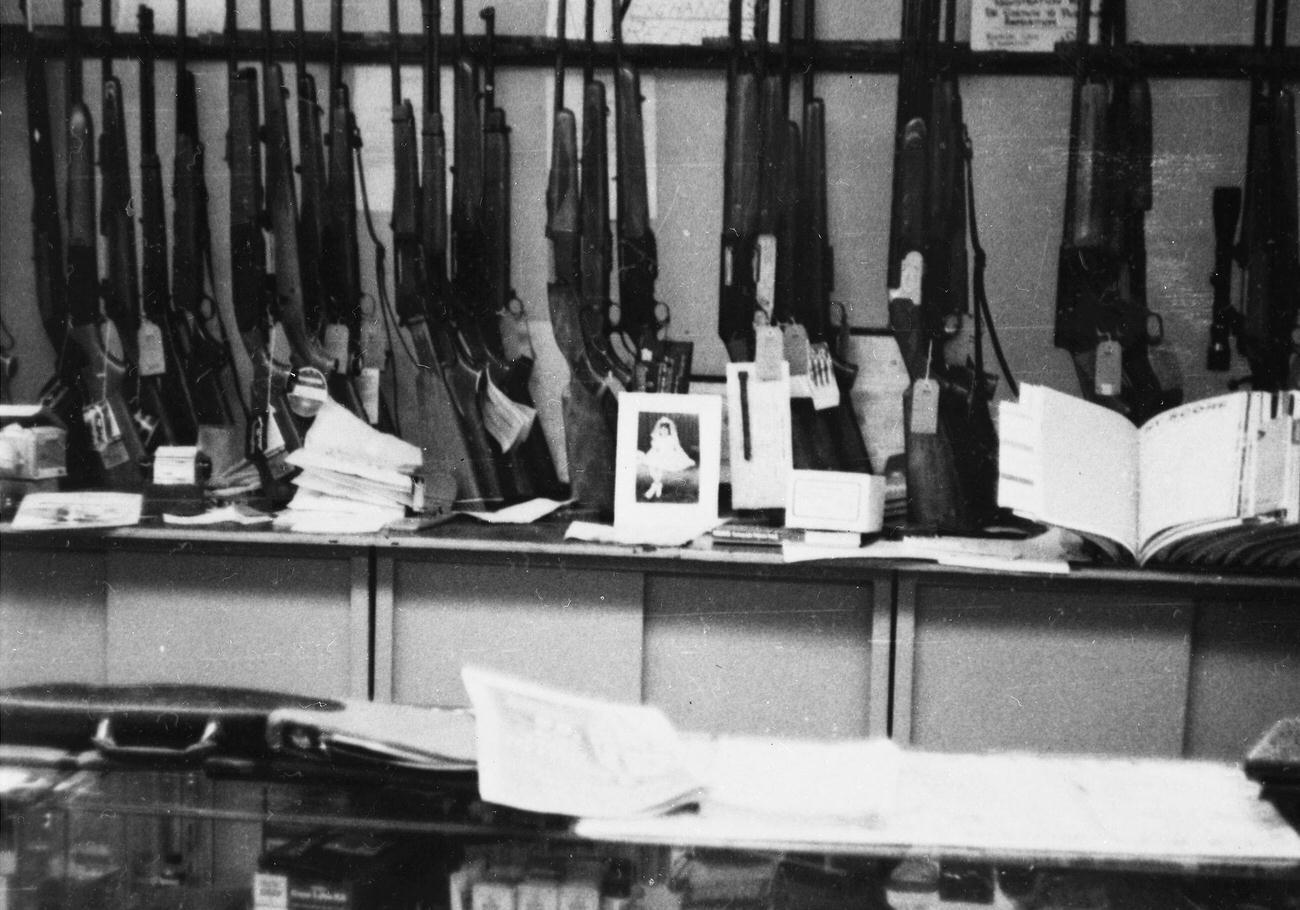

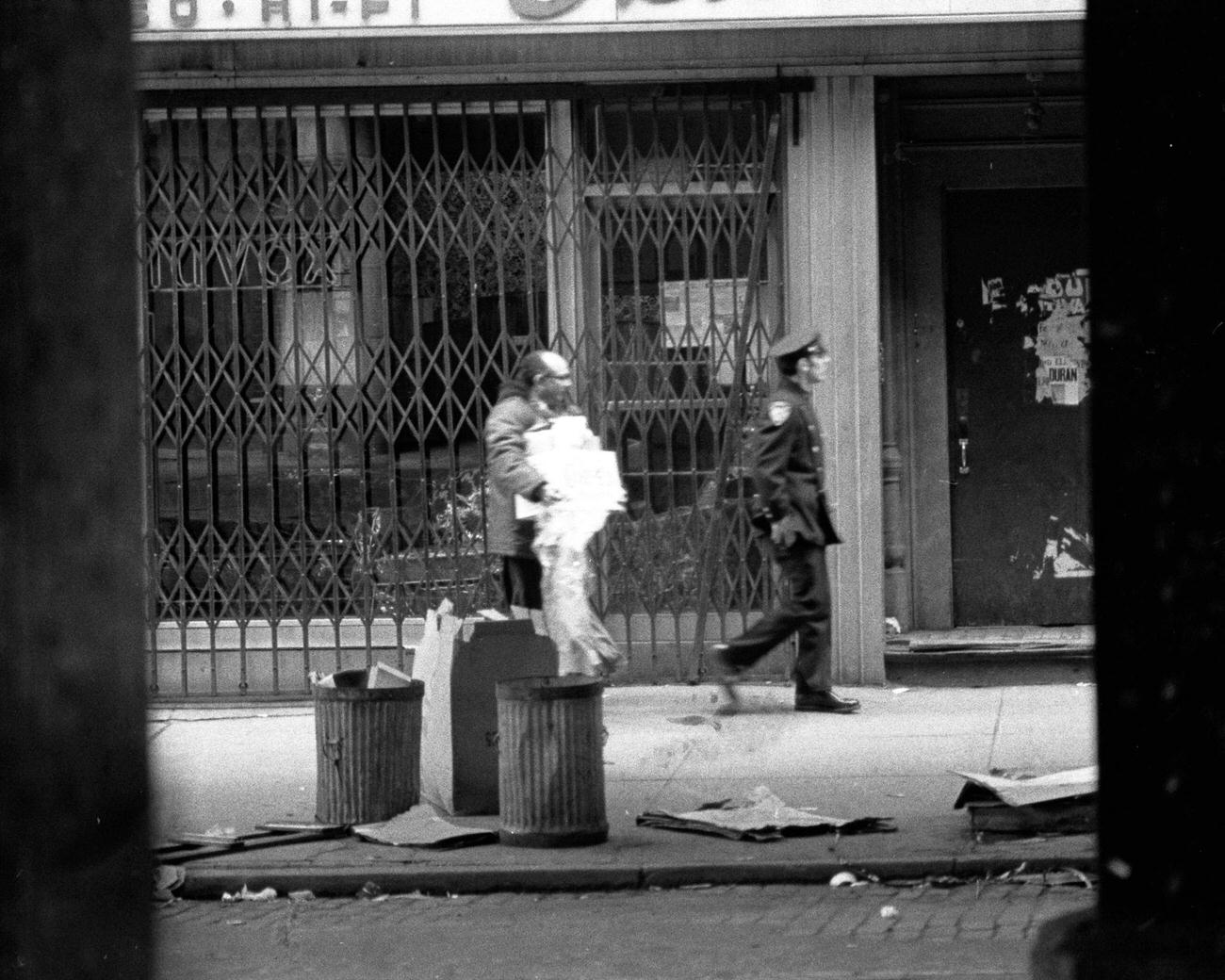
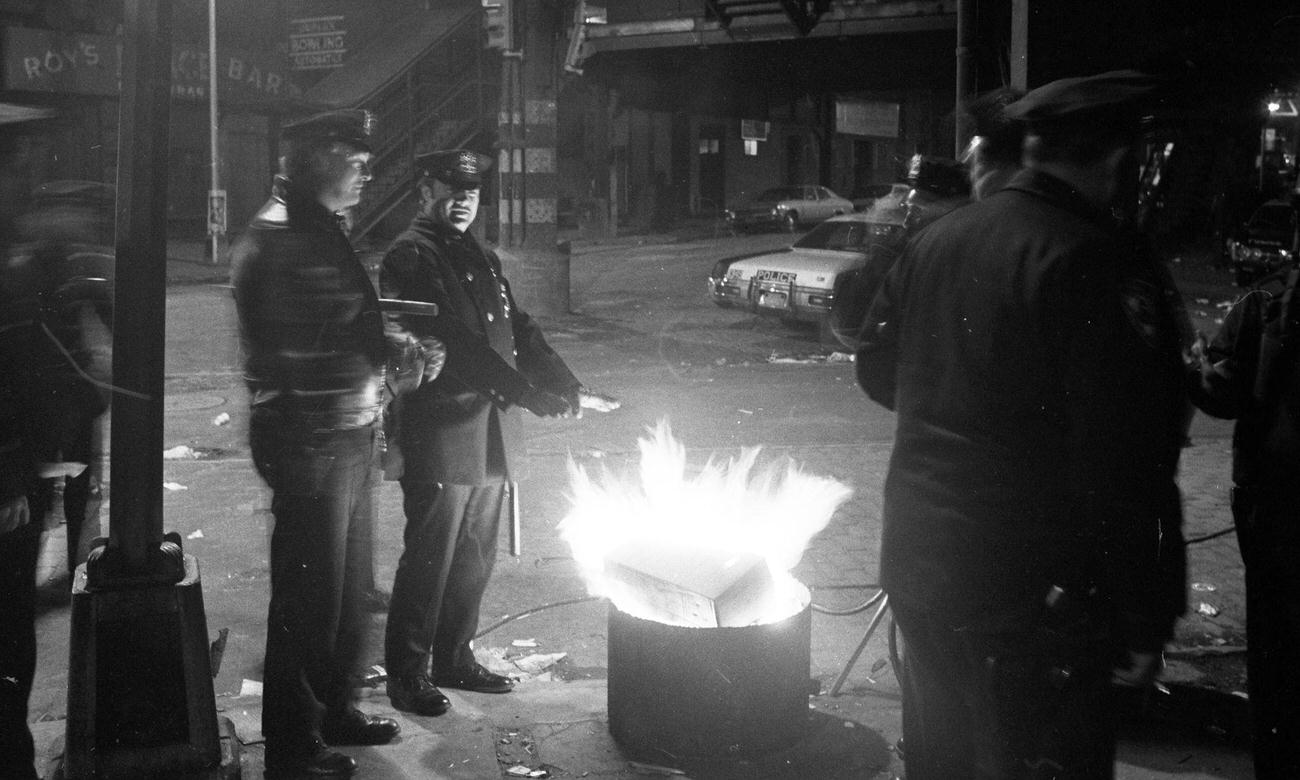
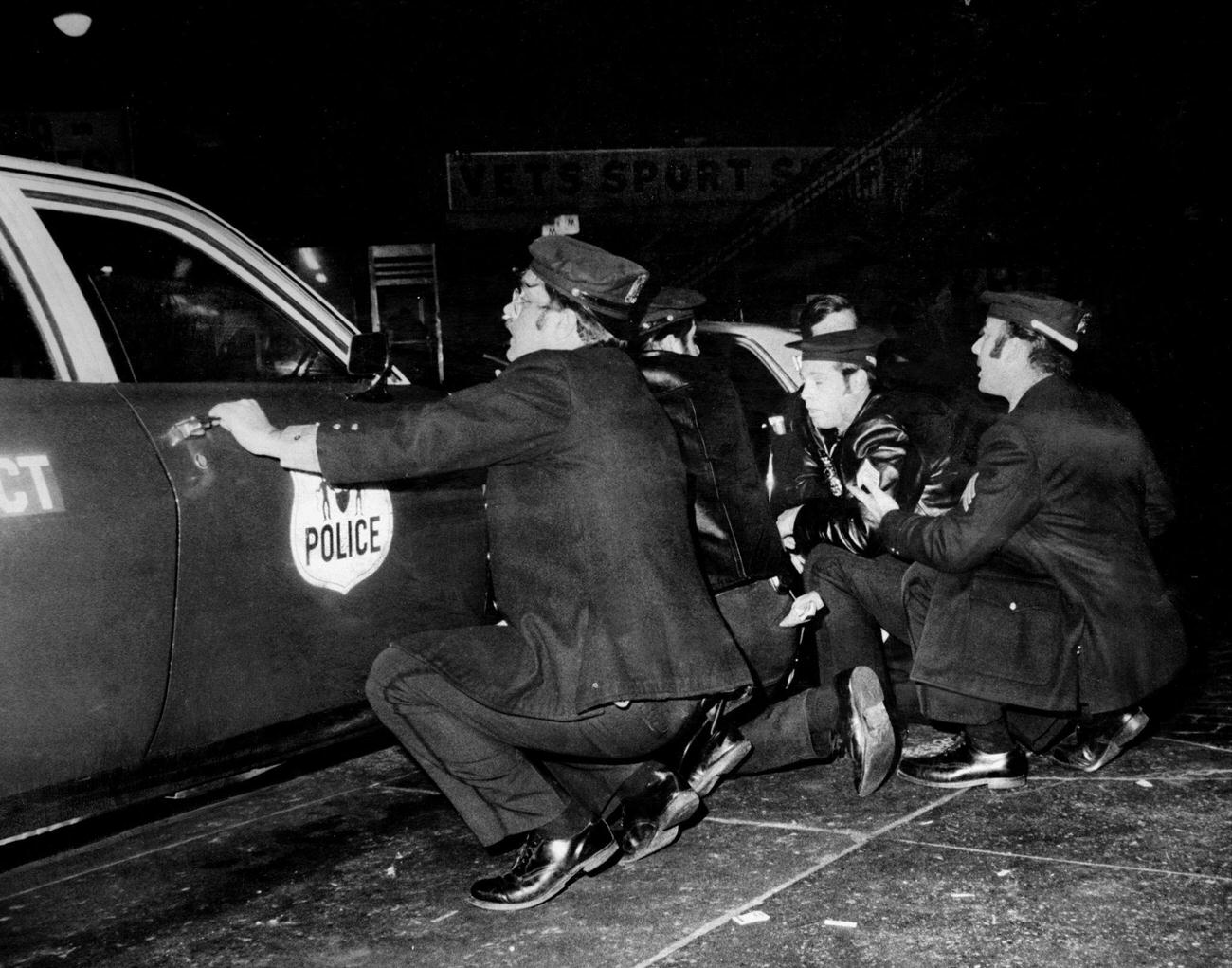
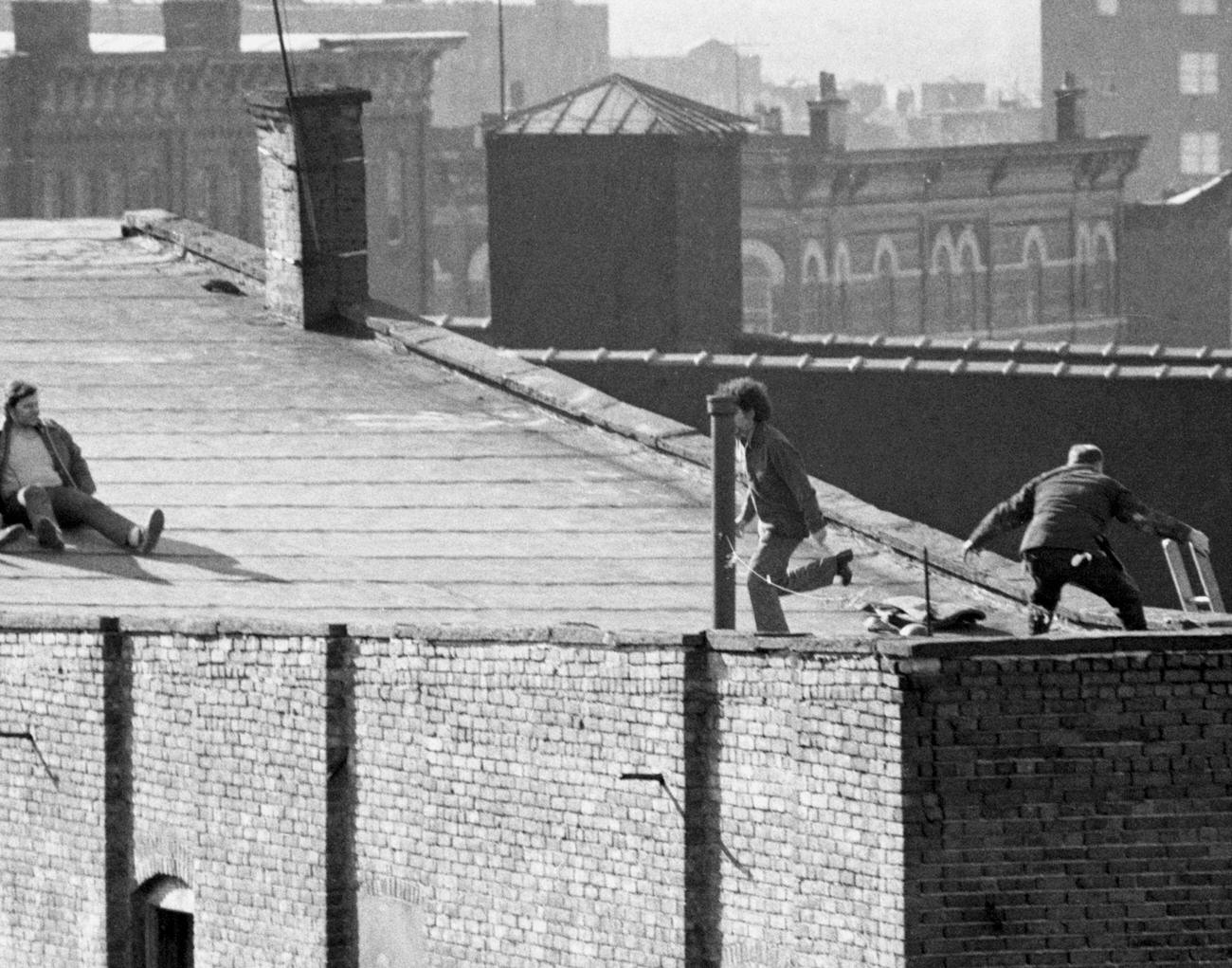

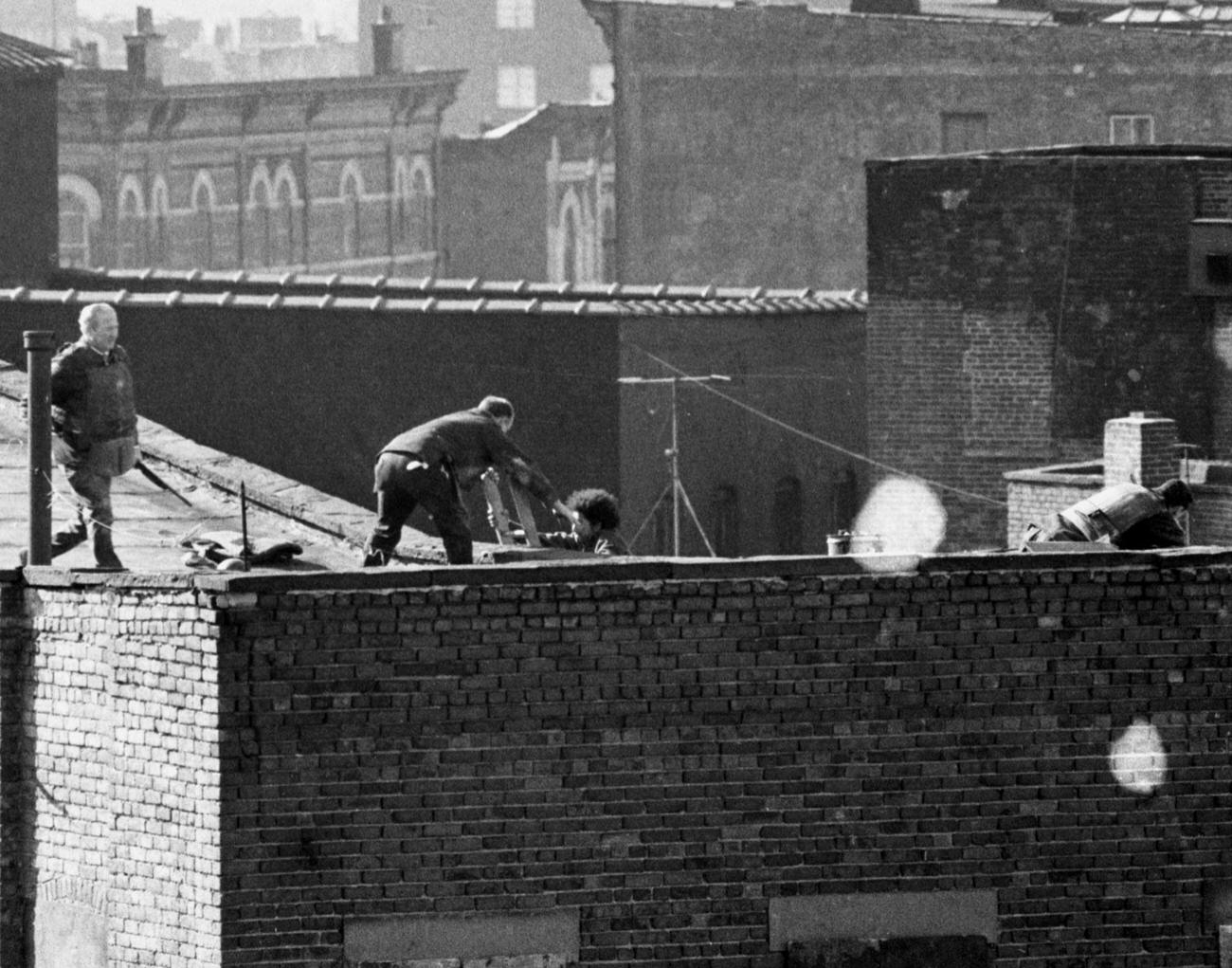
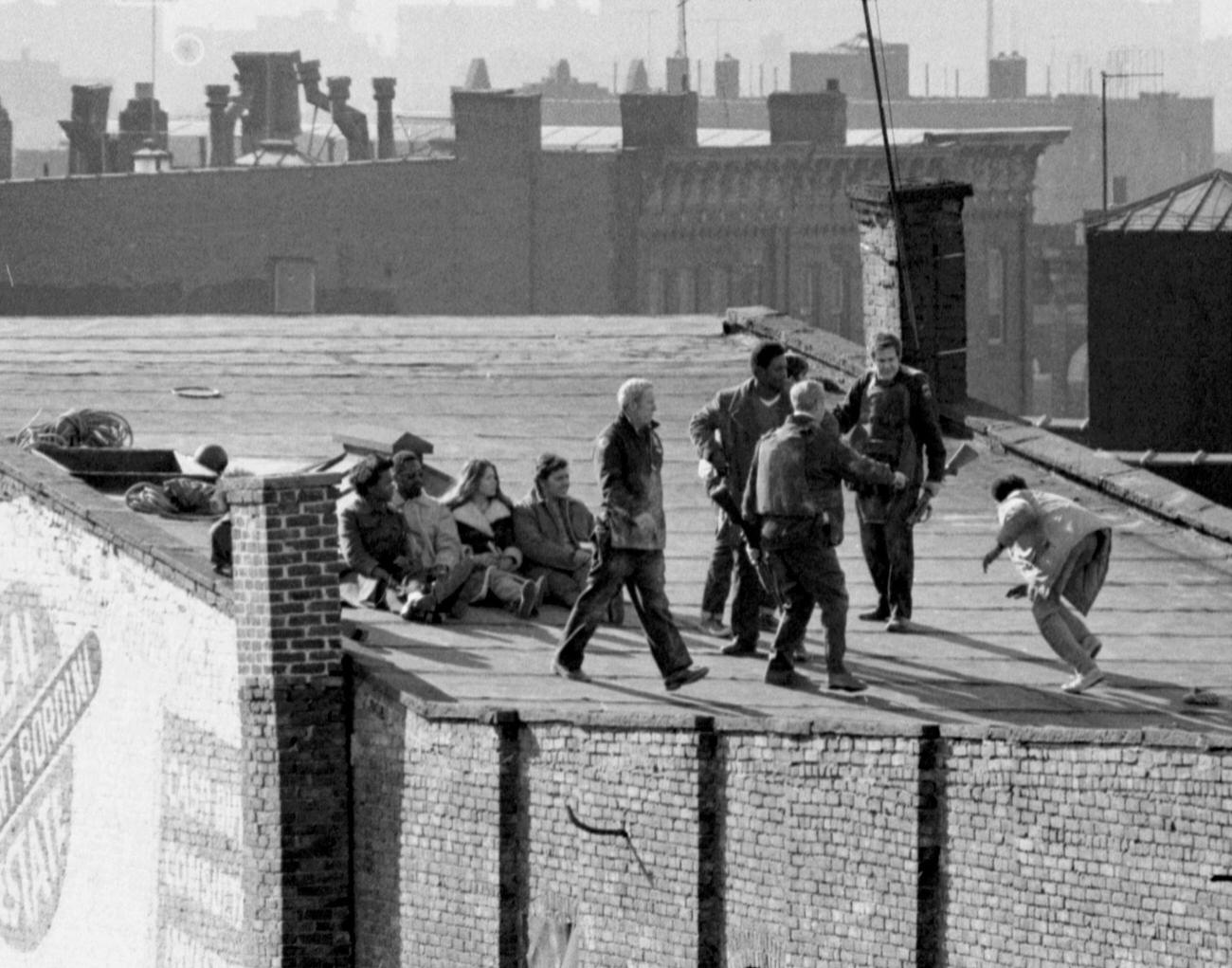
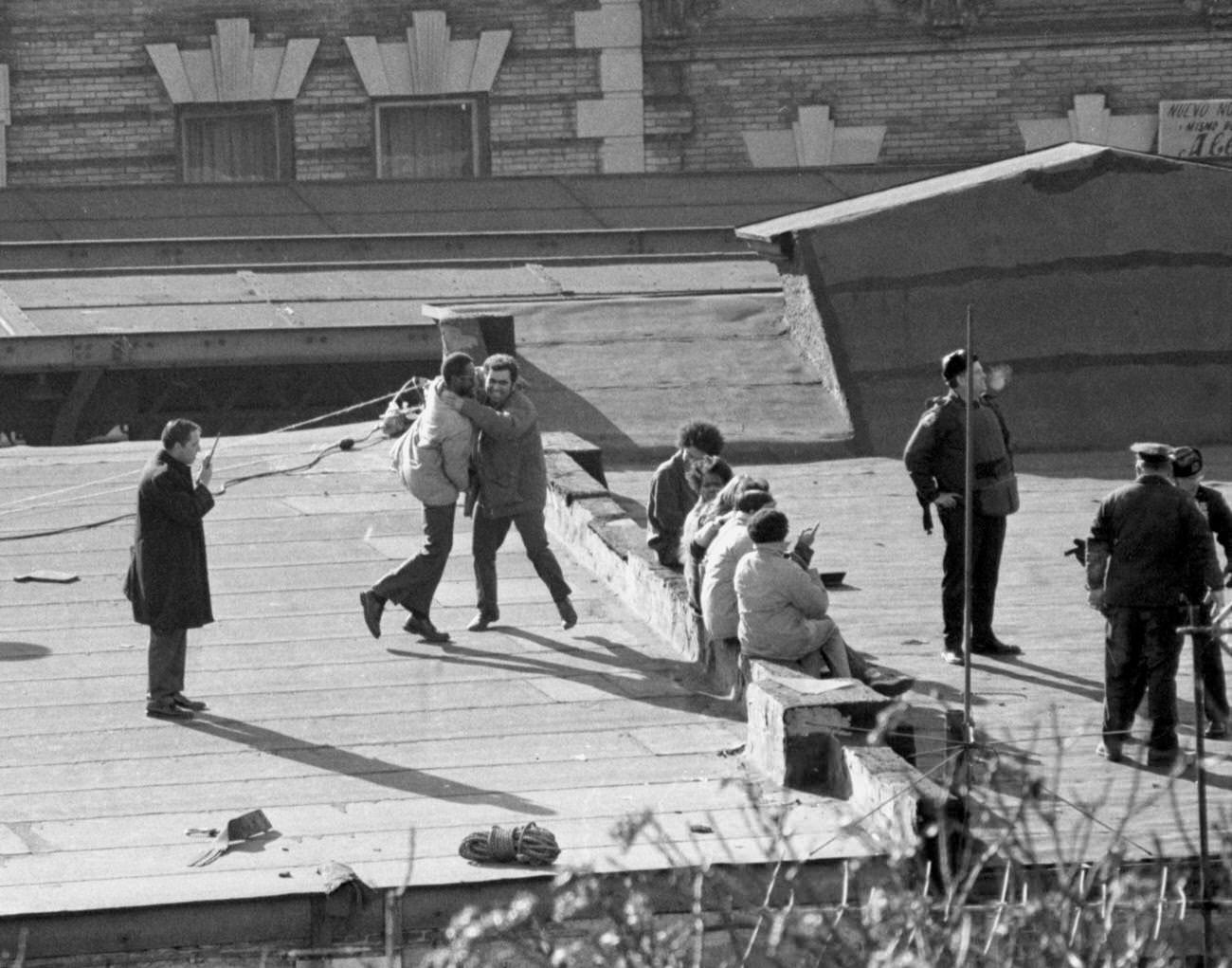
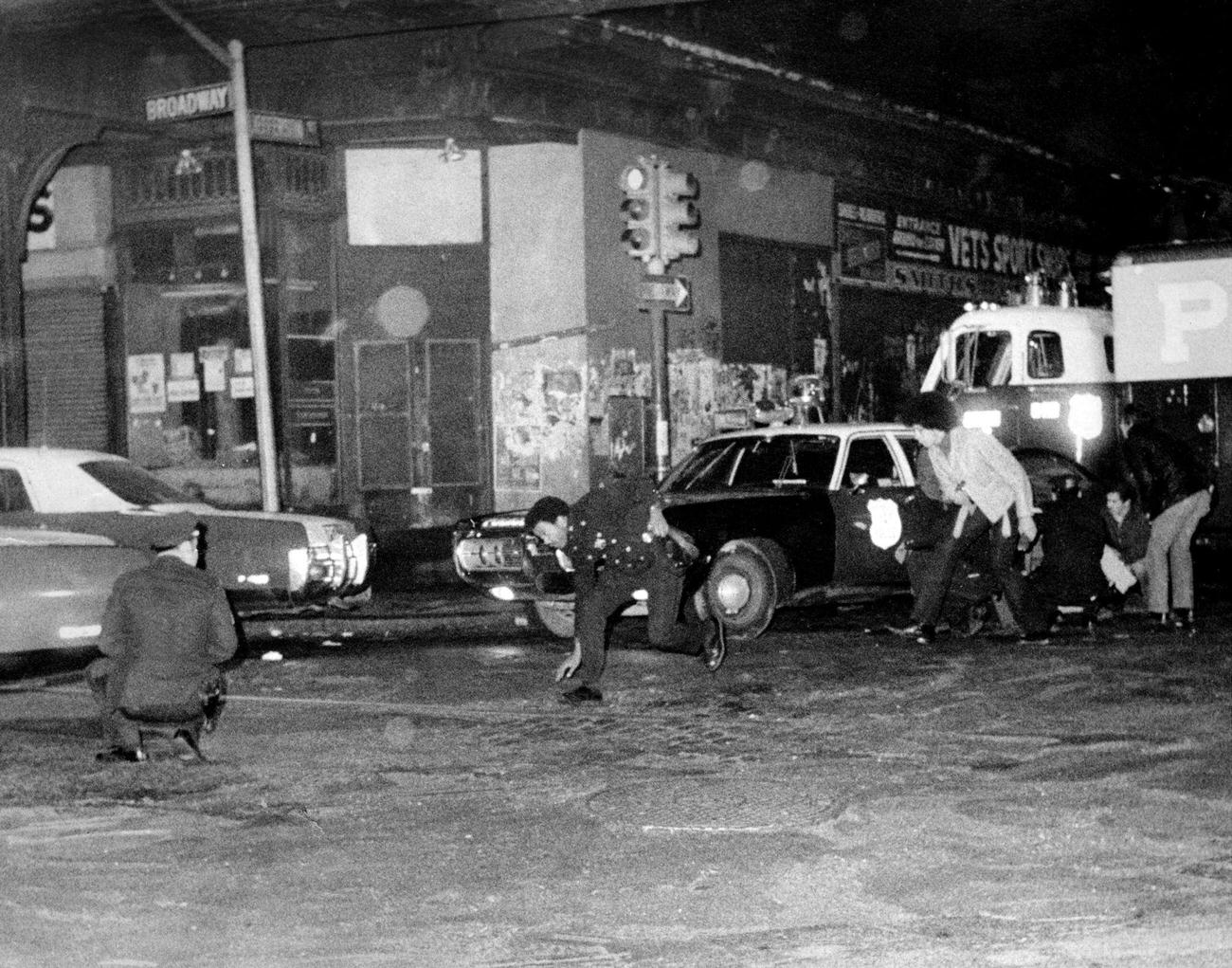
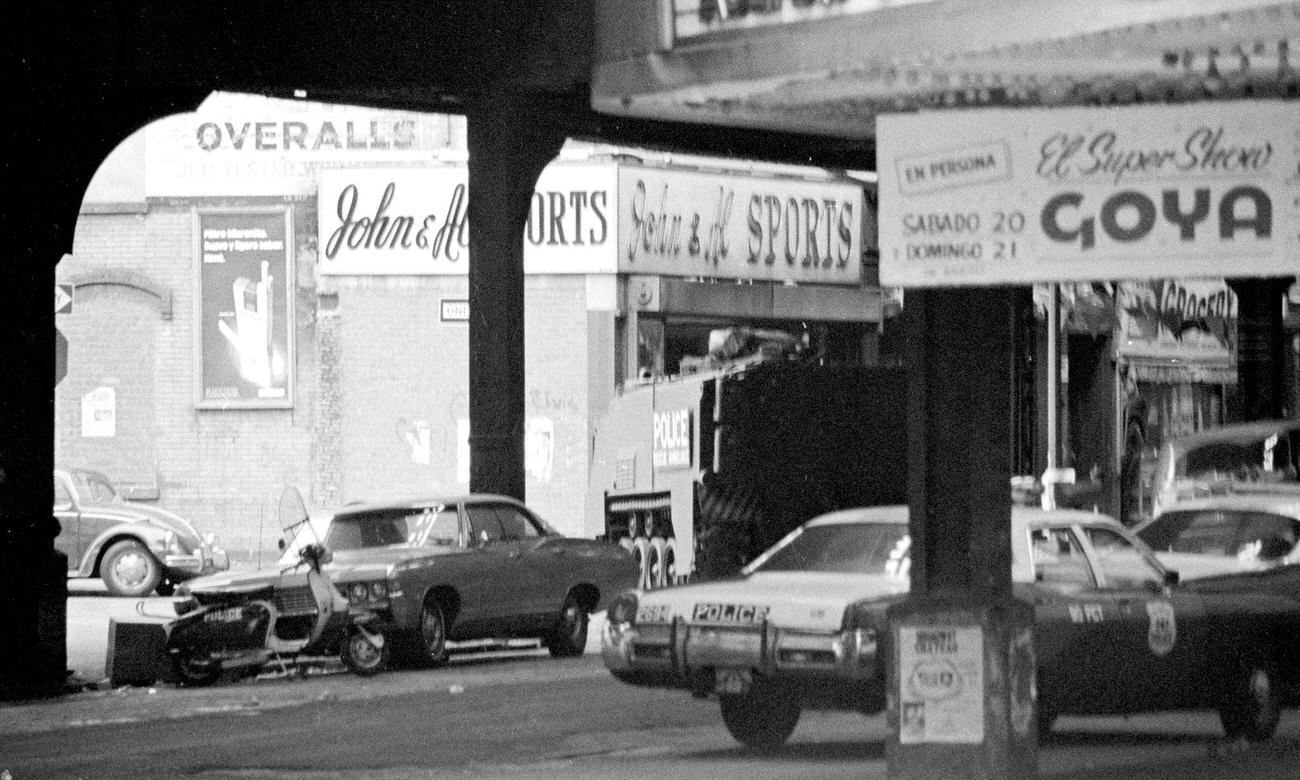
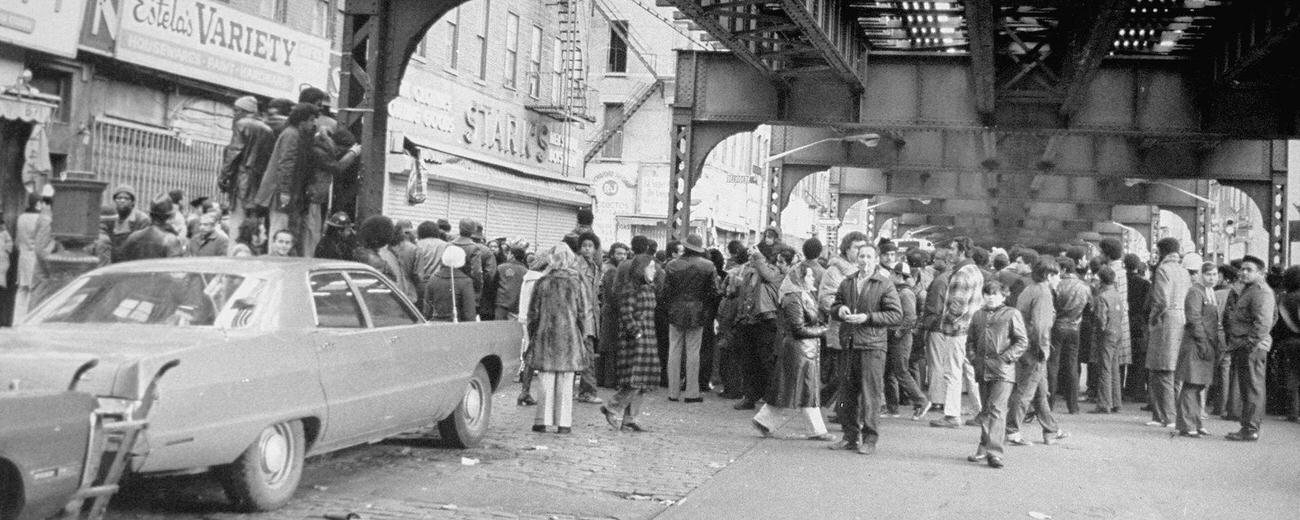
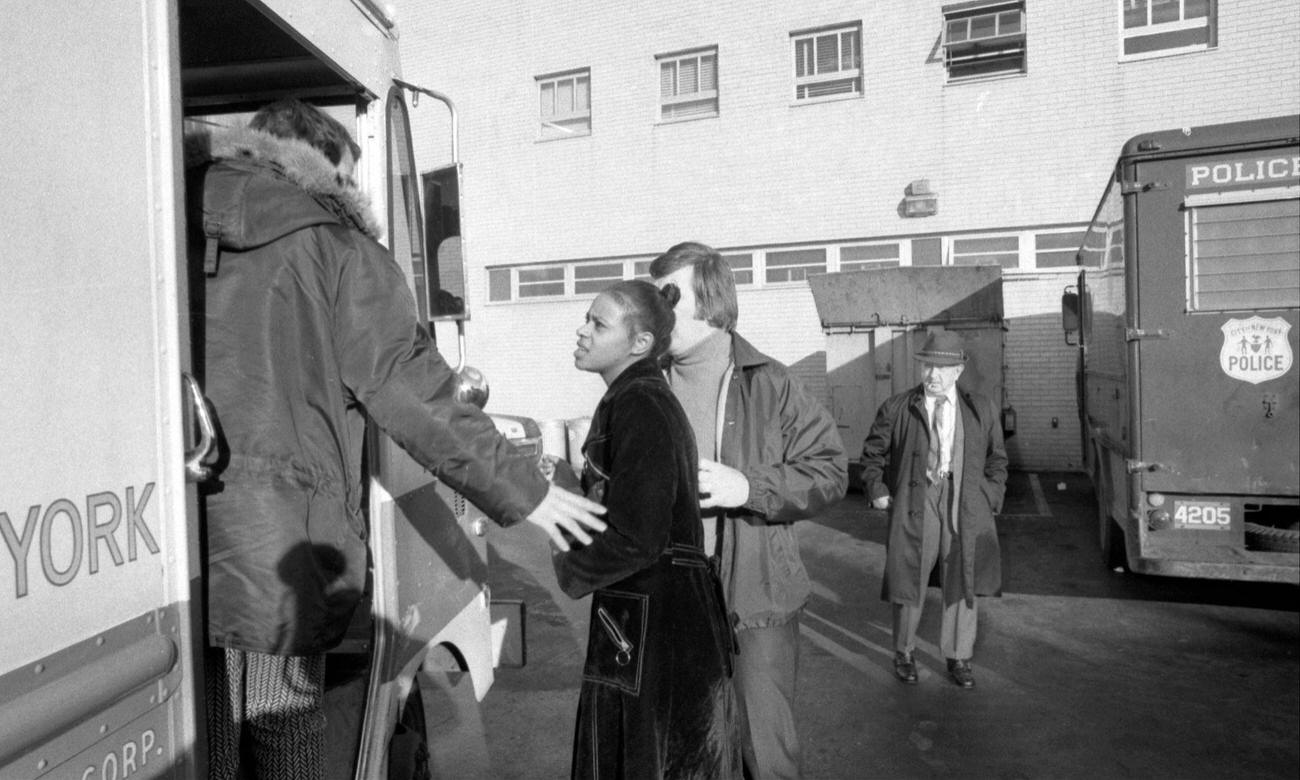
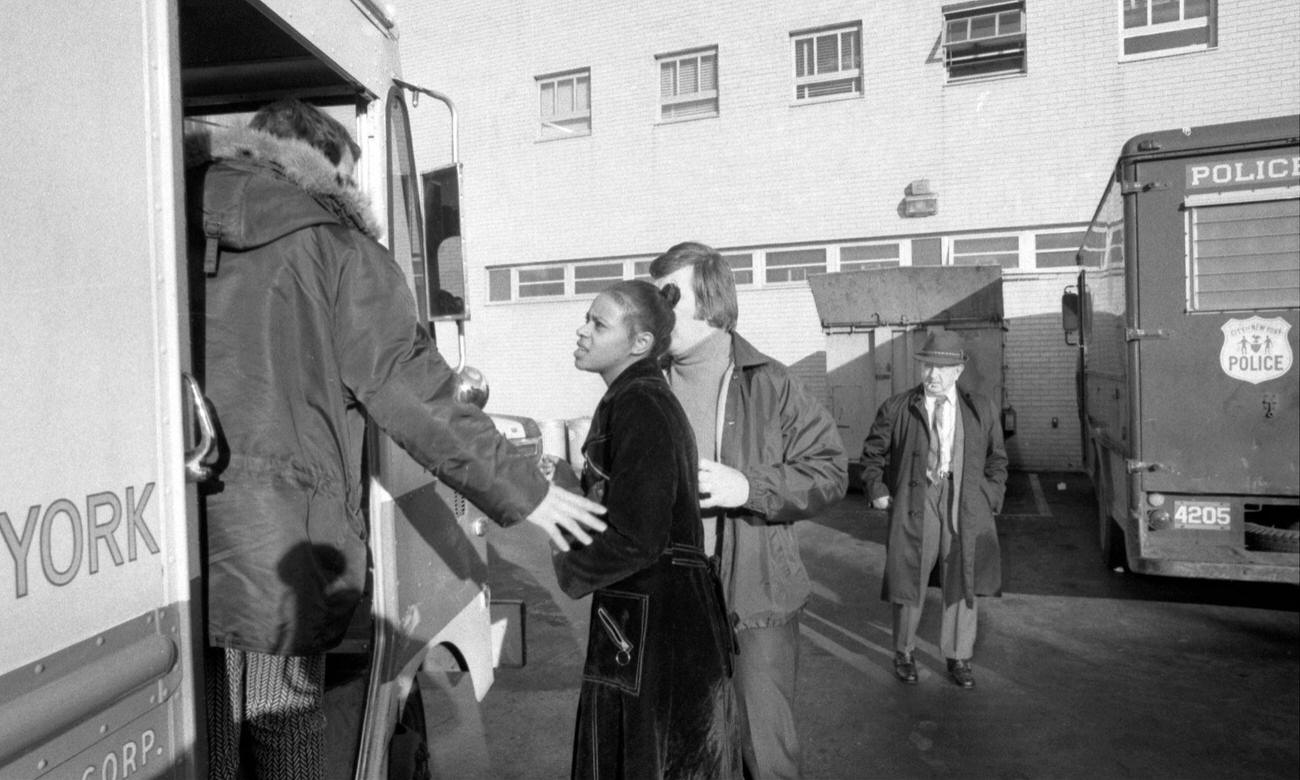
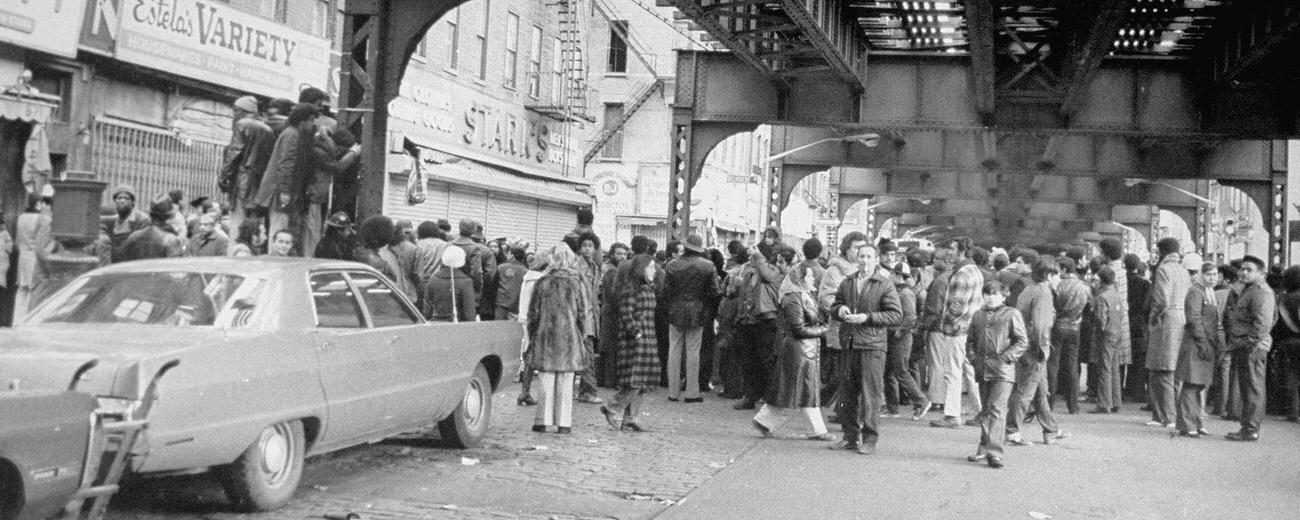
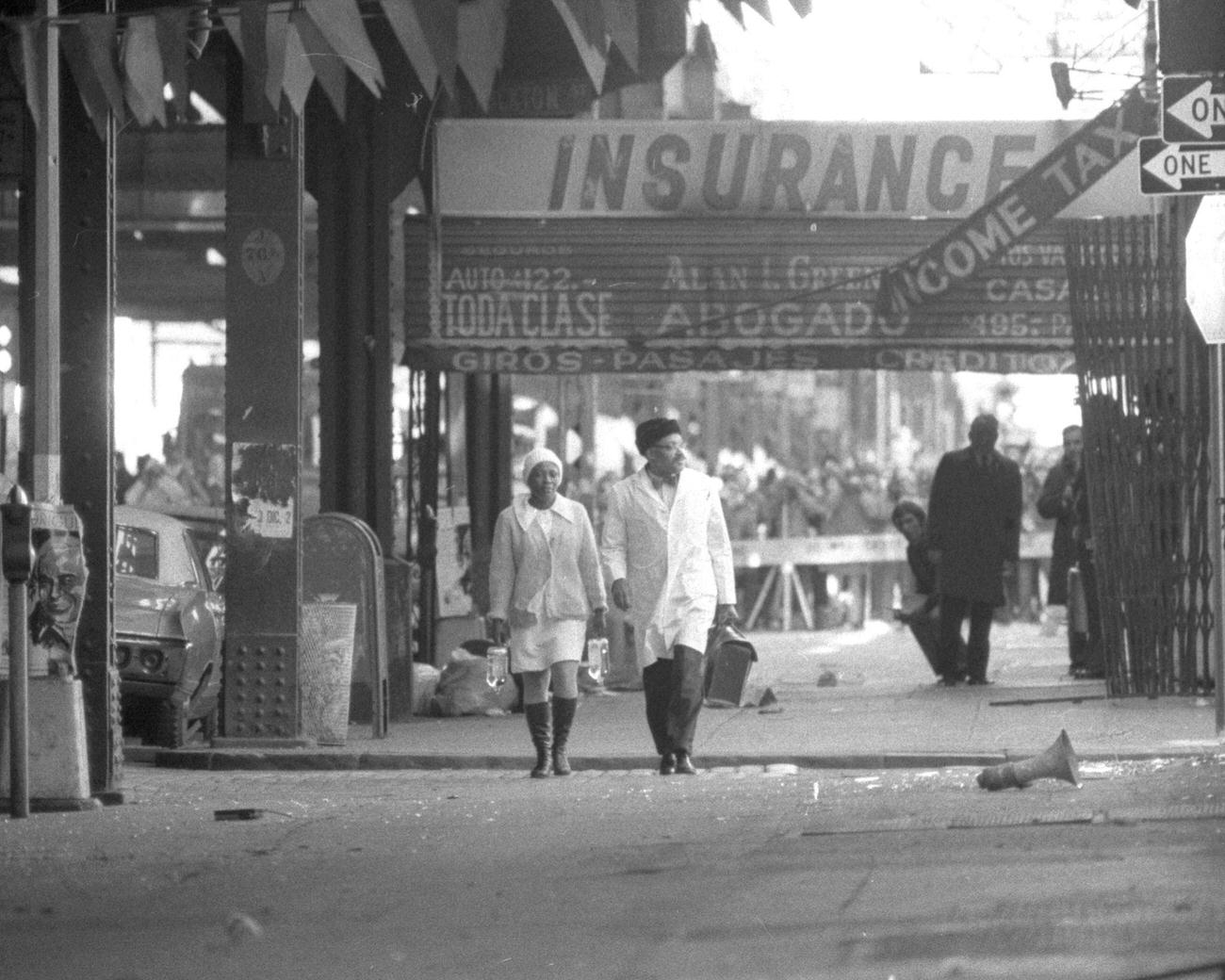
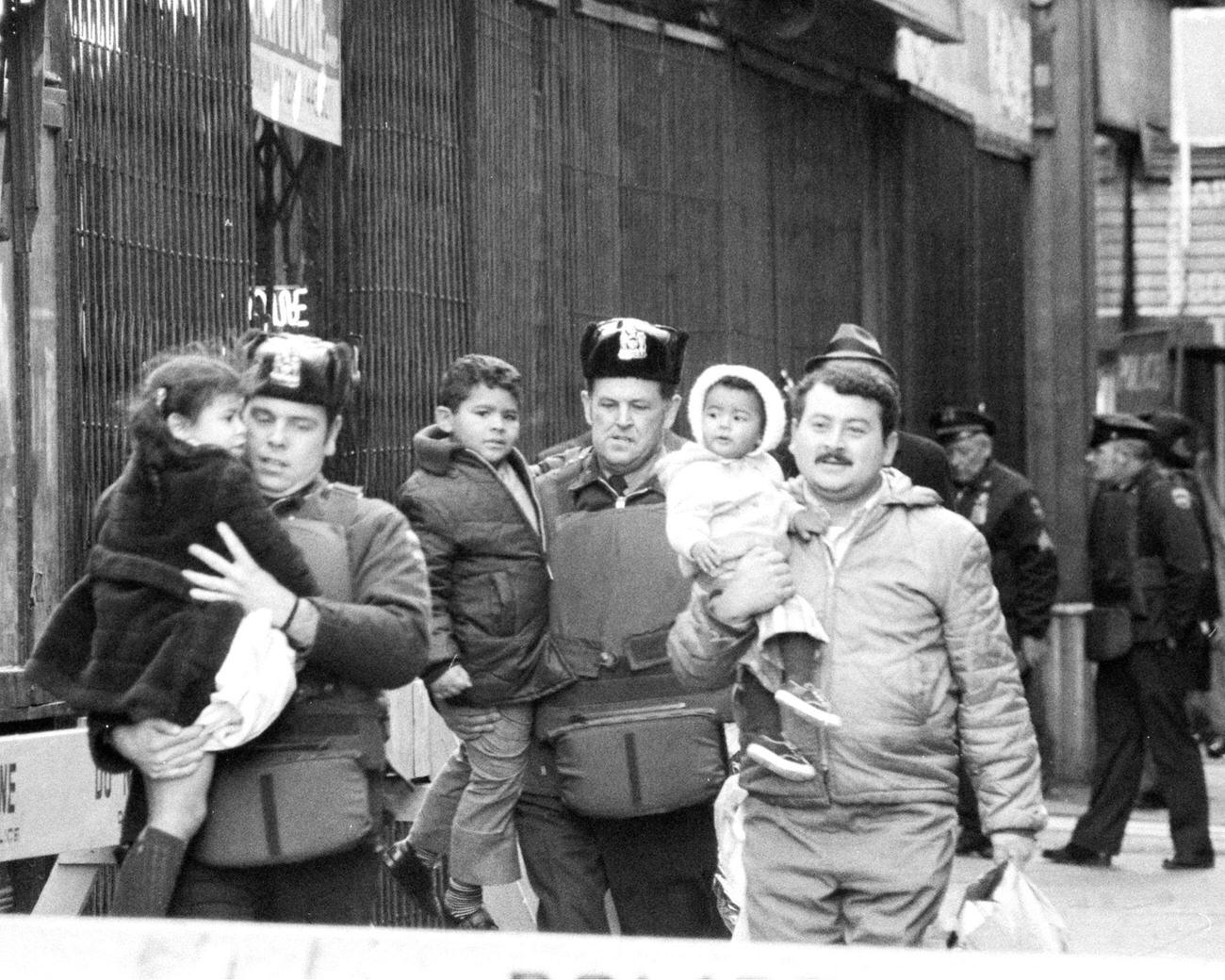
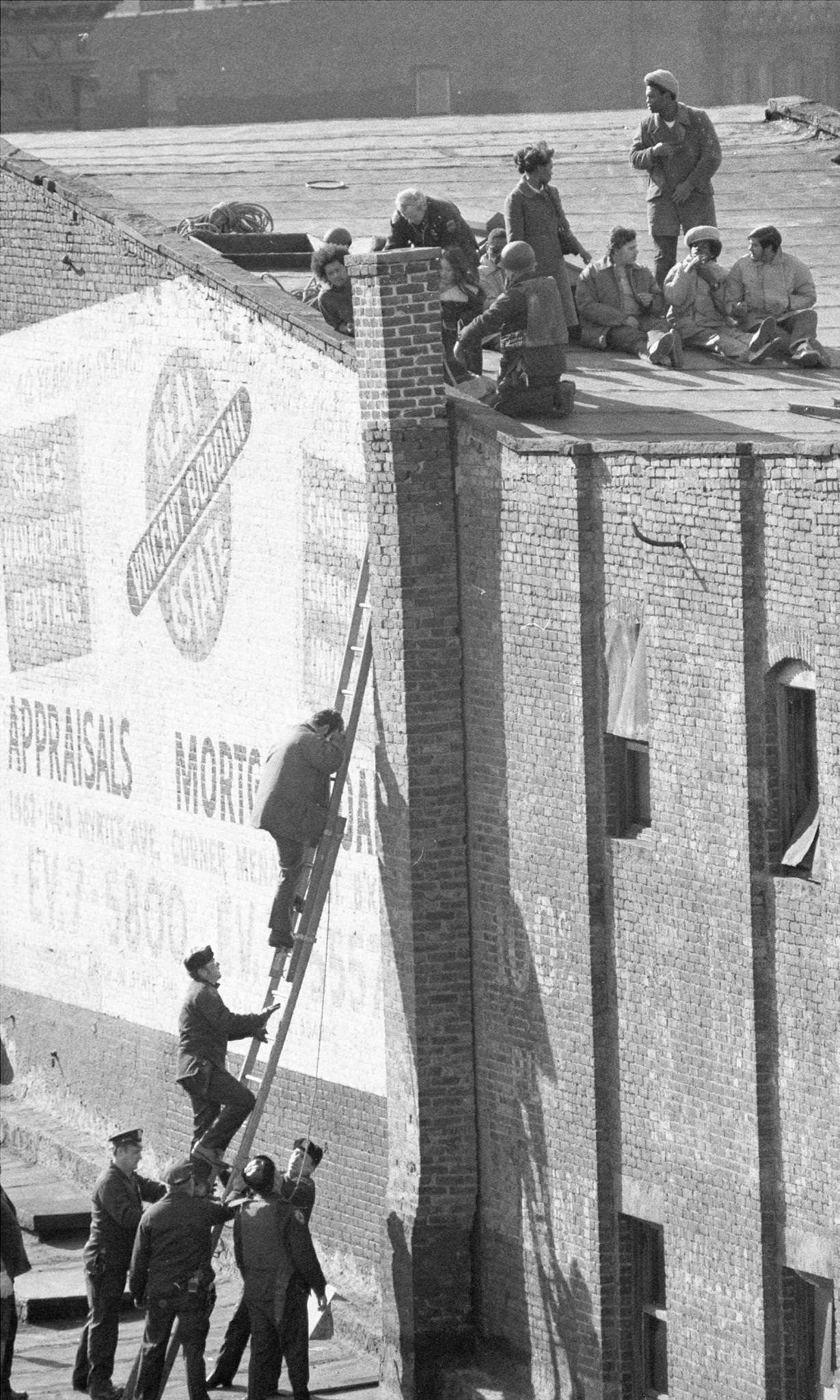
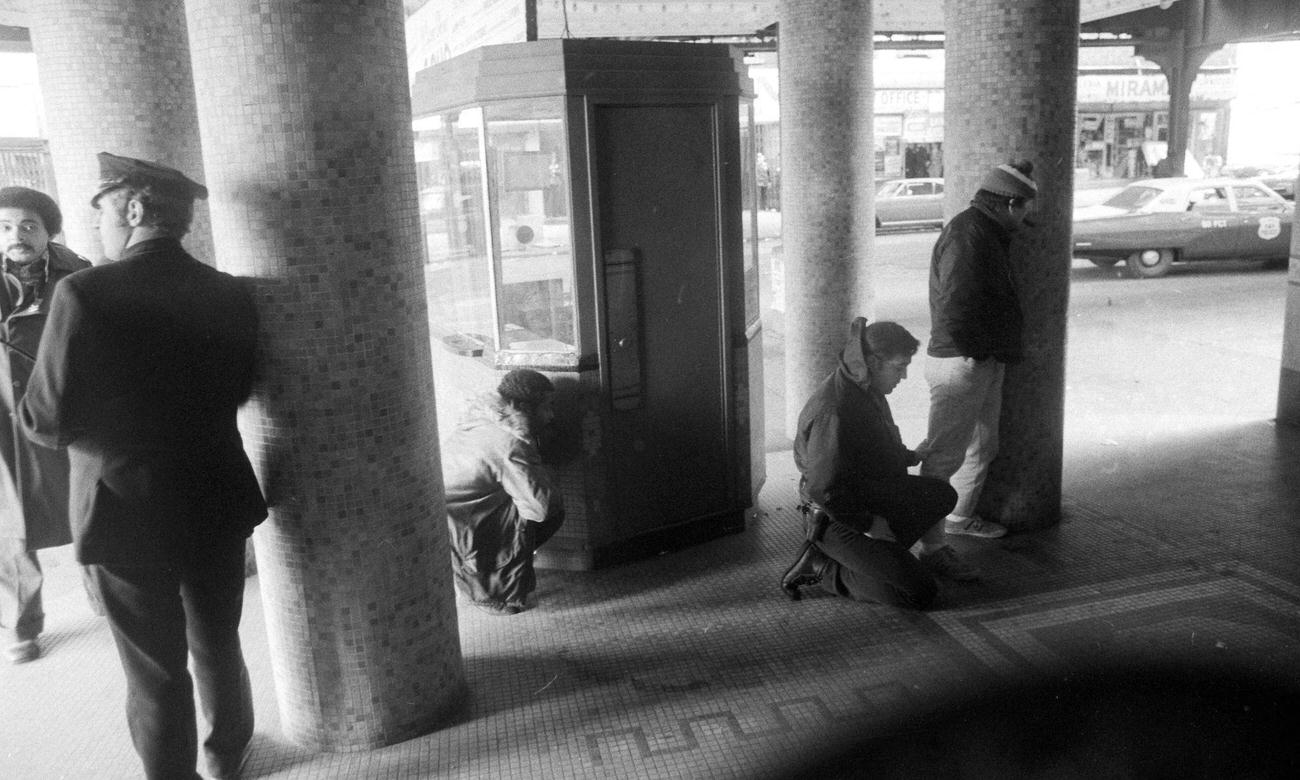
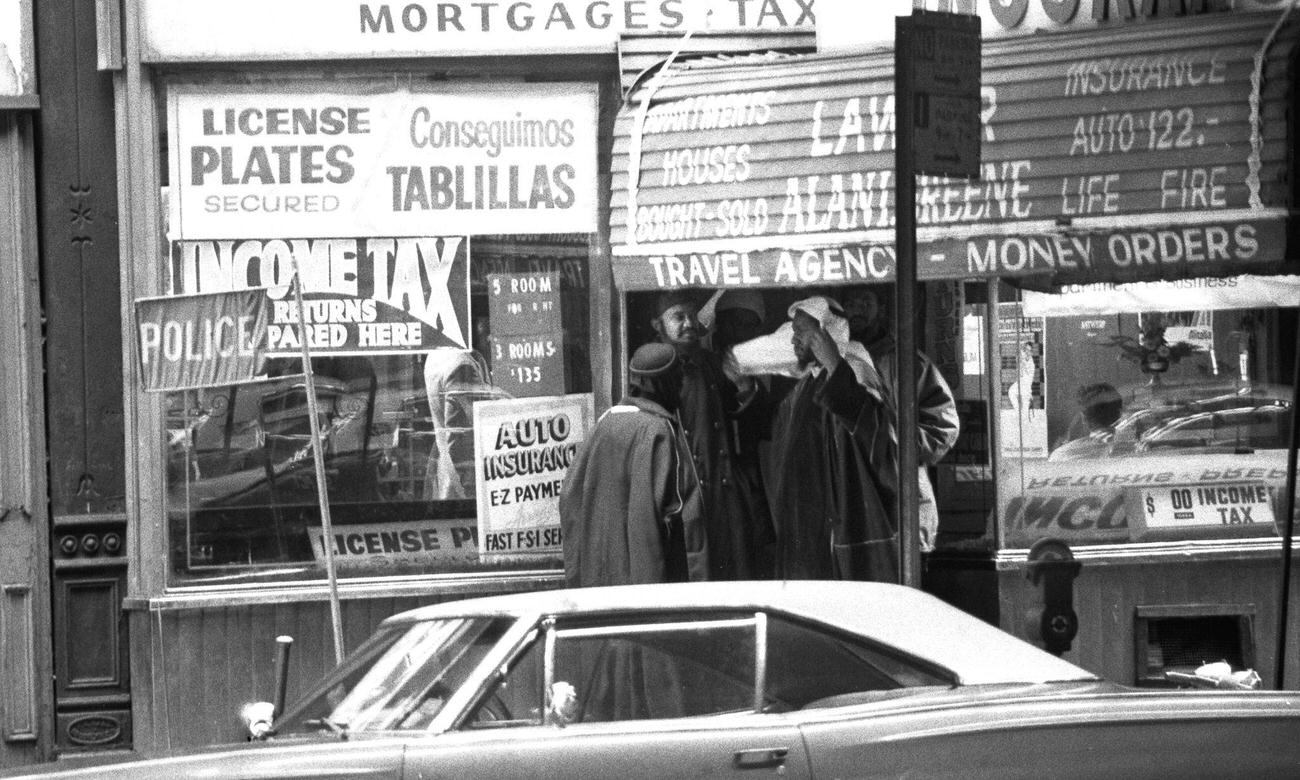
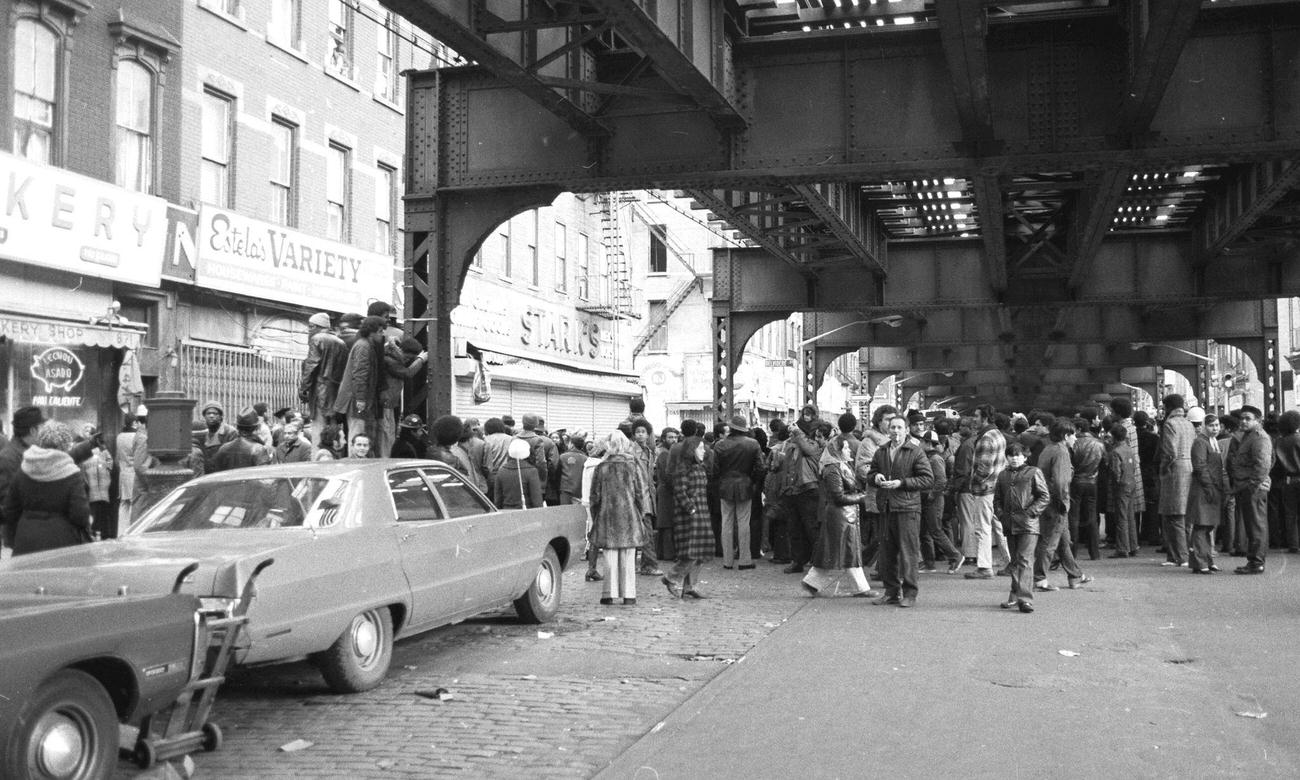
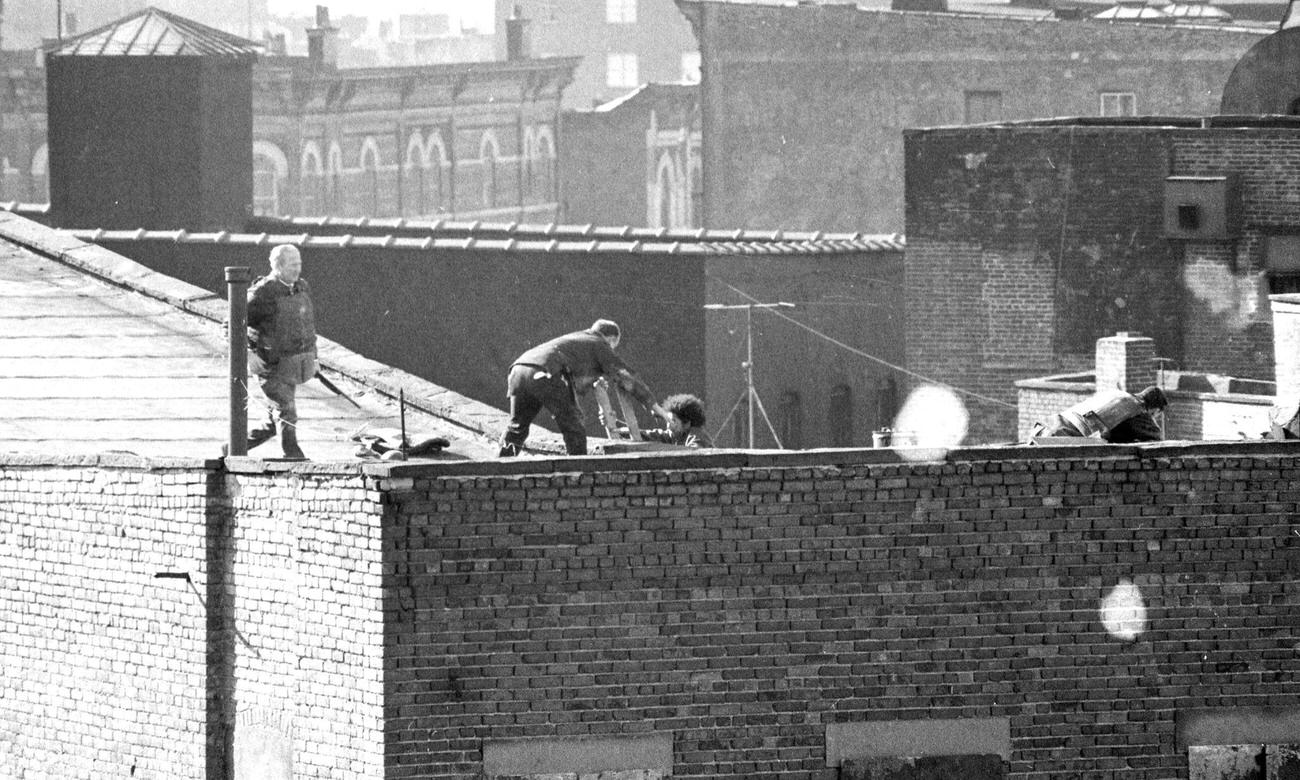
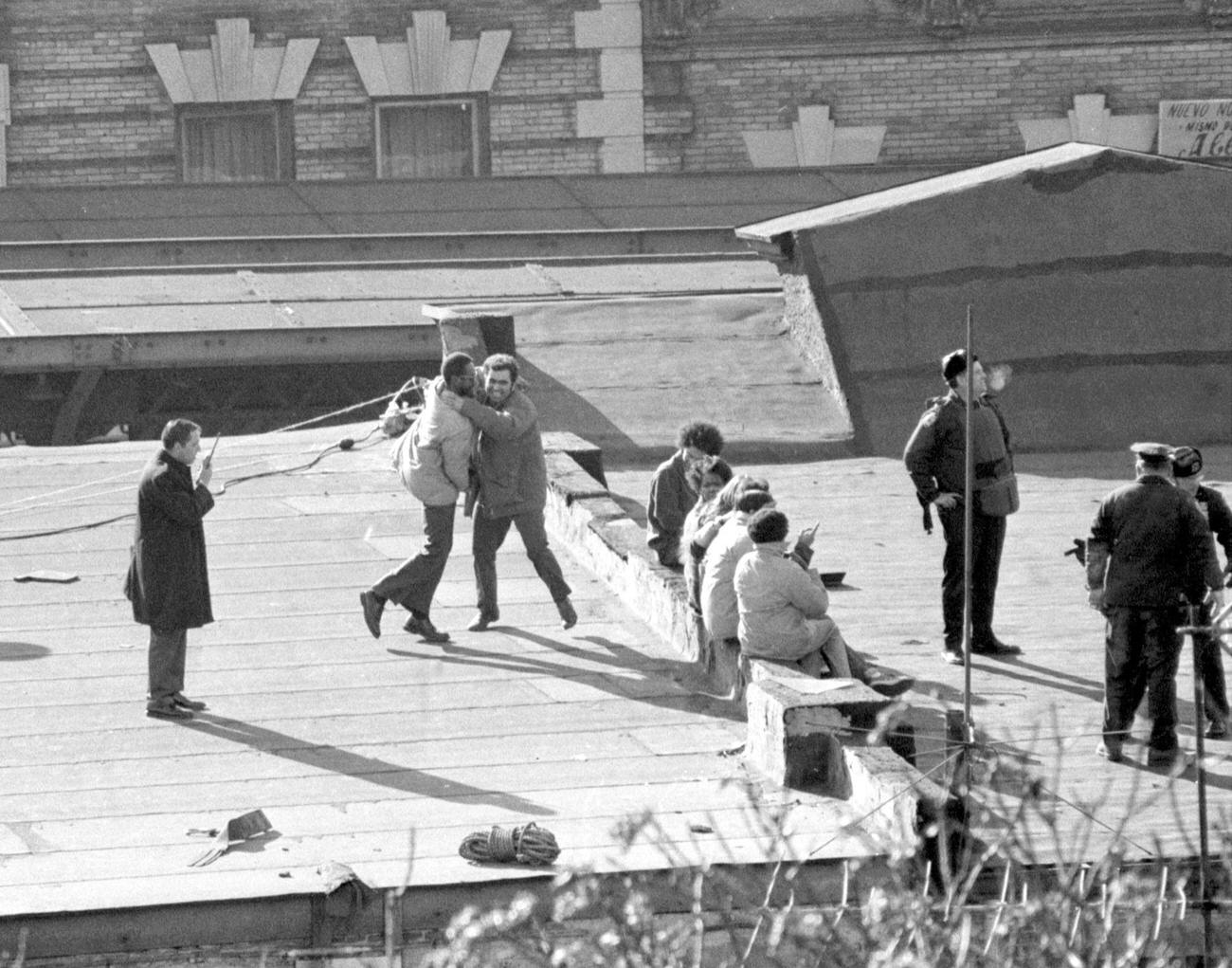
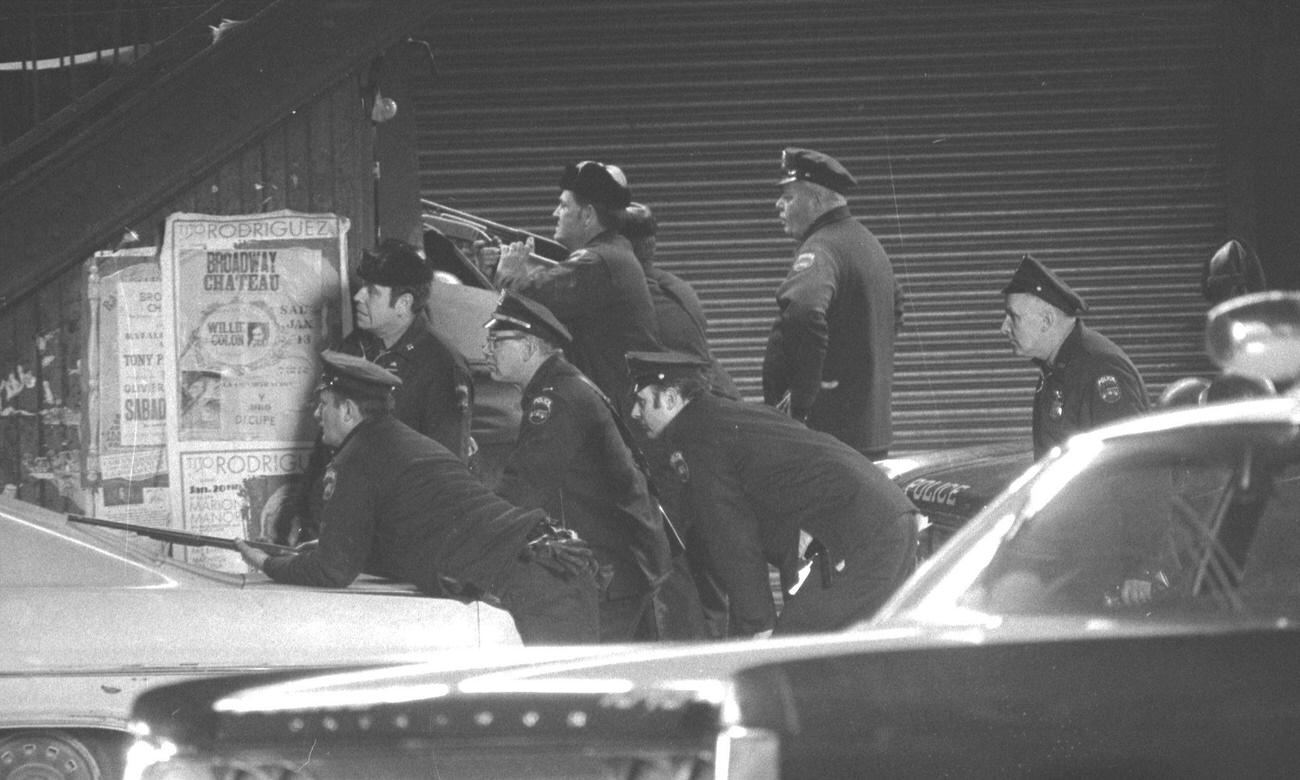
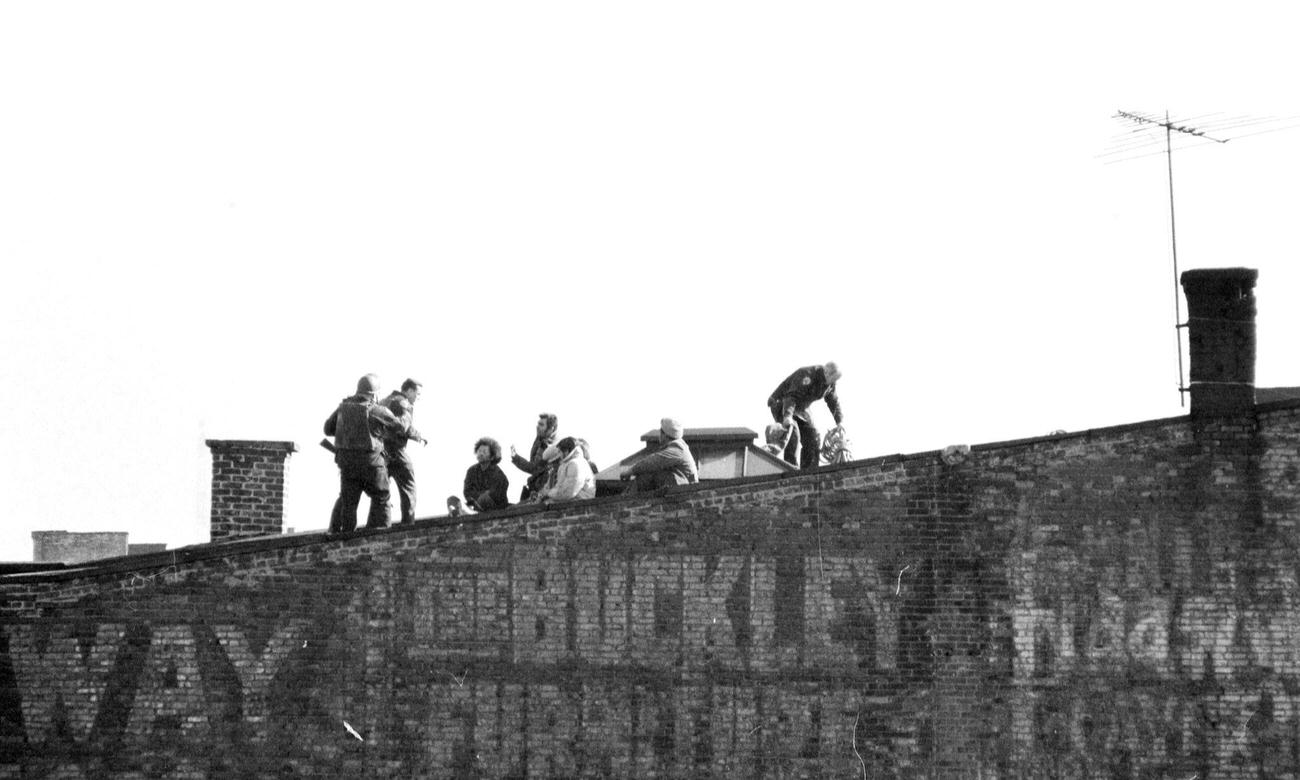
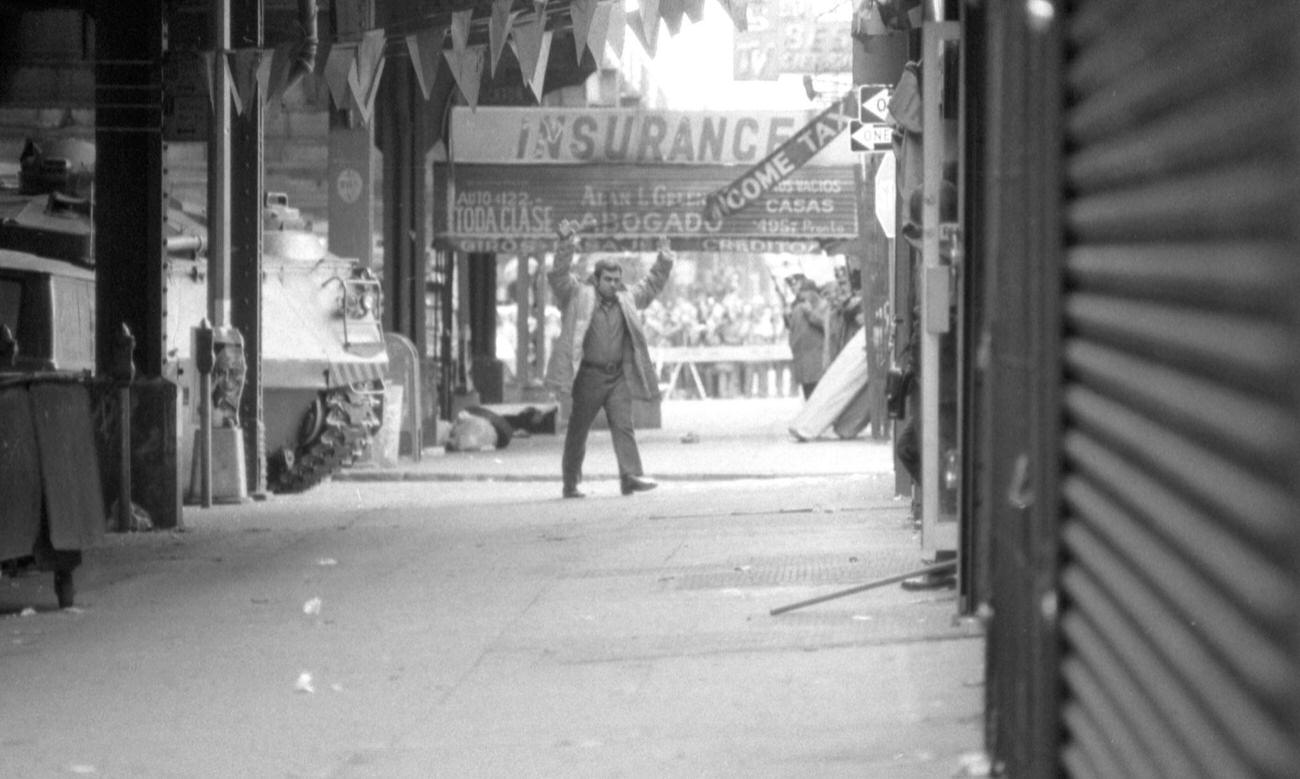
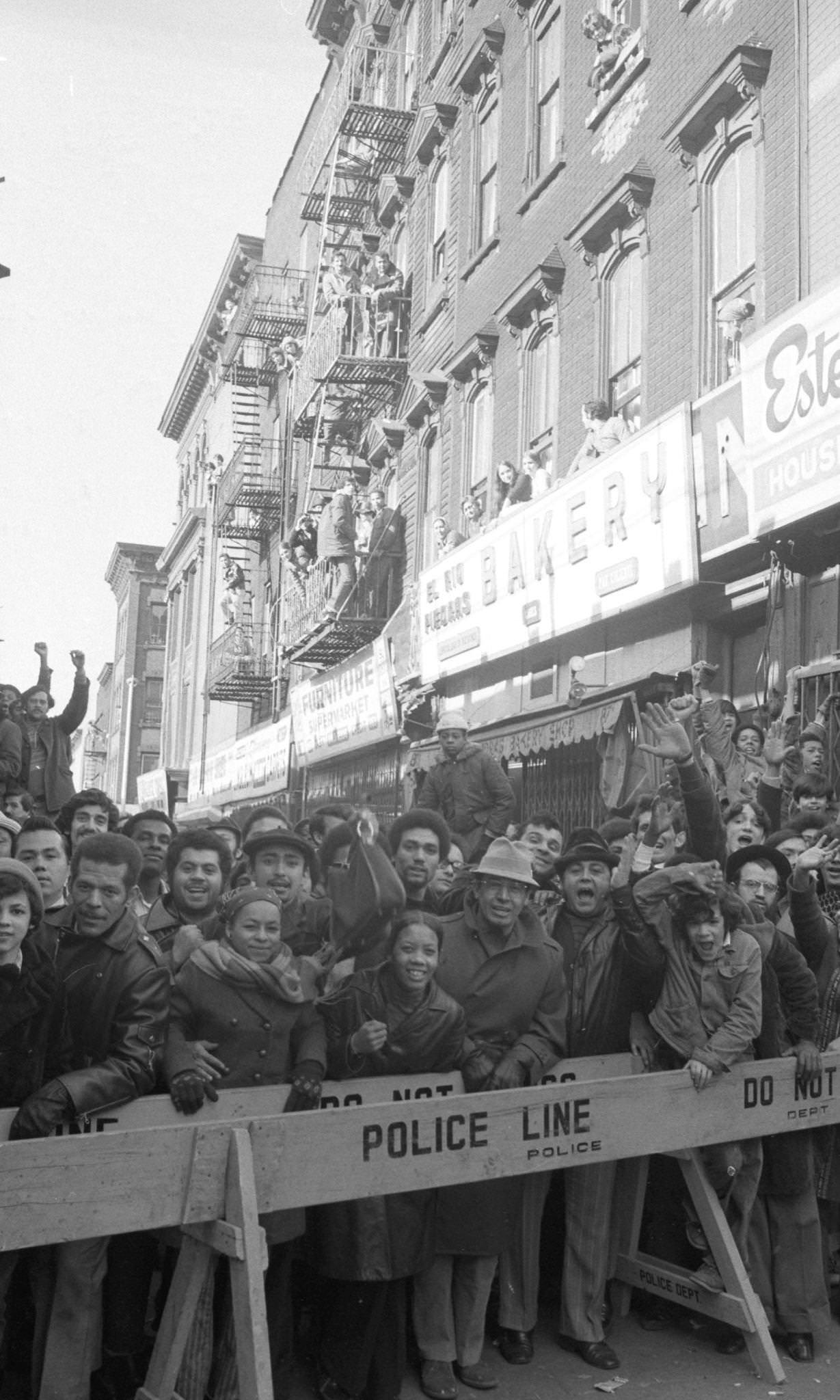
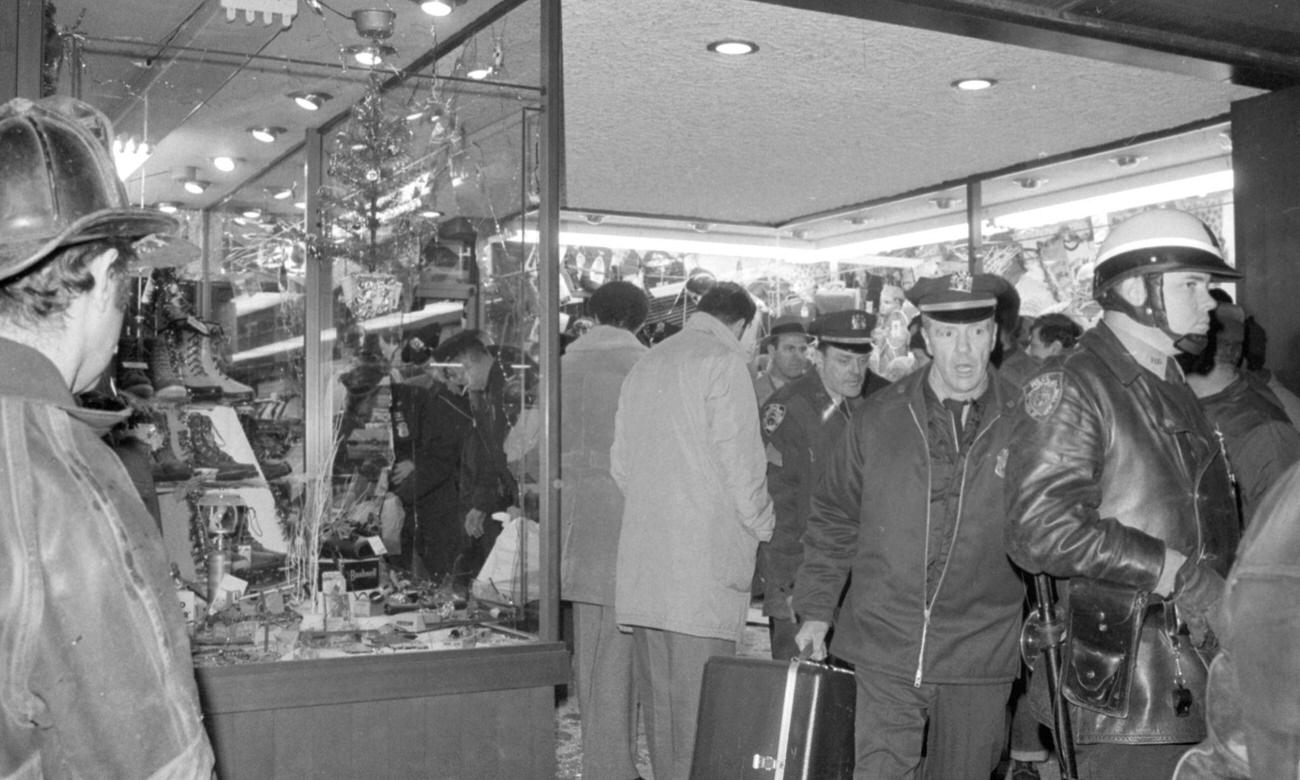
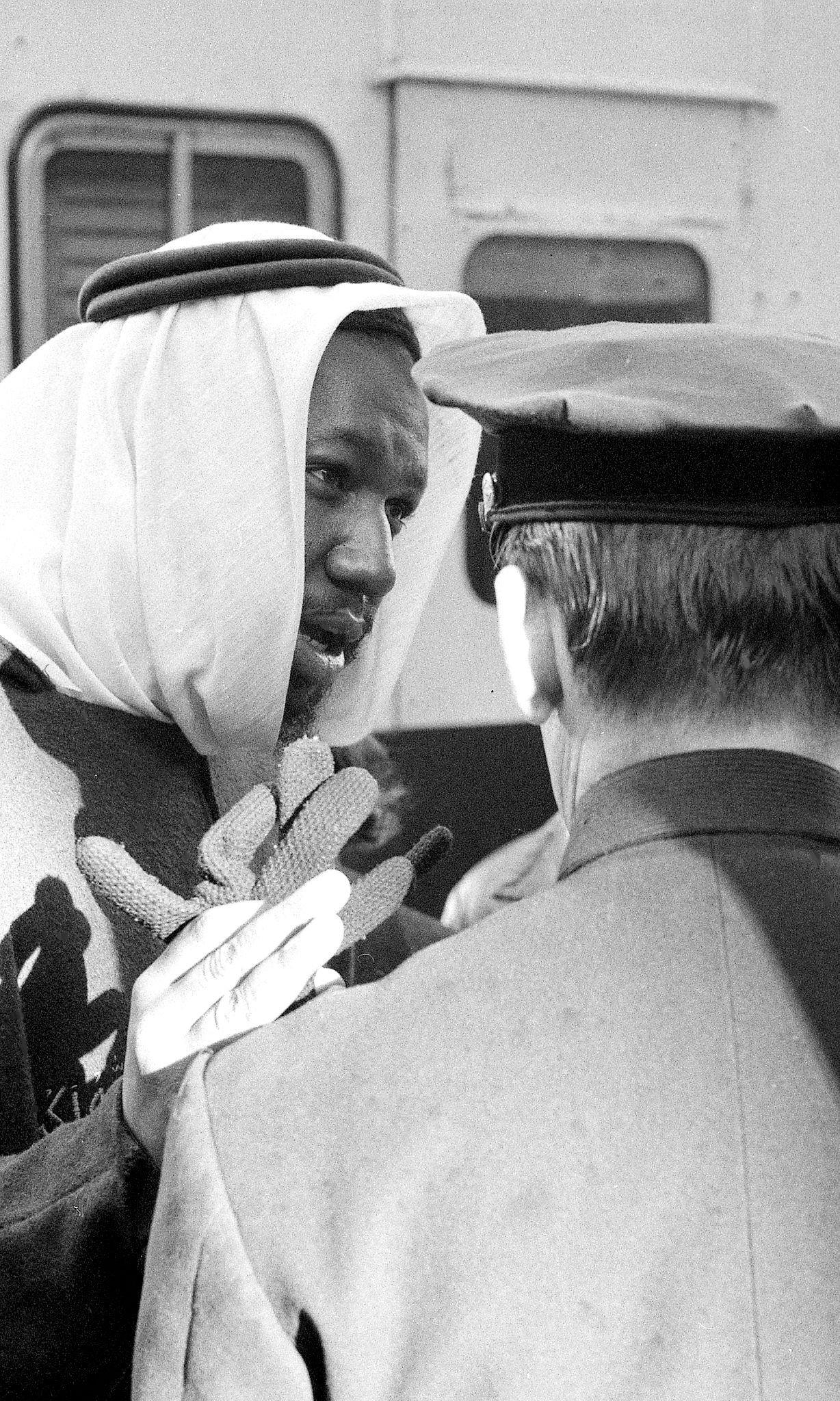
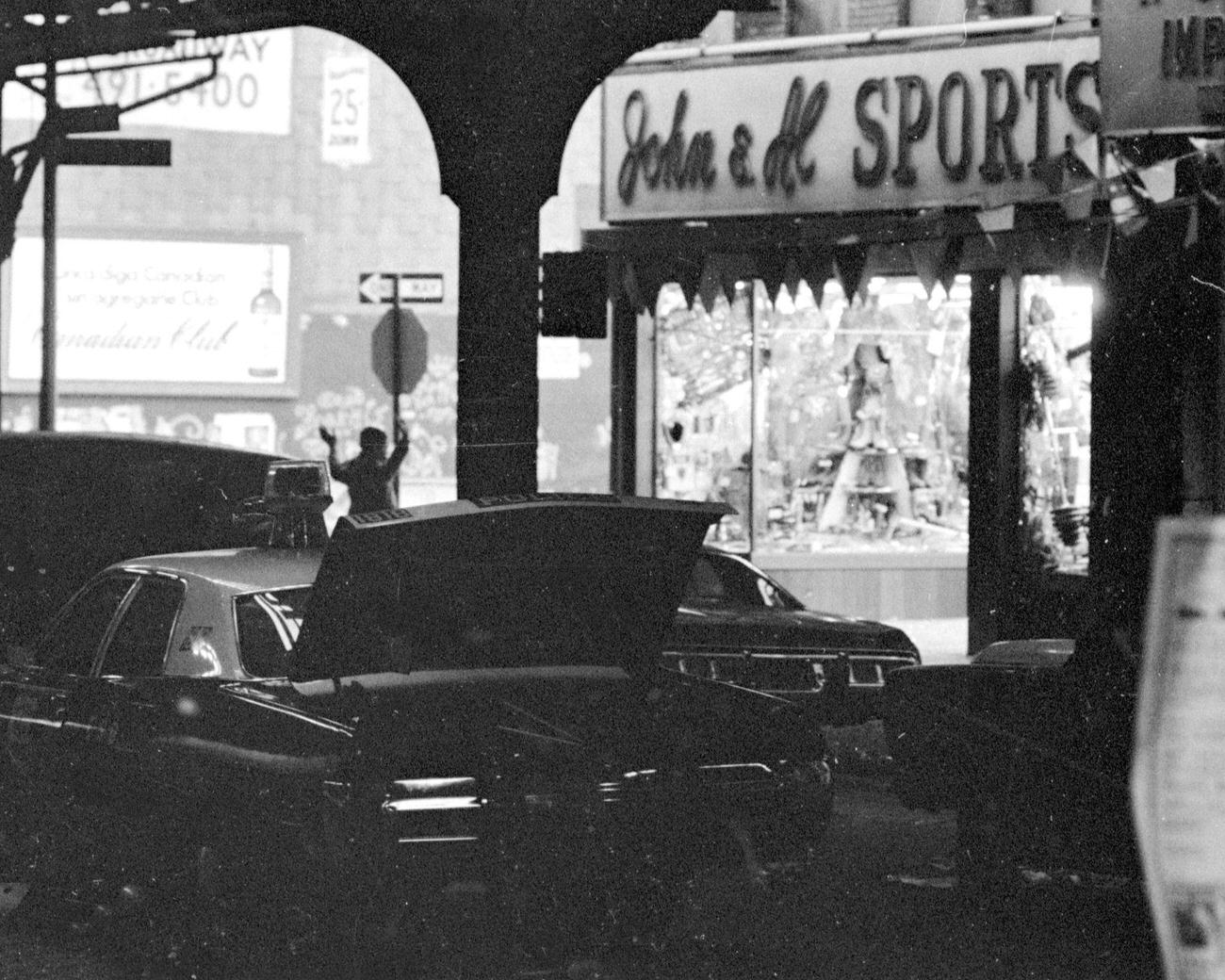
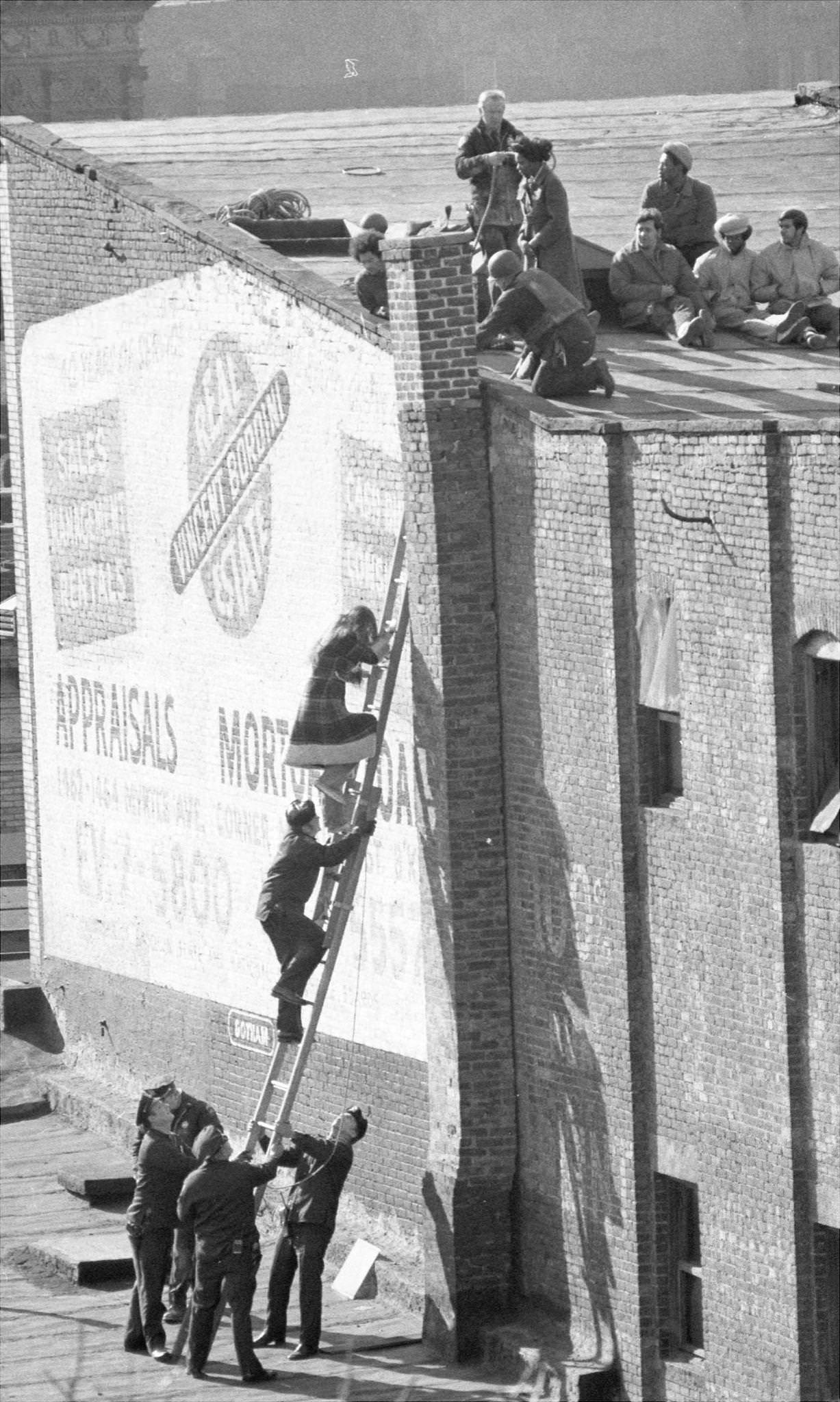

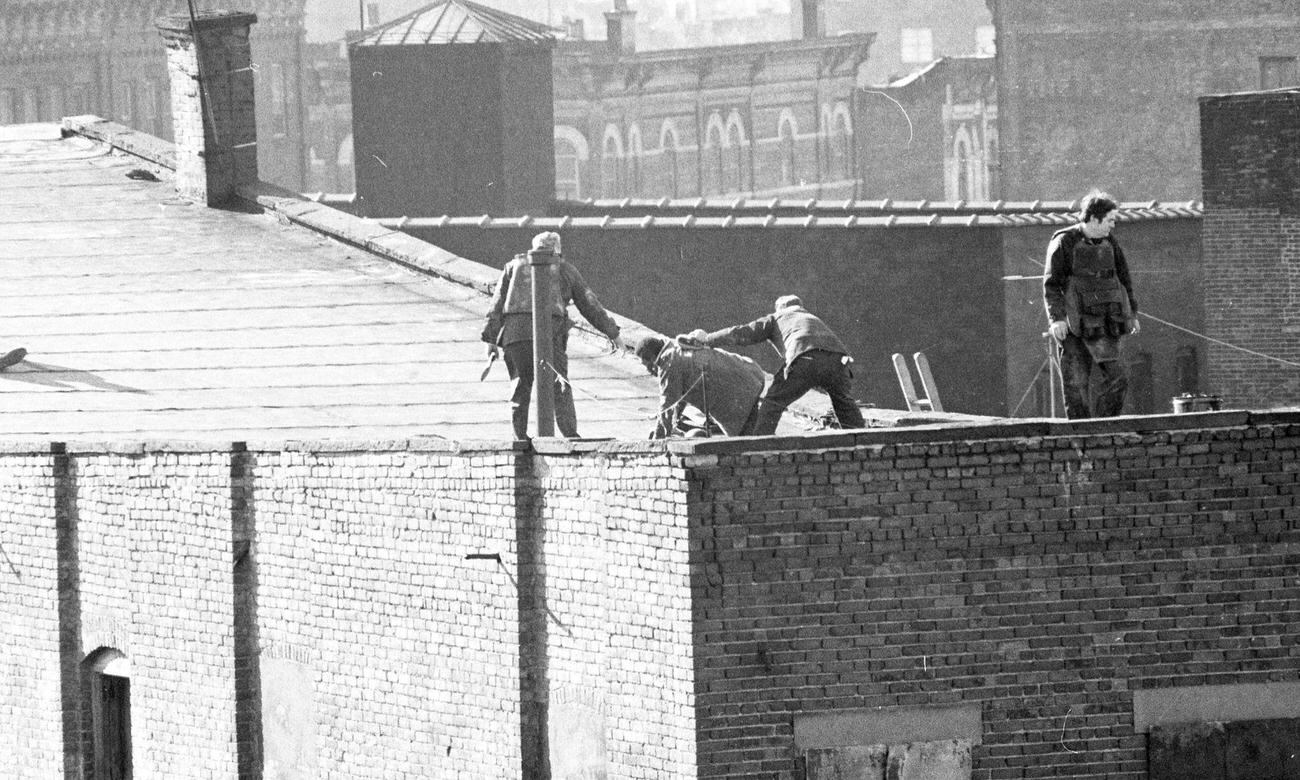

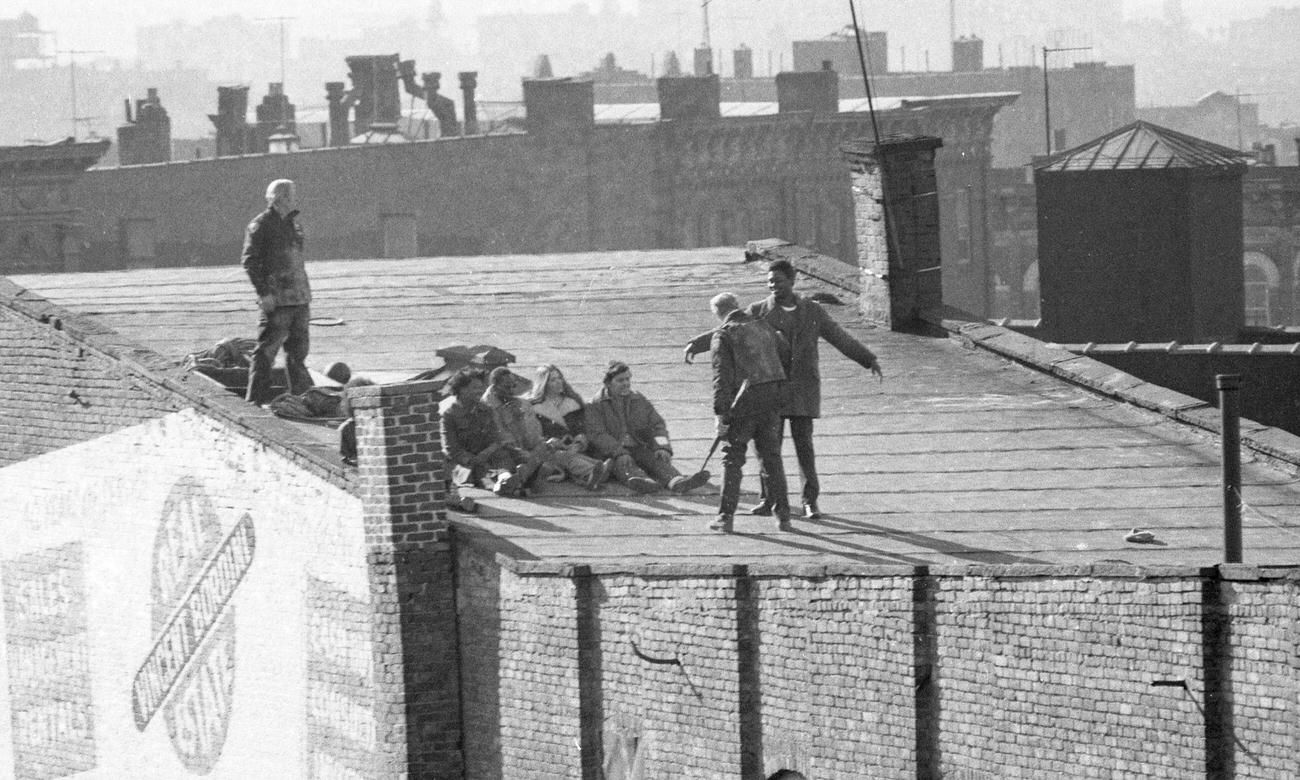
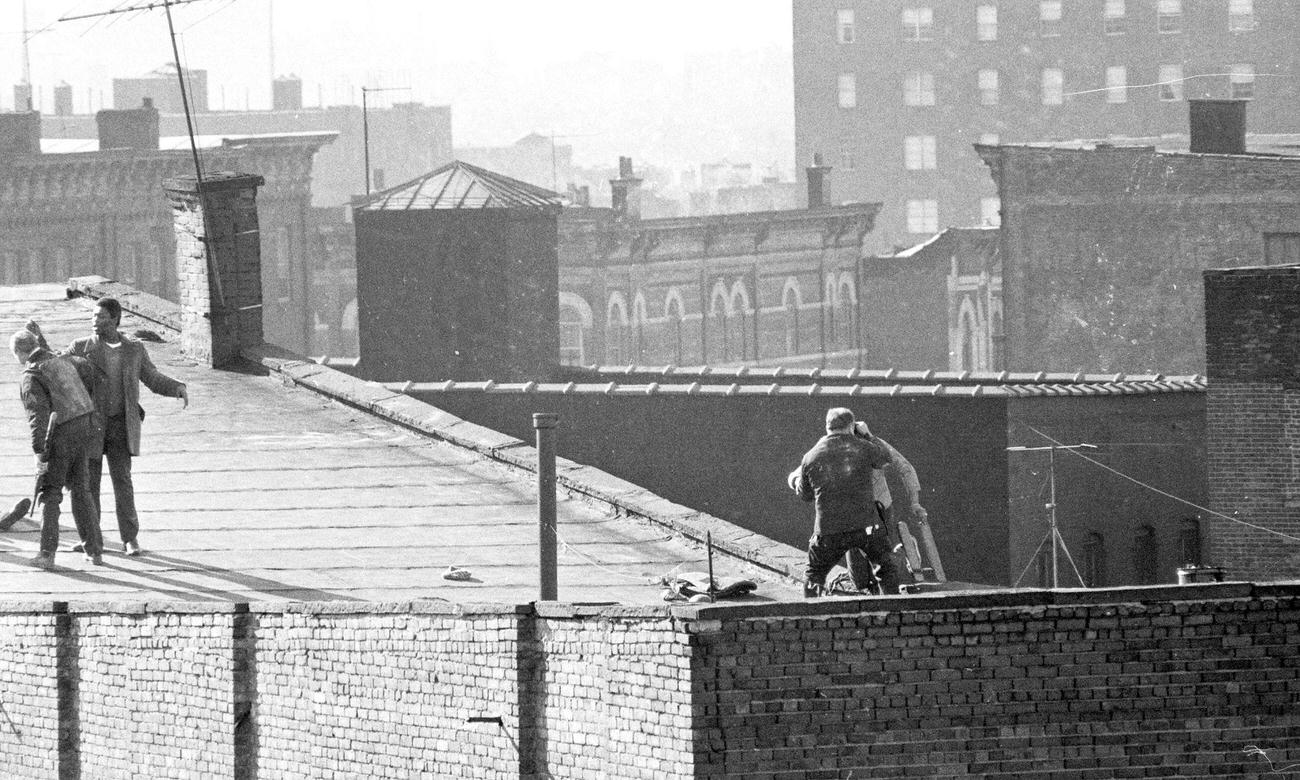
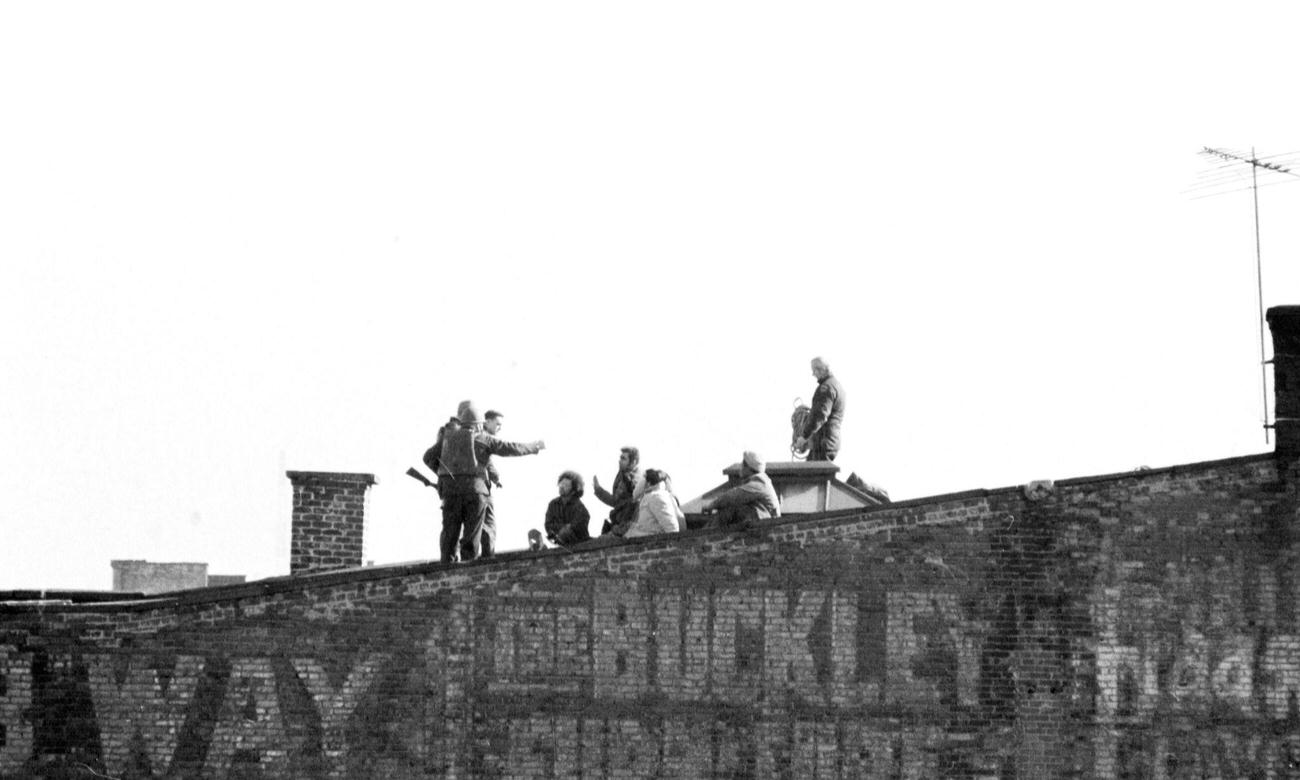
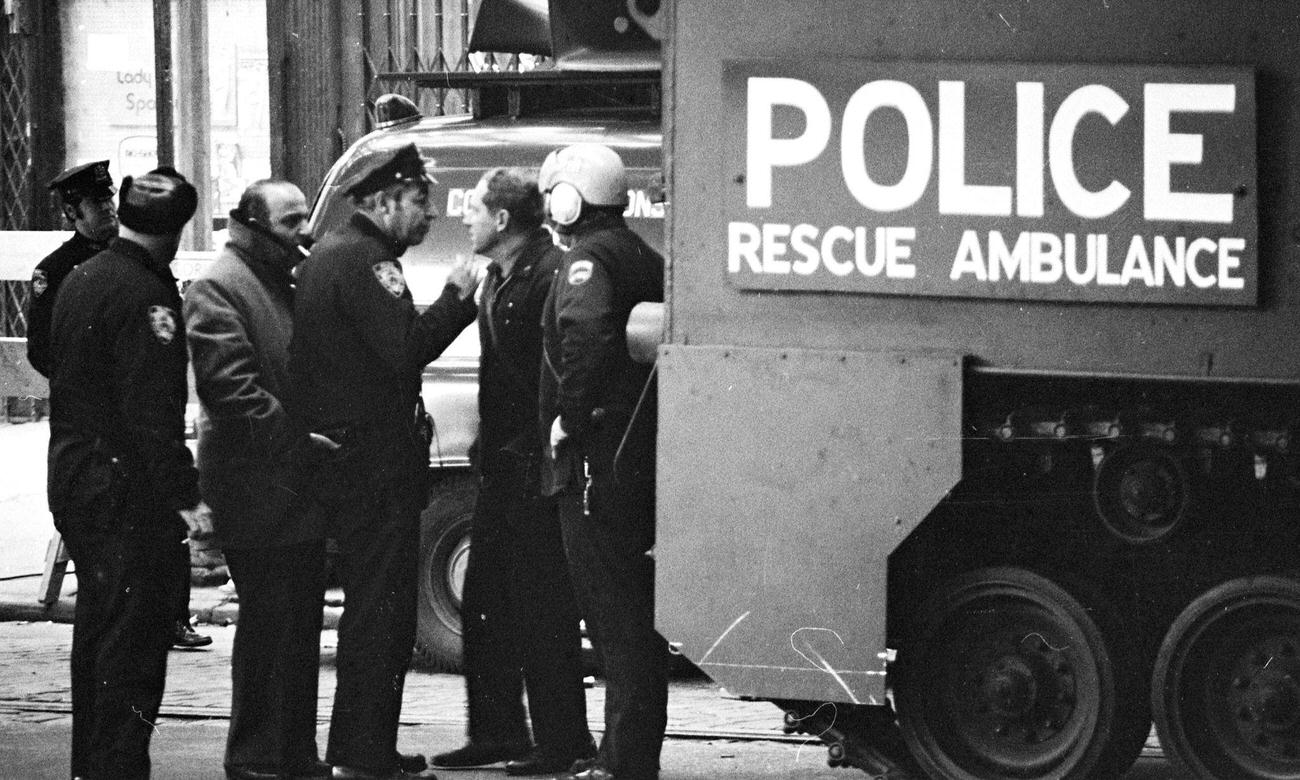
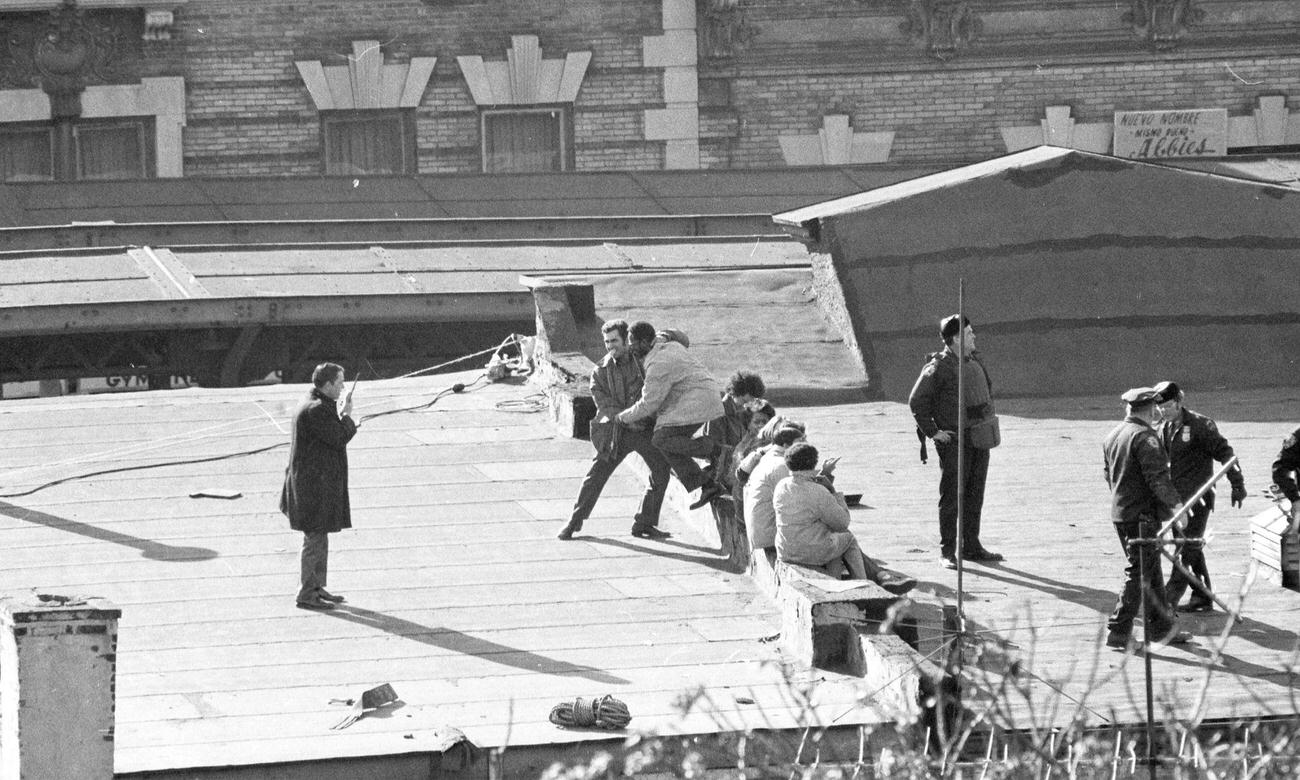
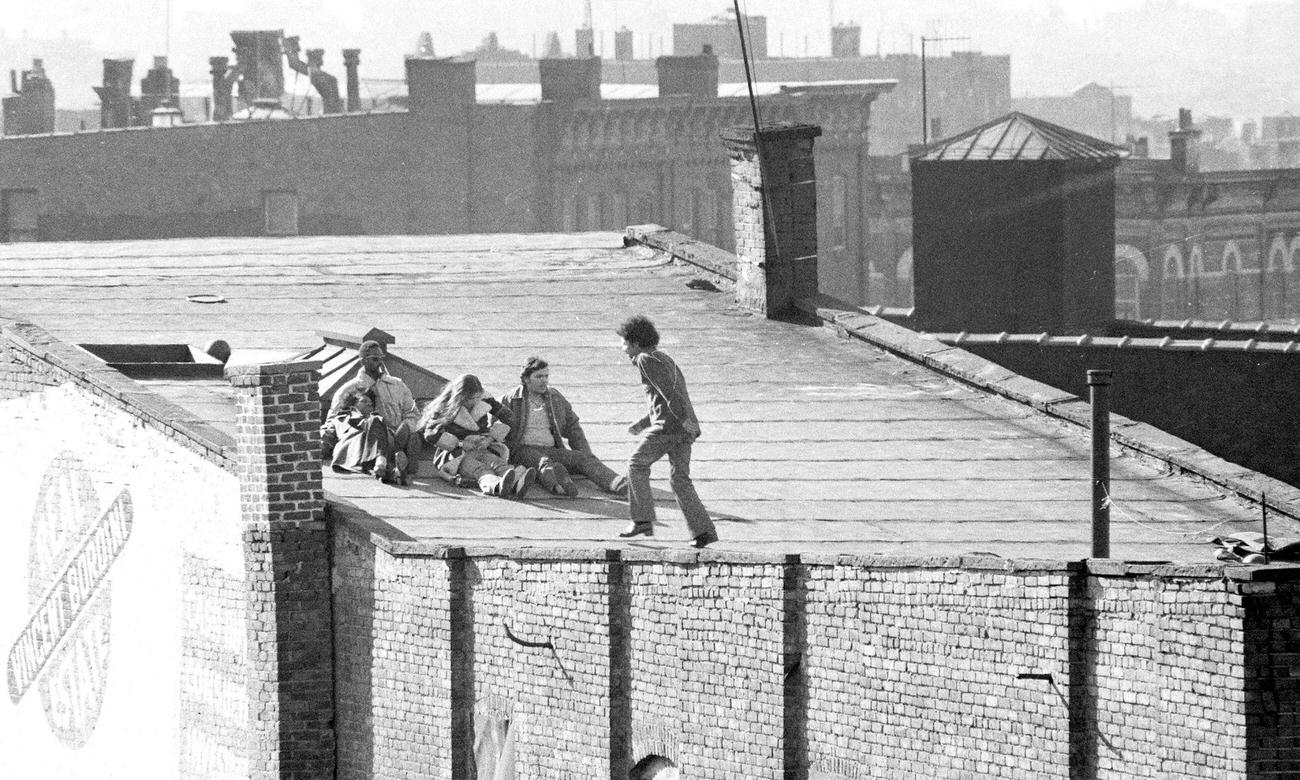
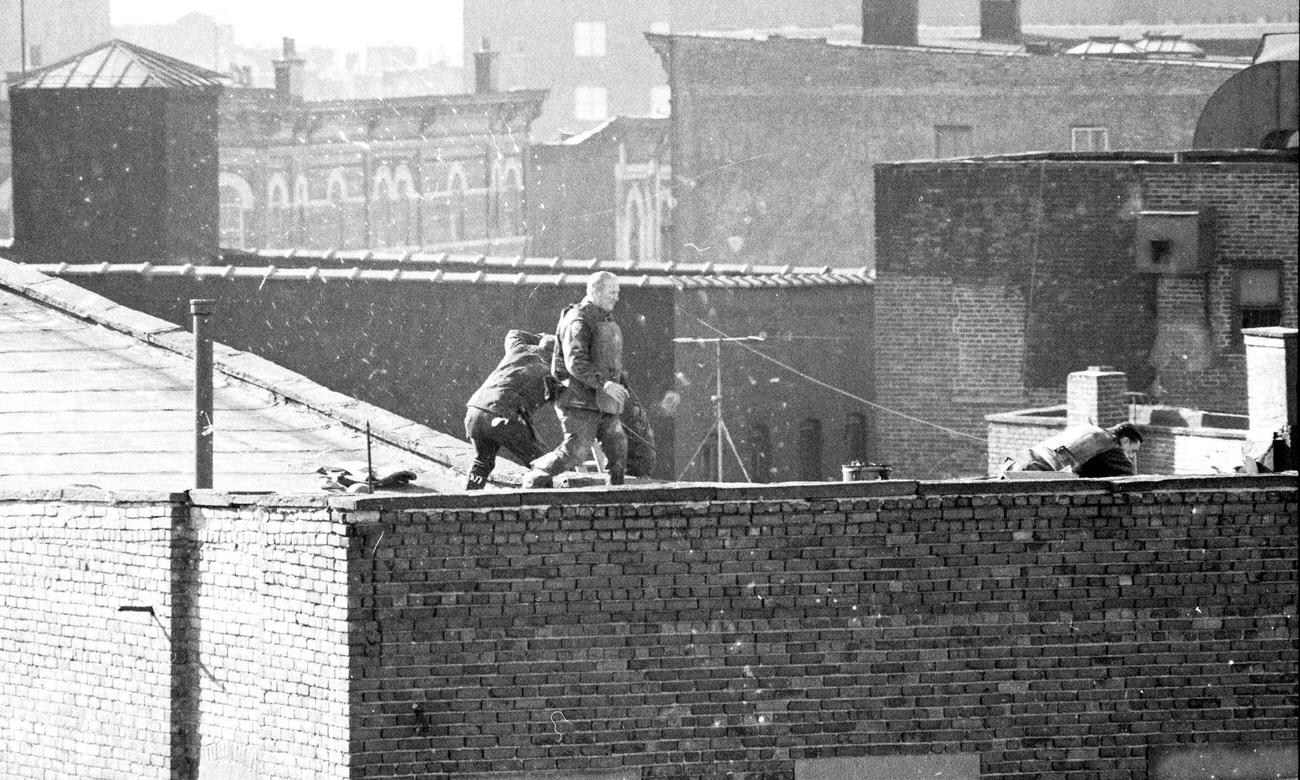
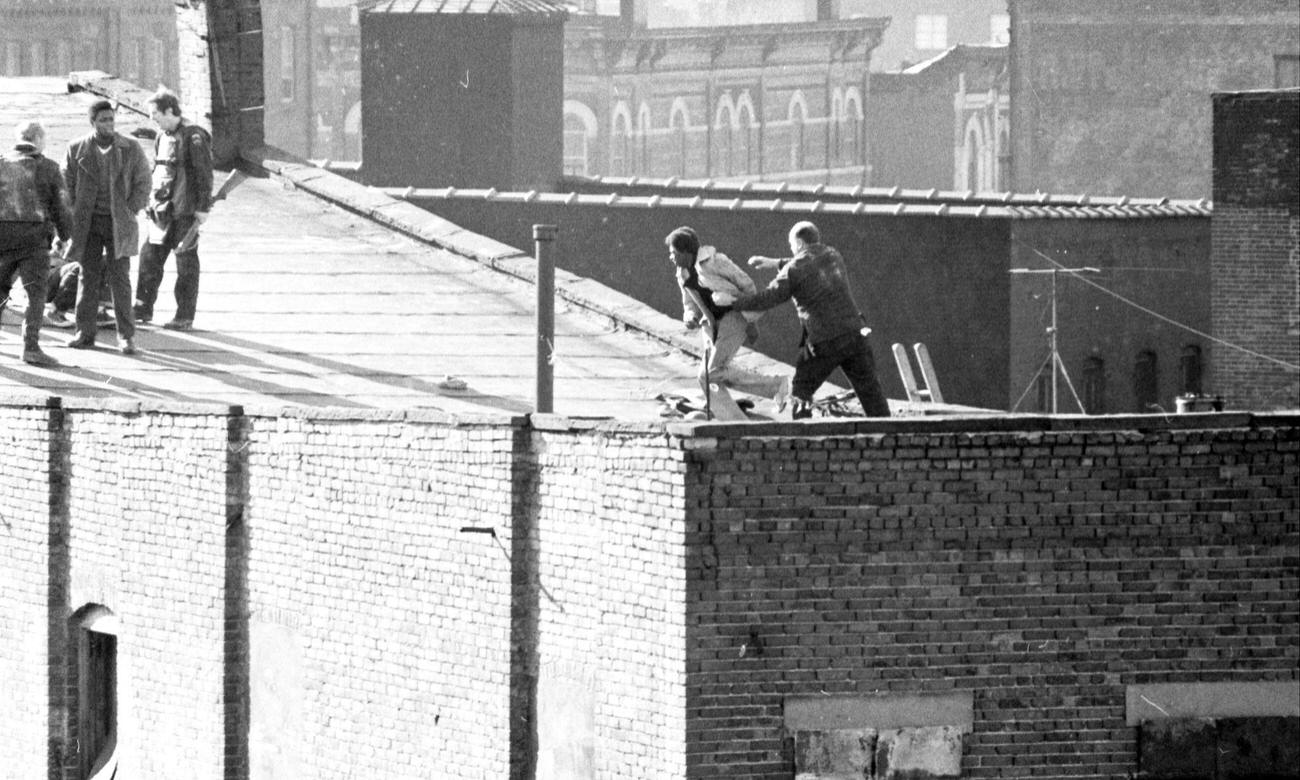
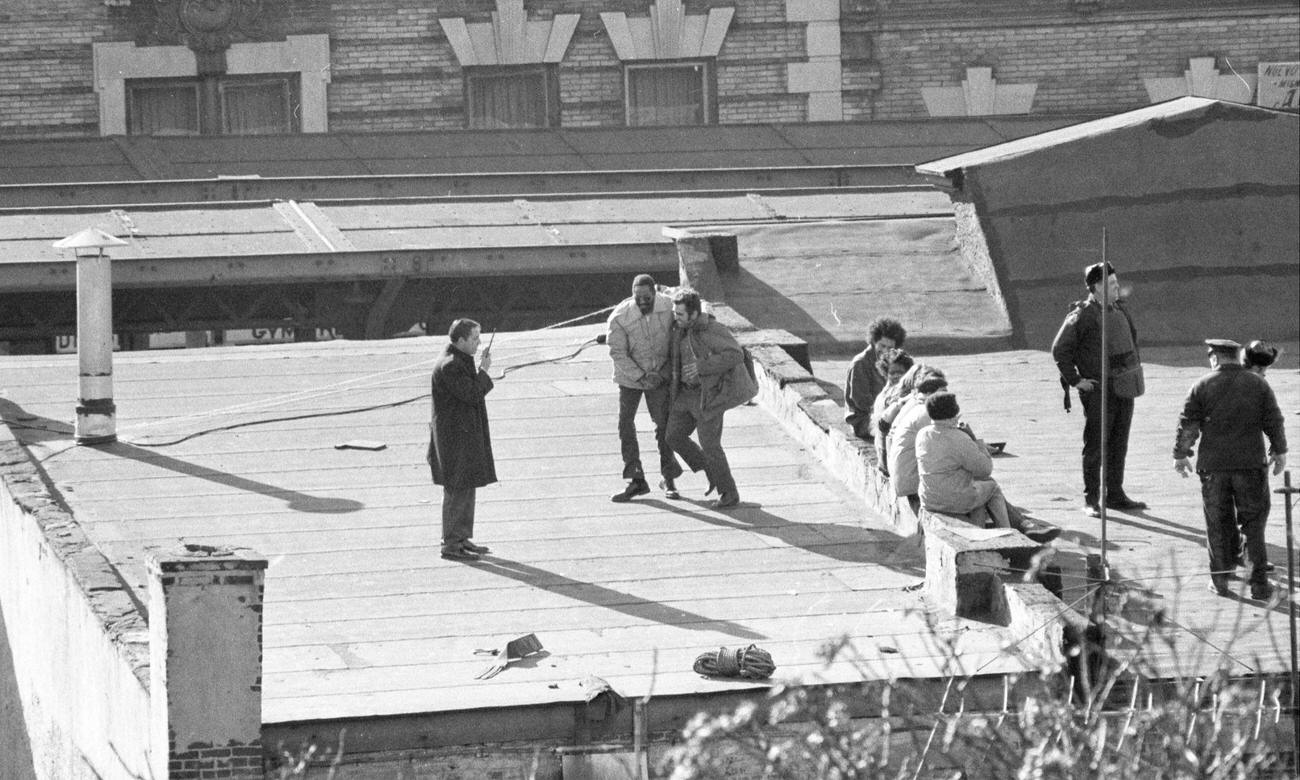
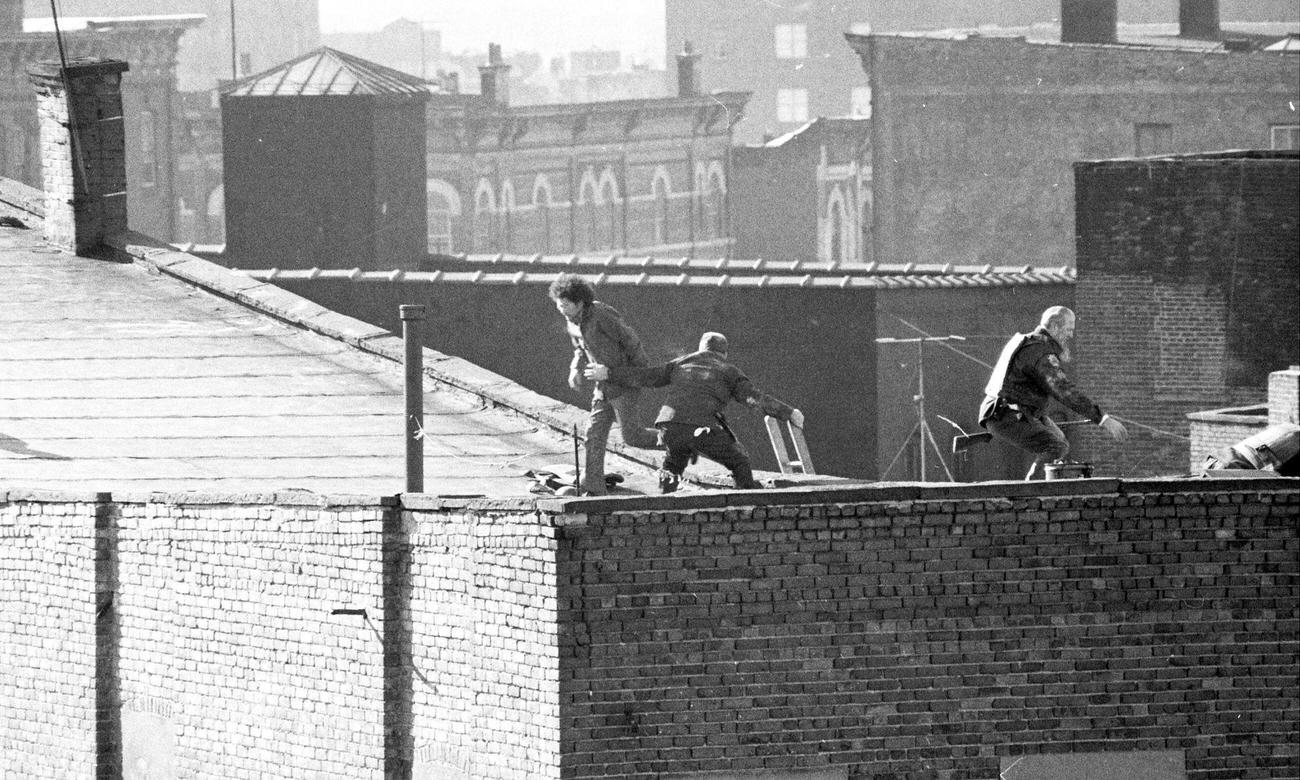
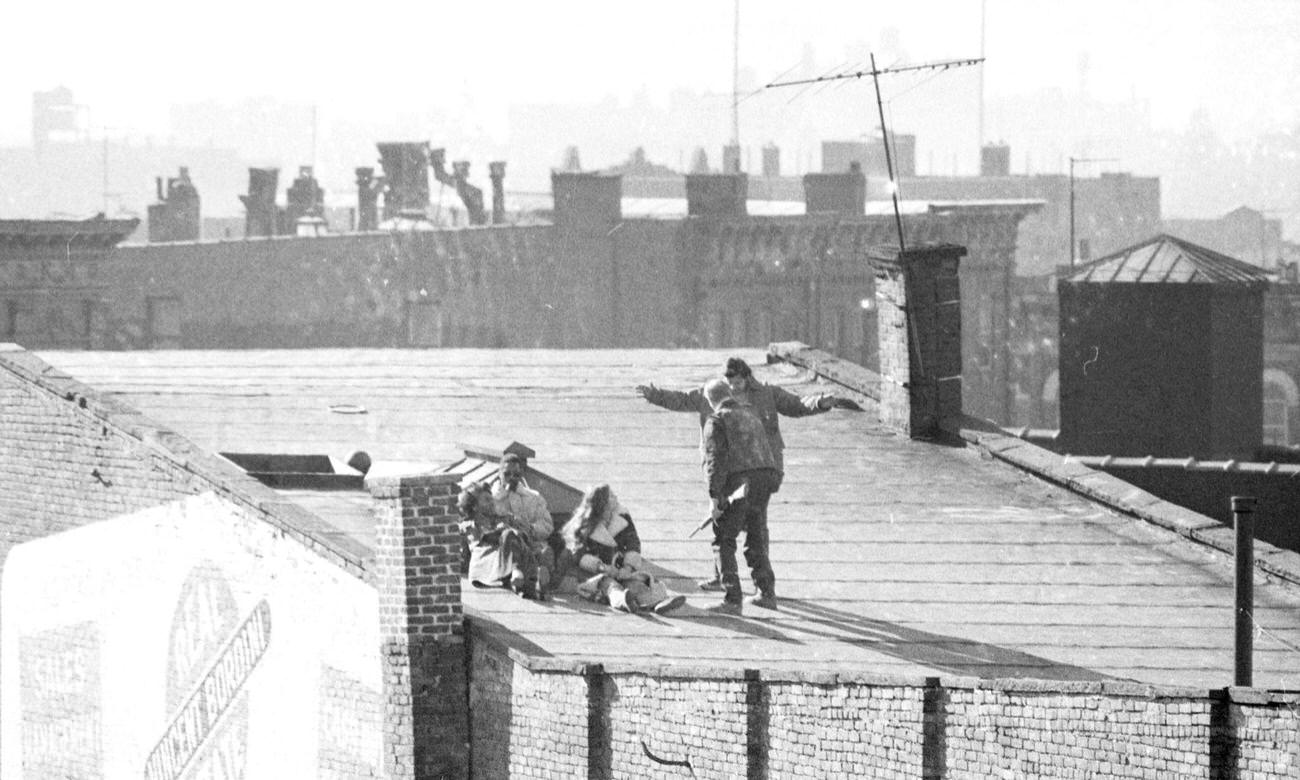
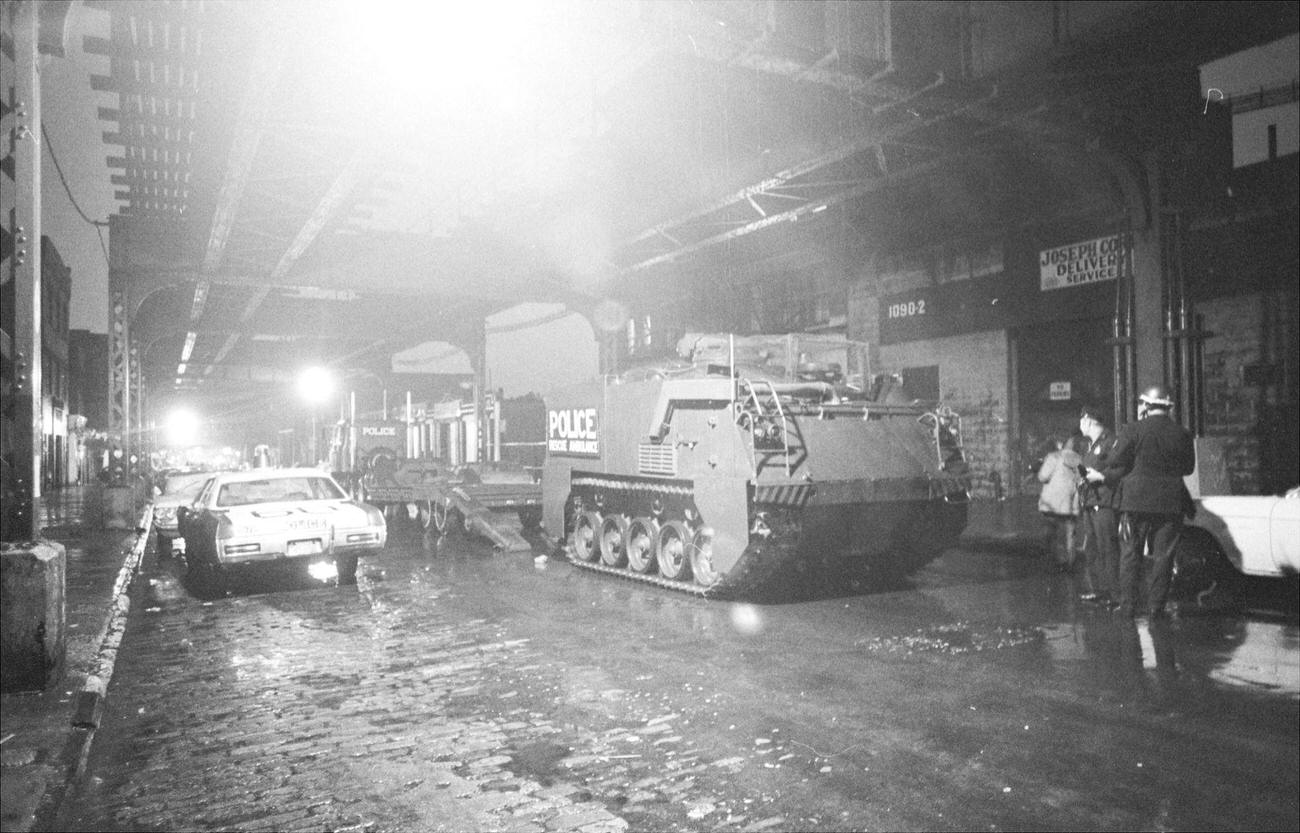

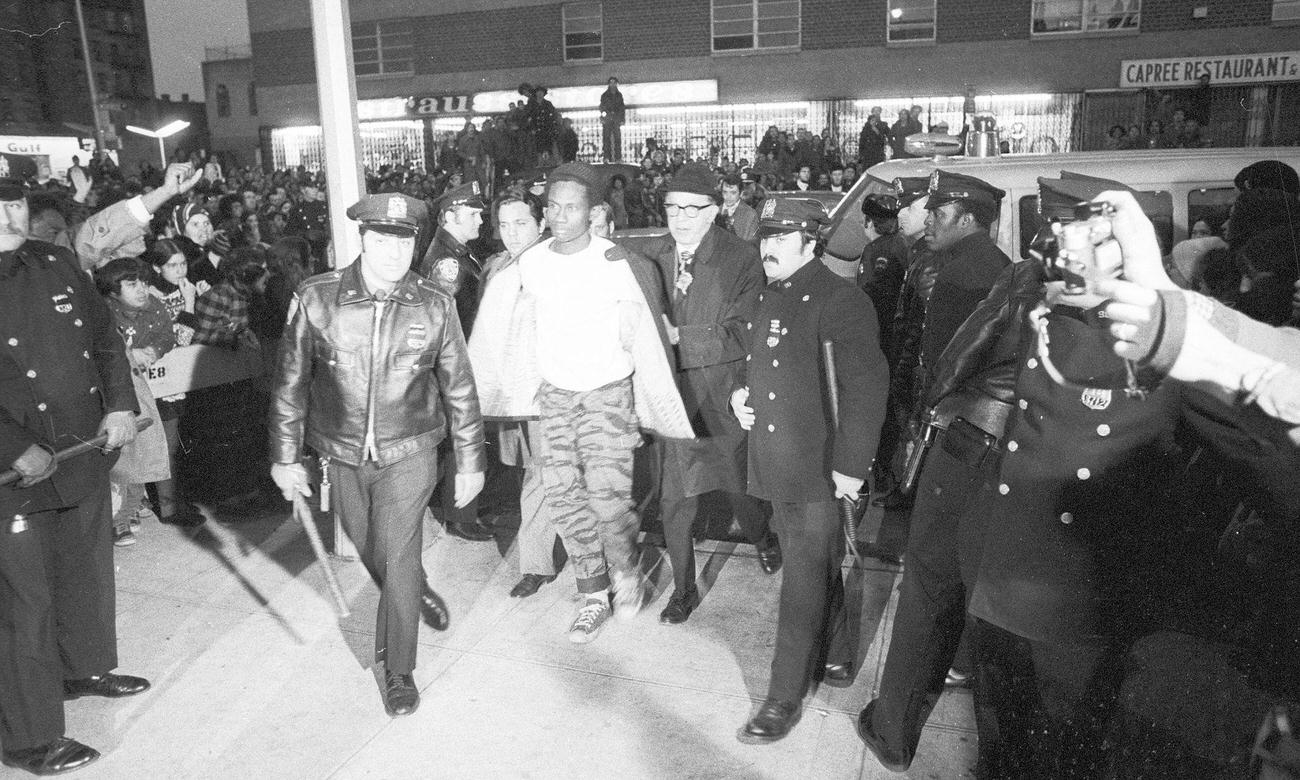
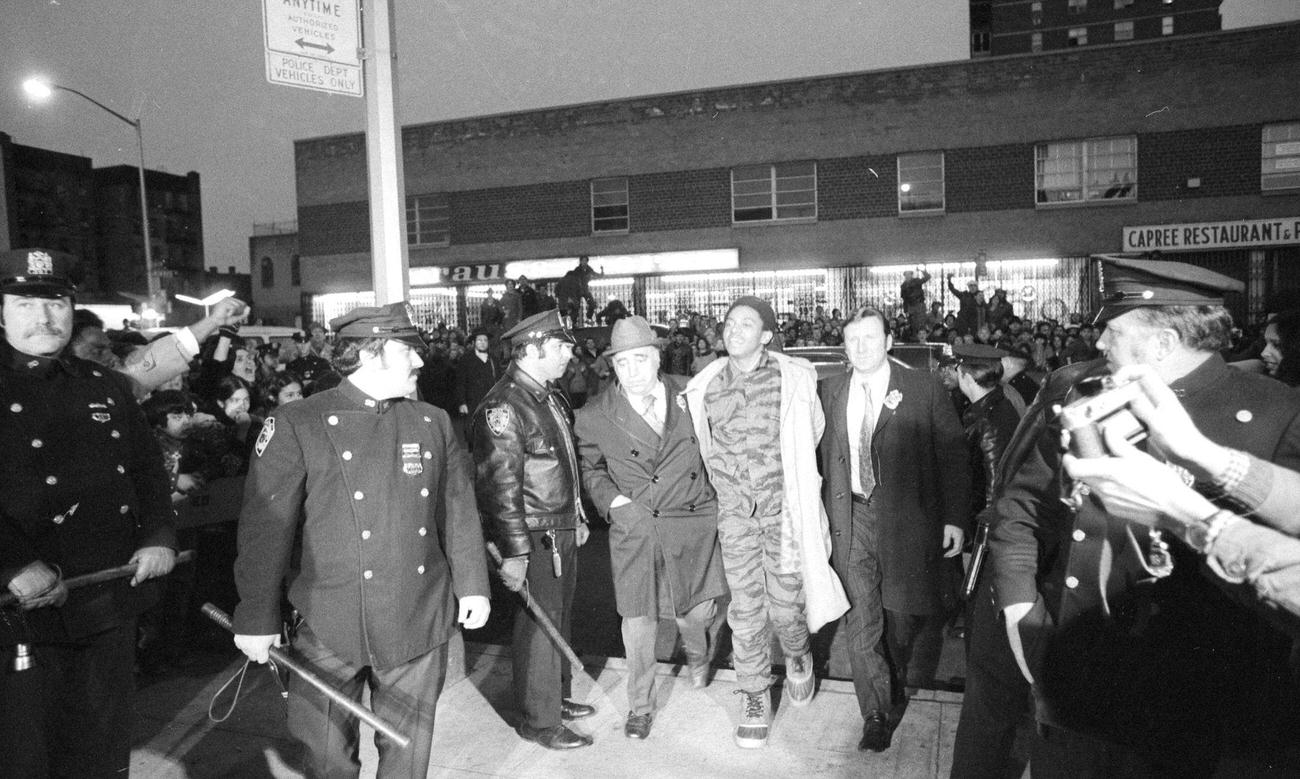
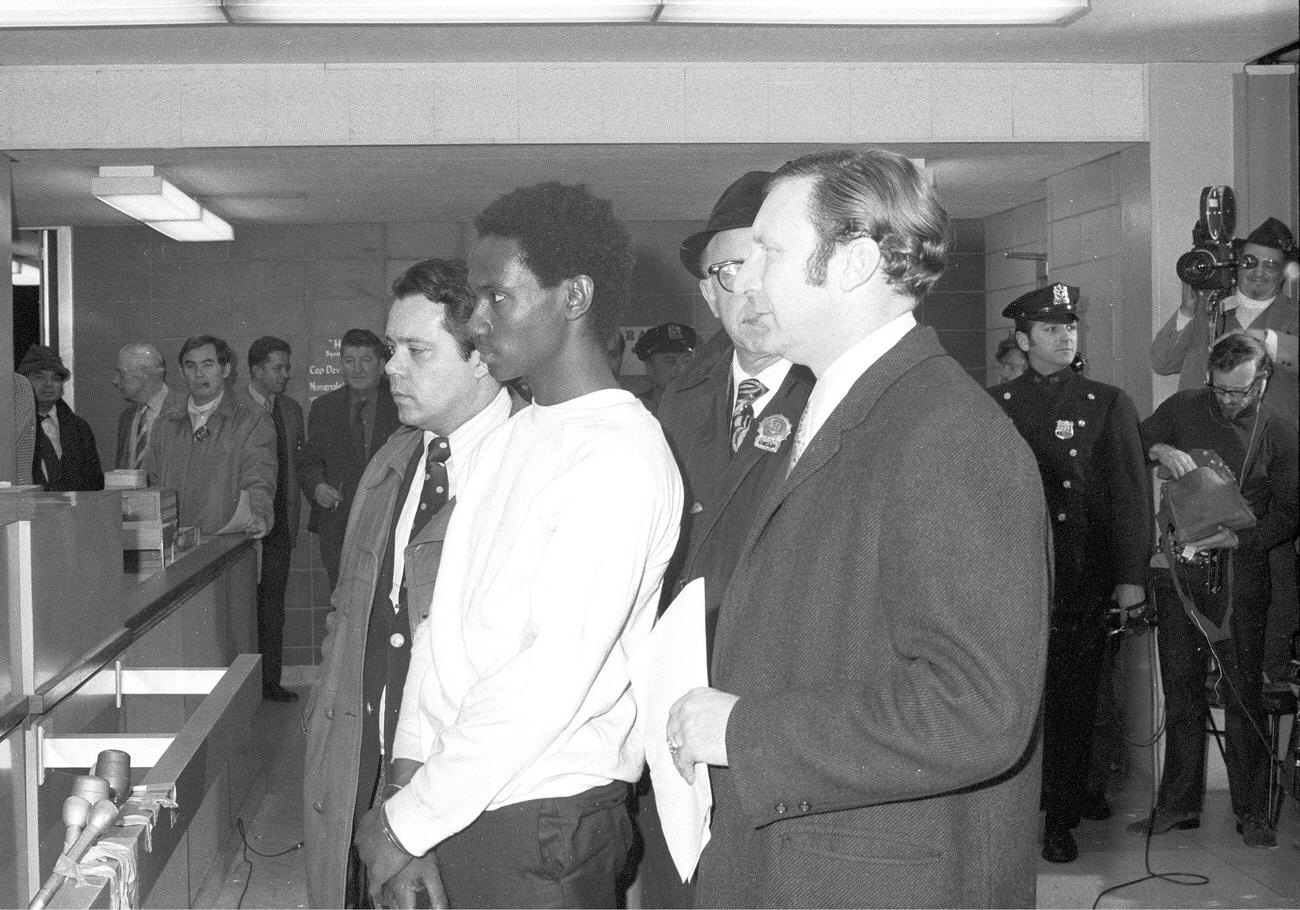
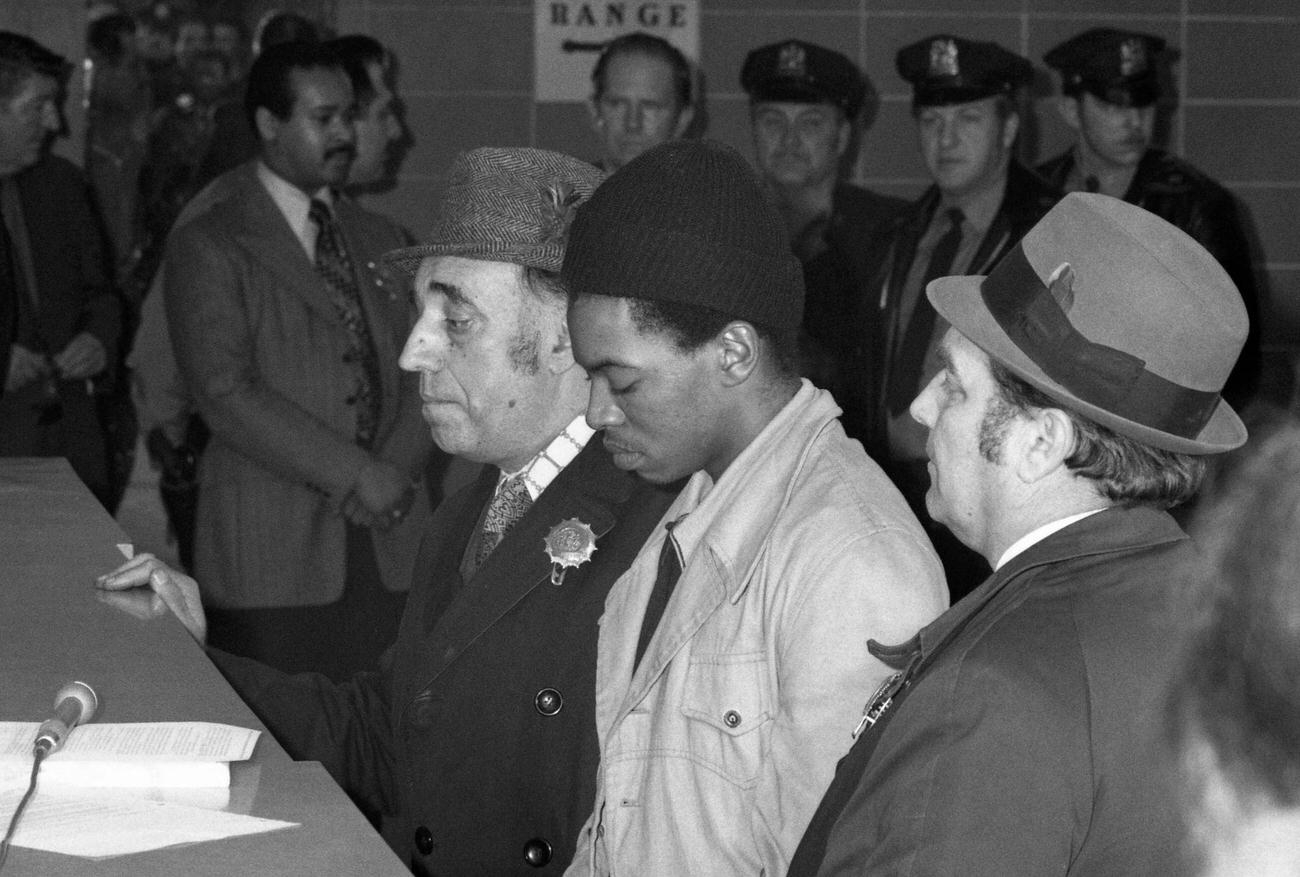
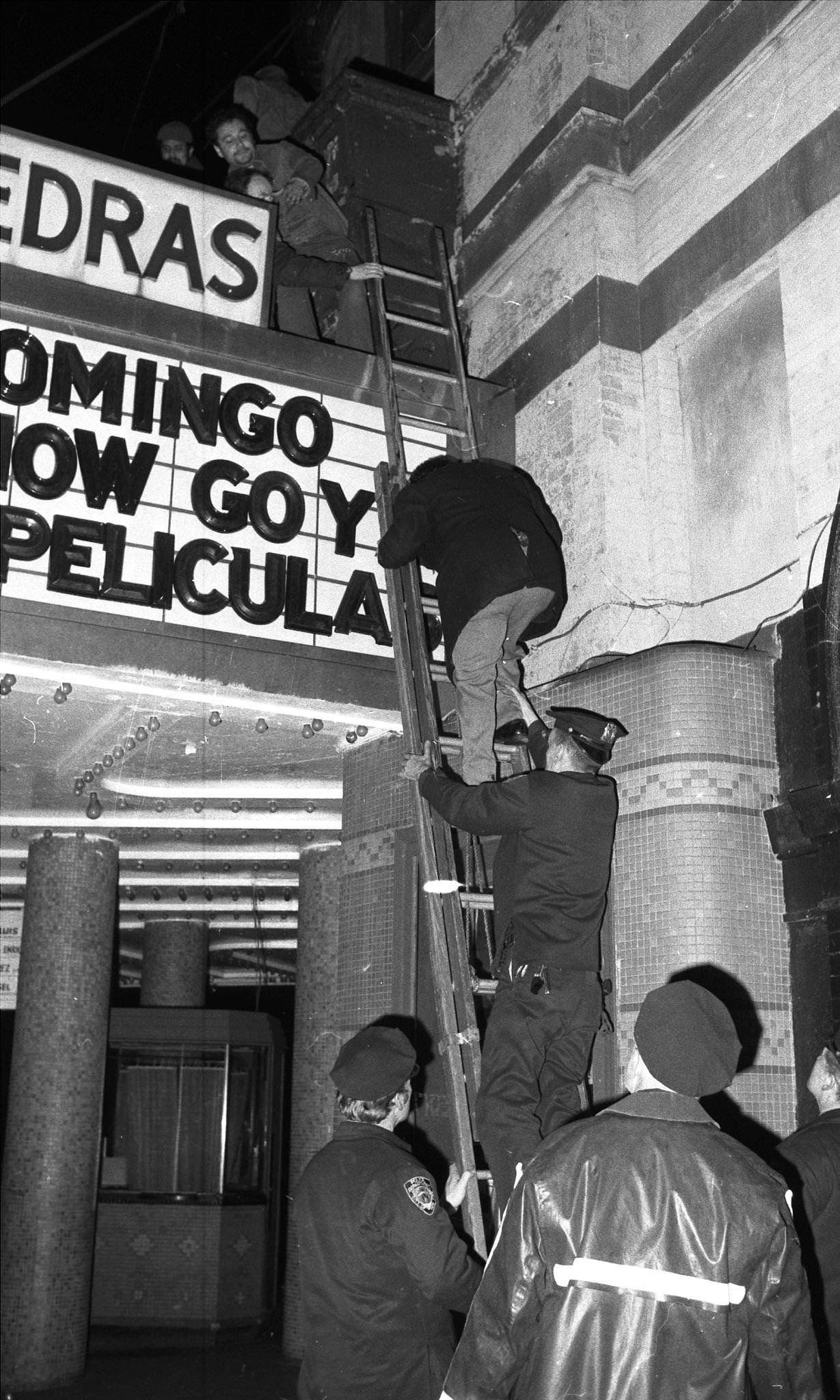

GIPHY App Key not set. Please check settings